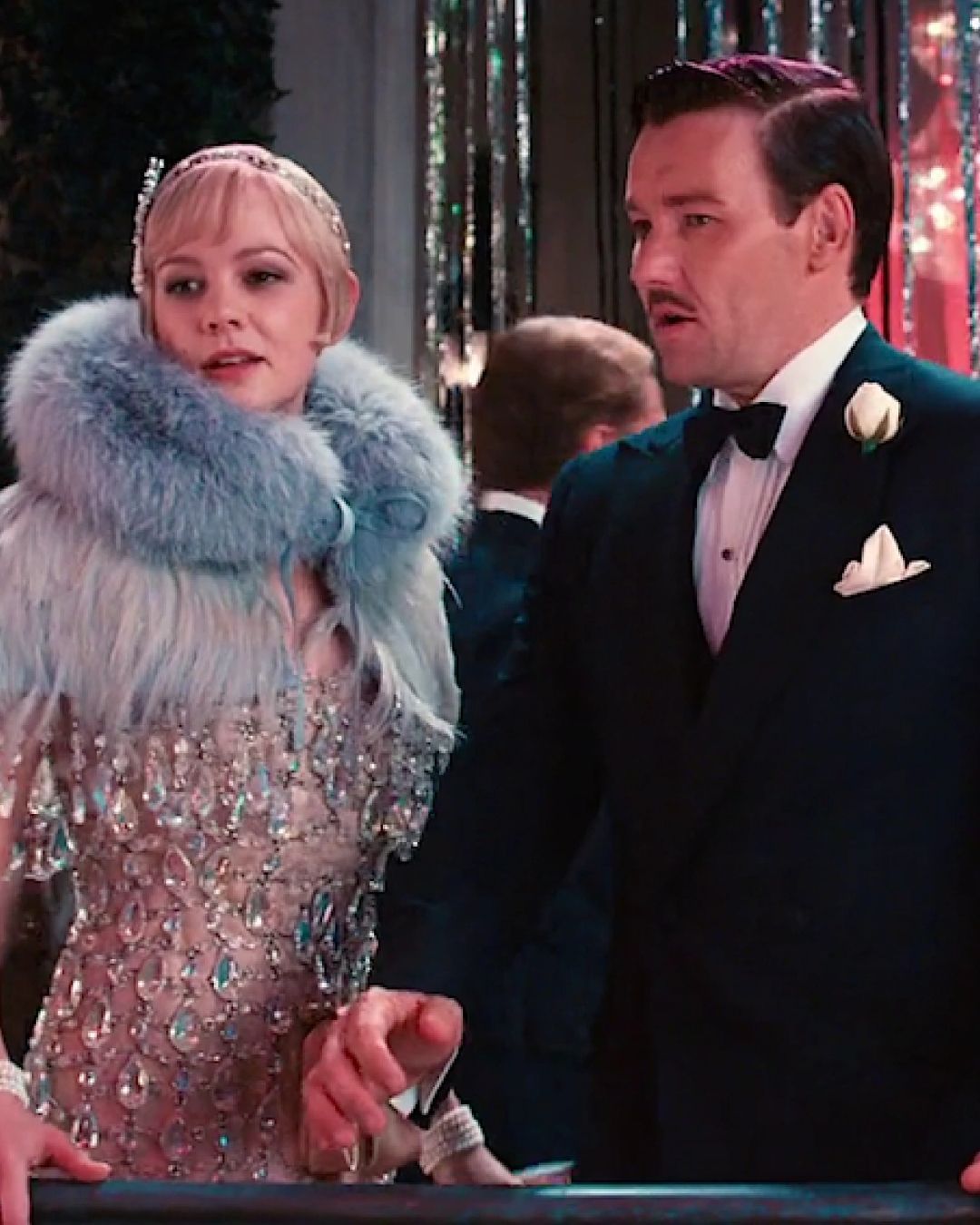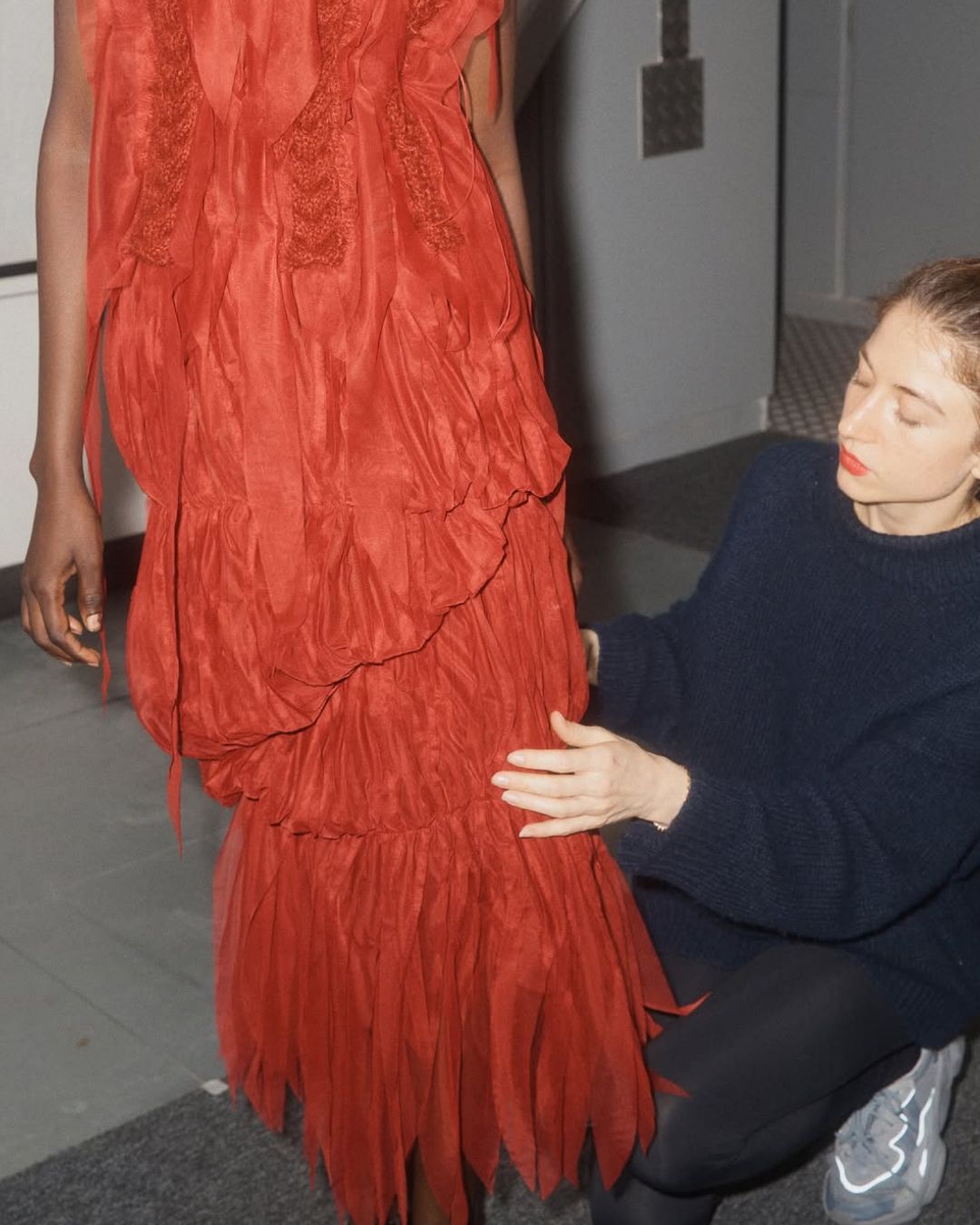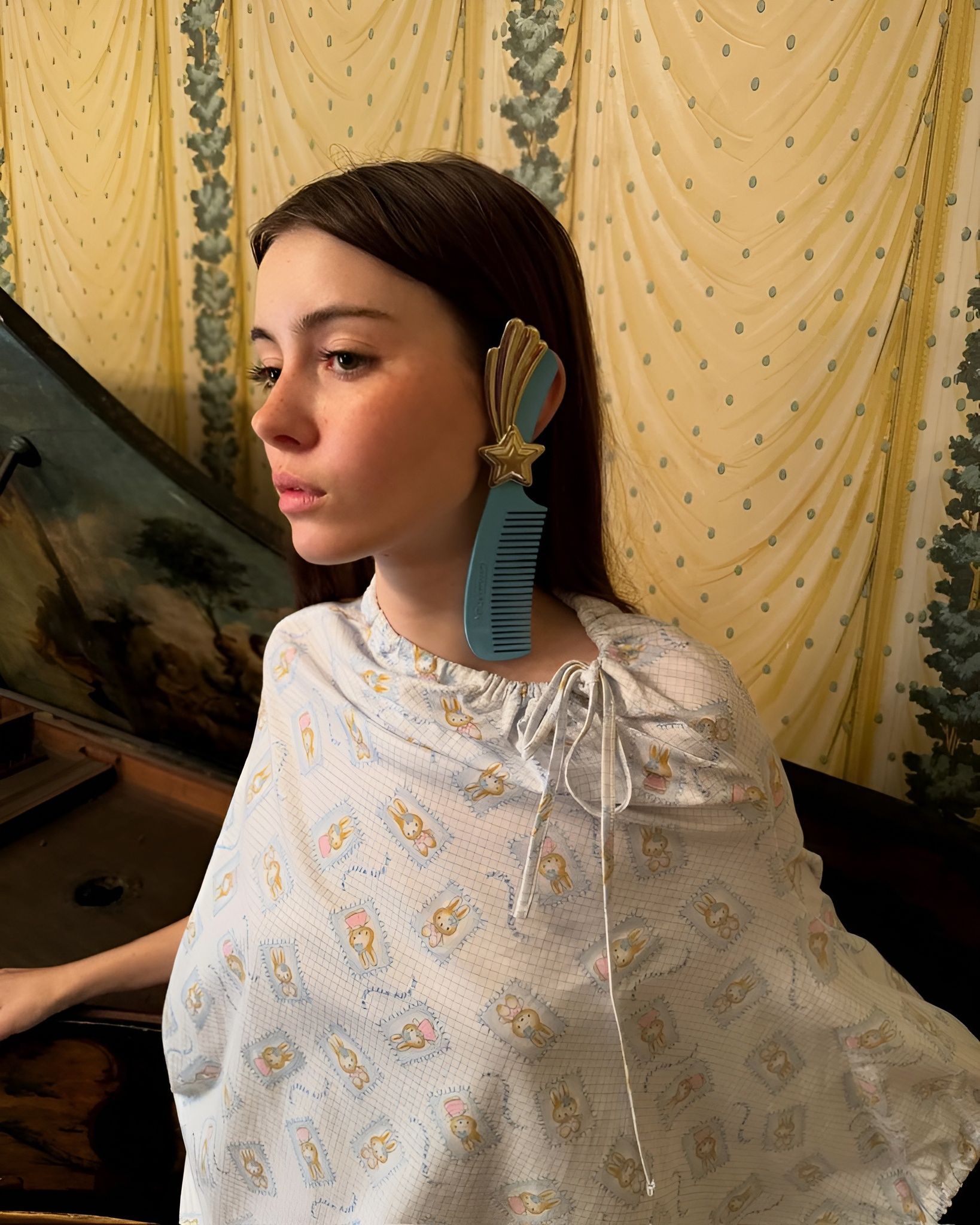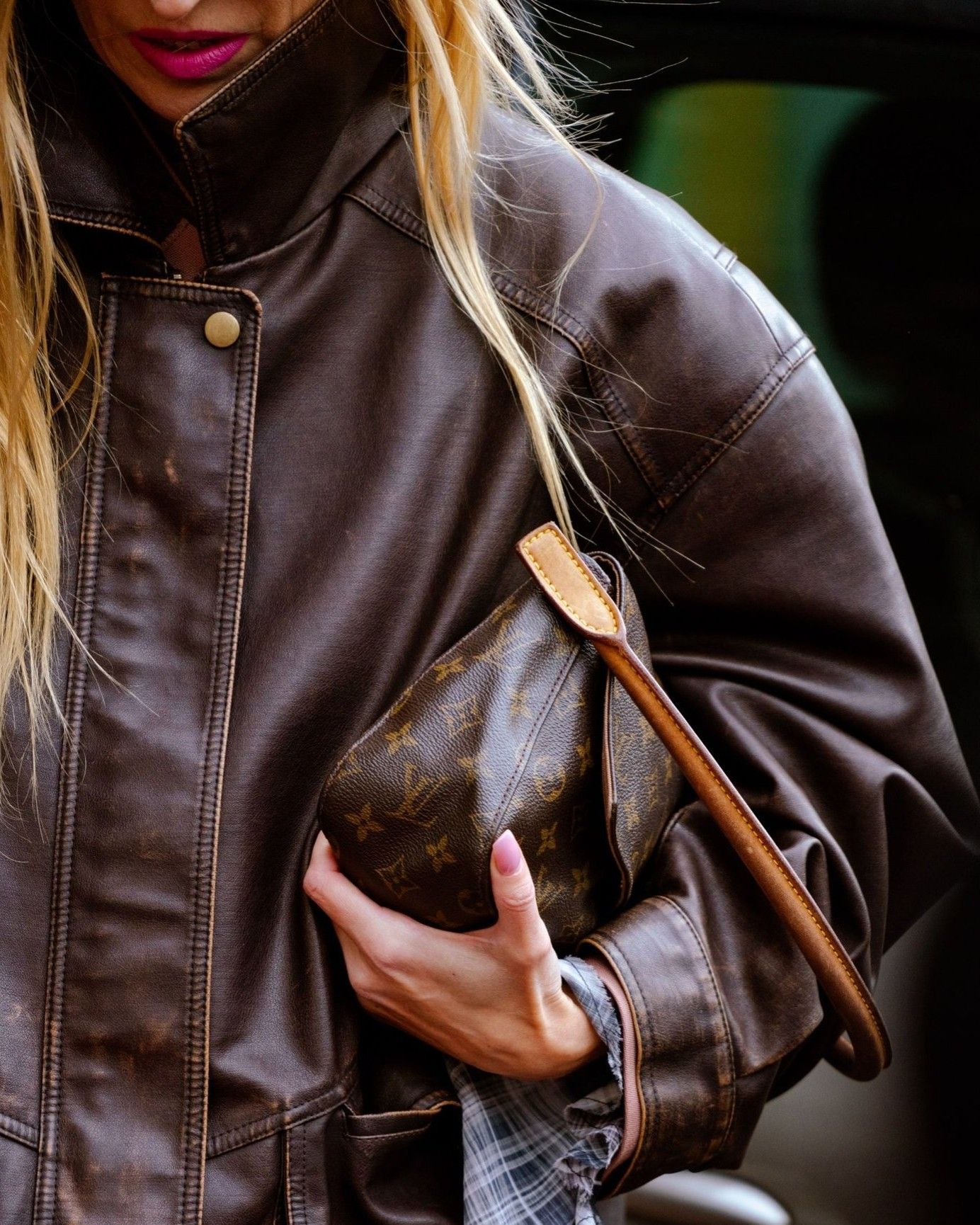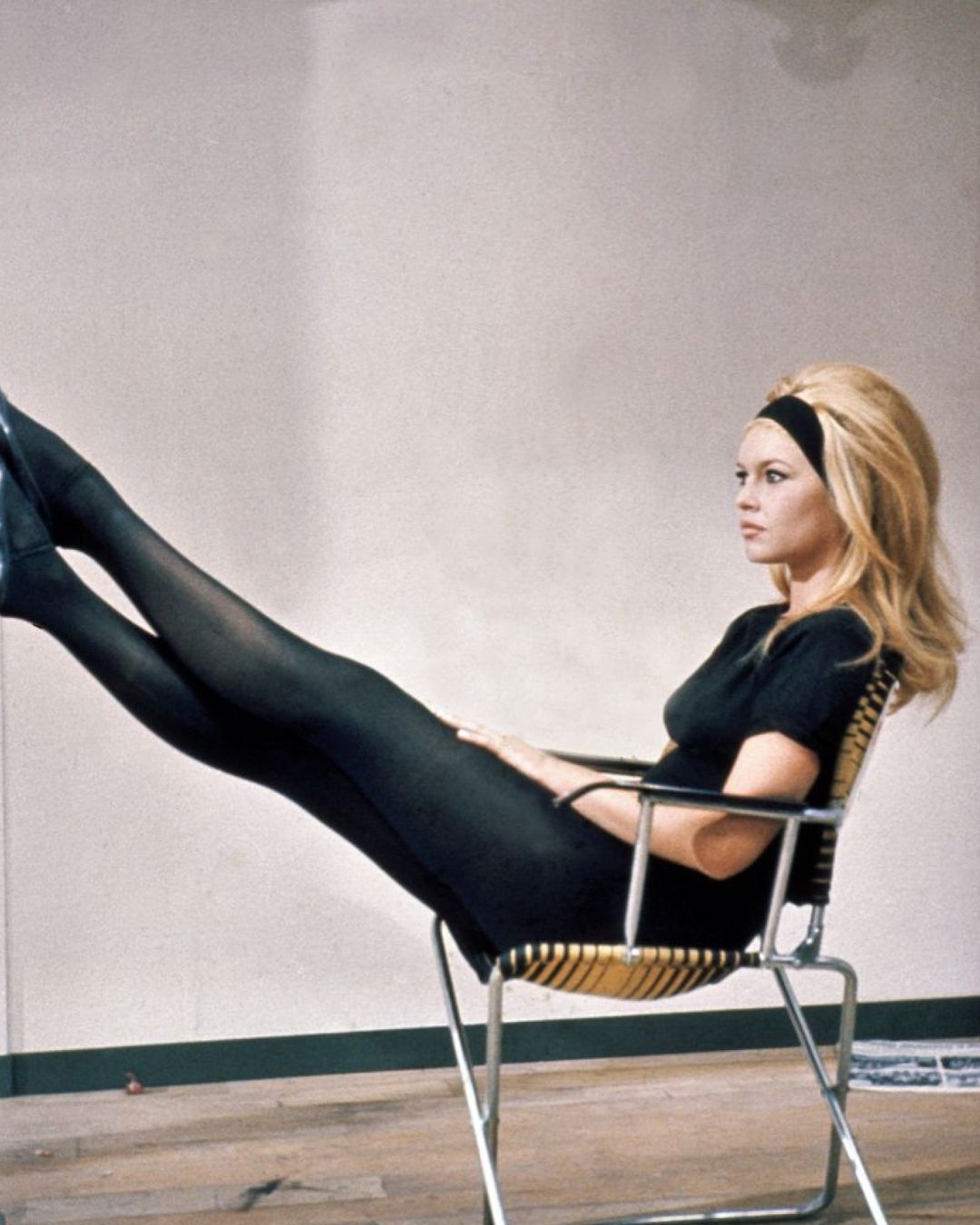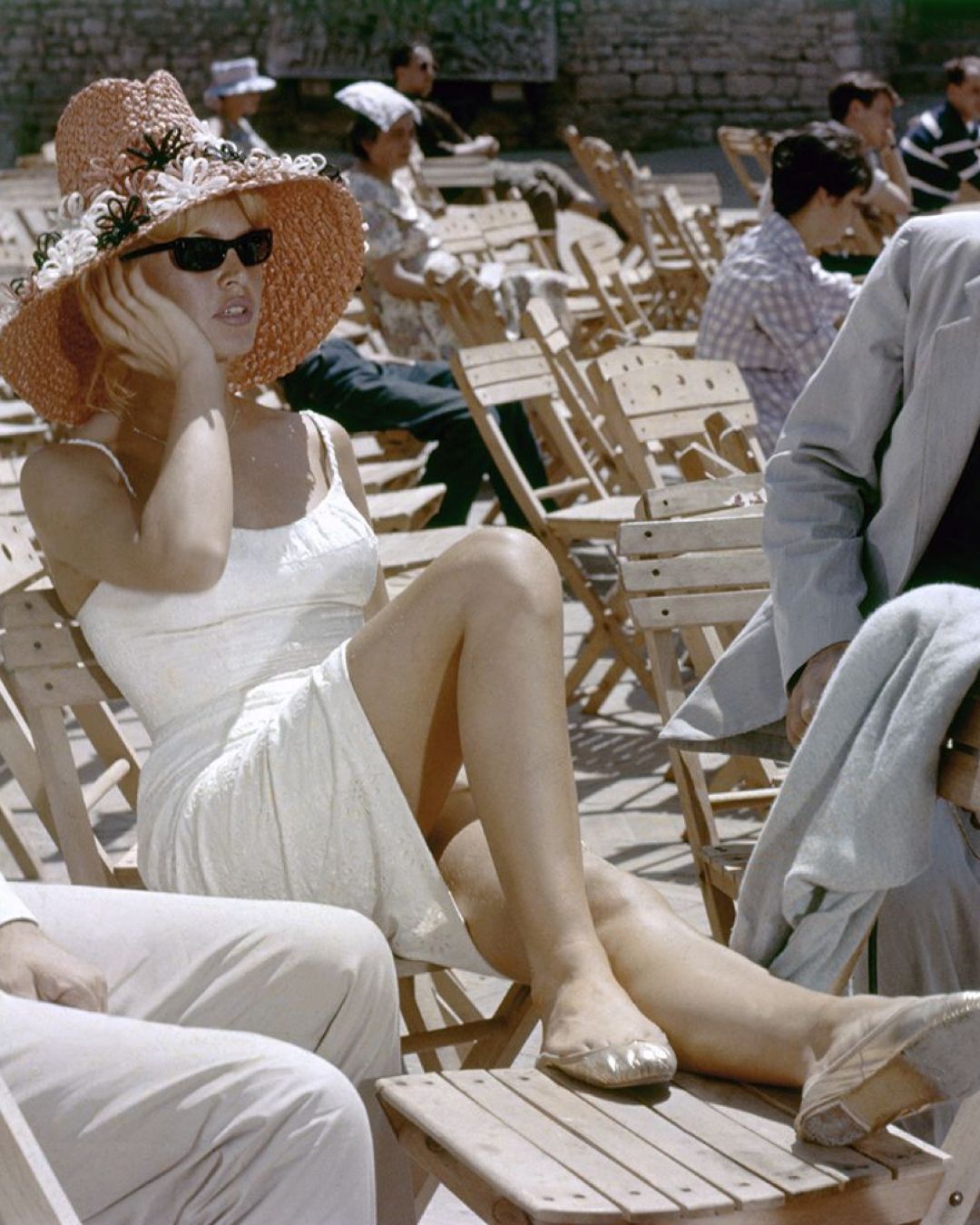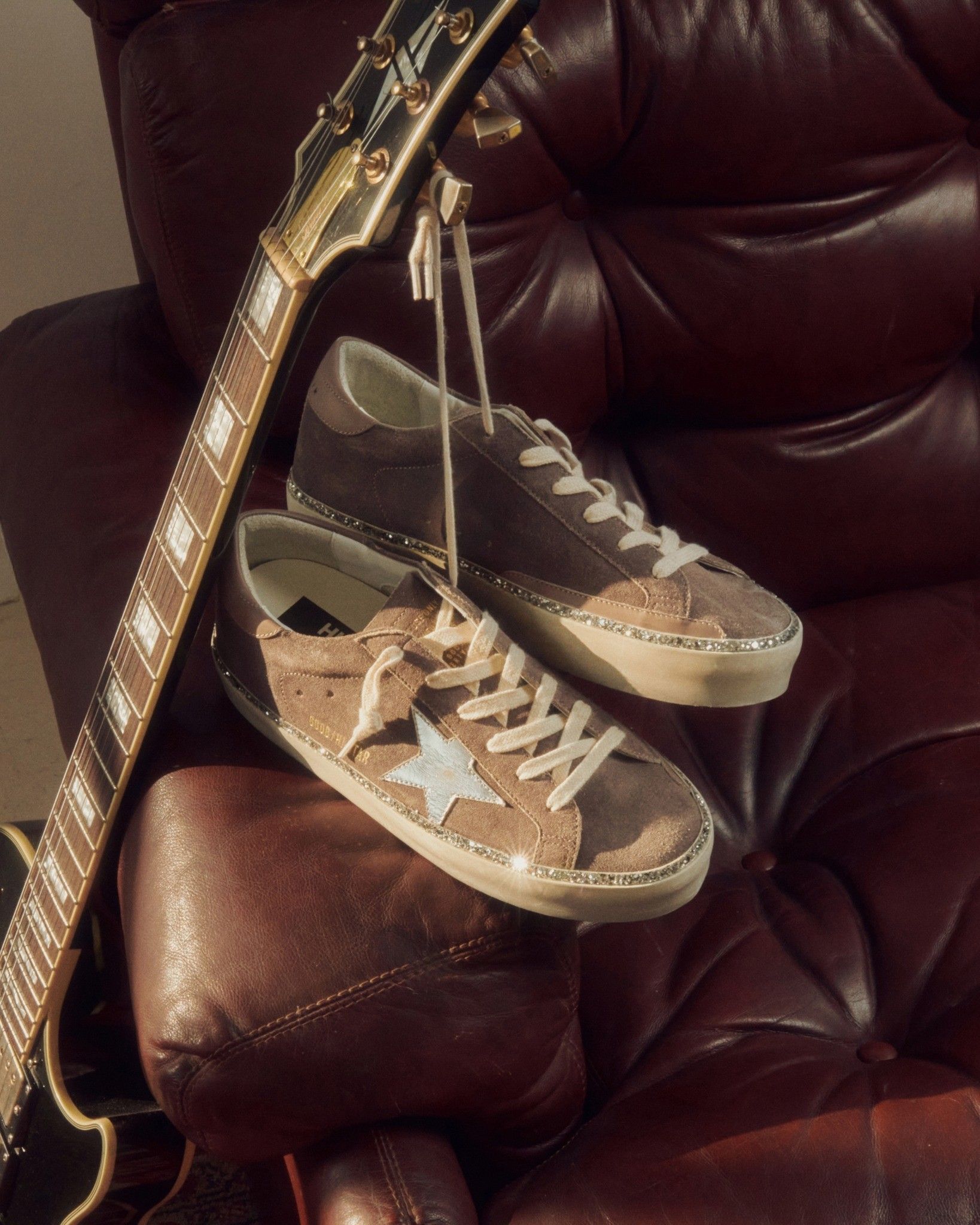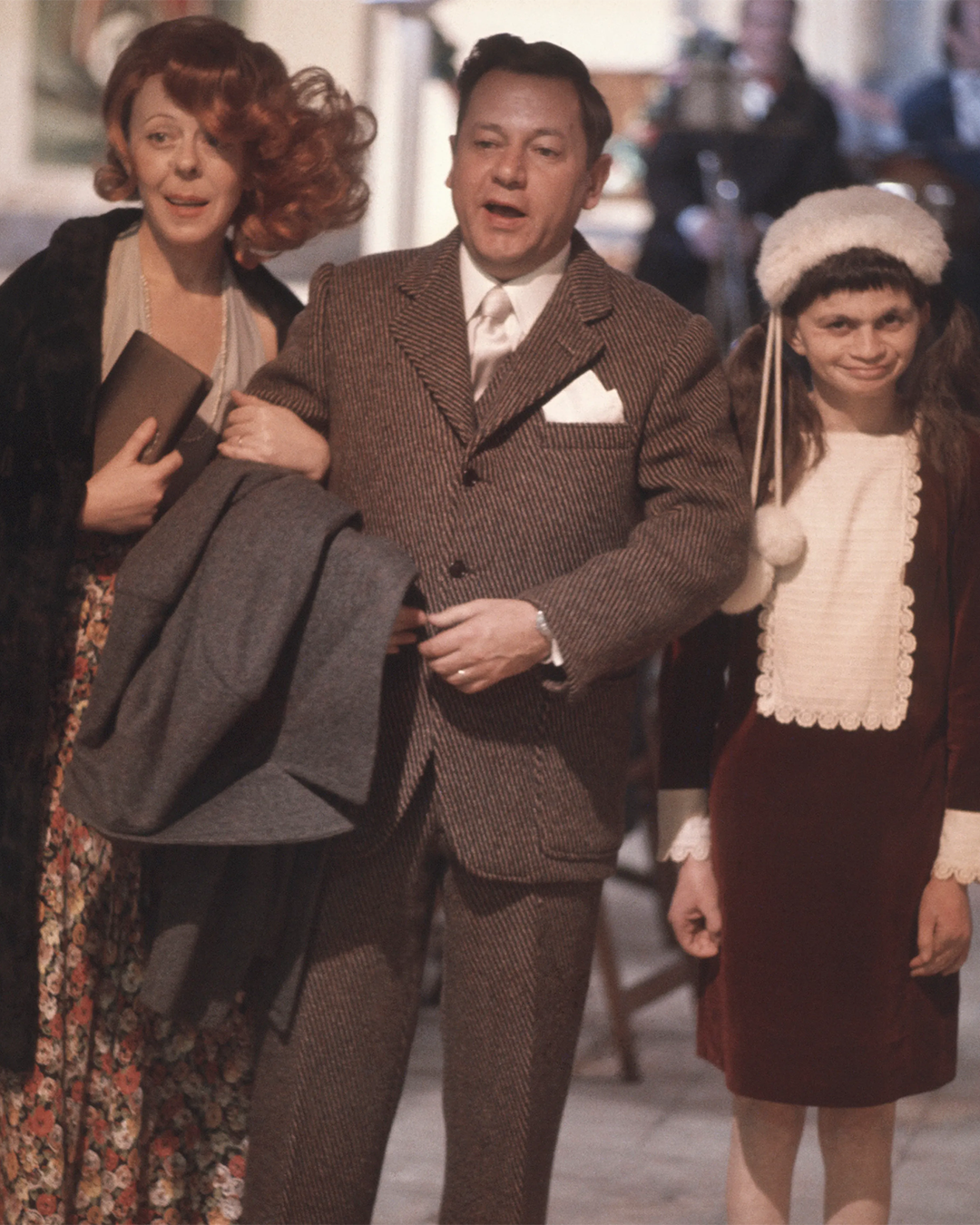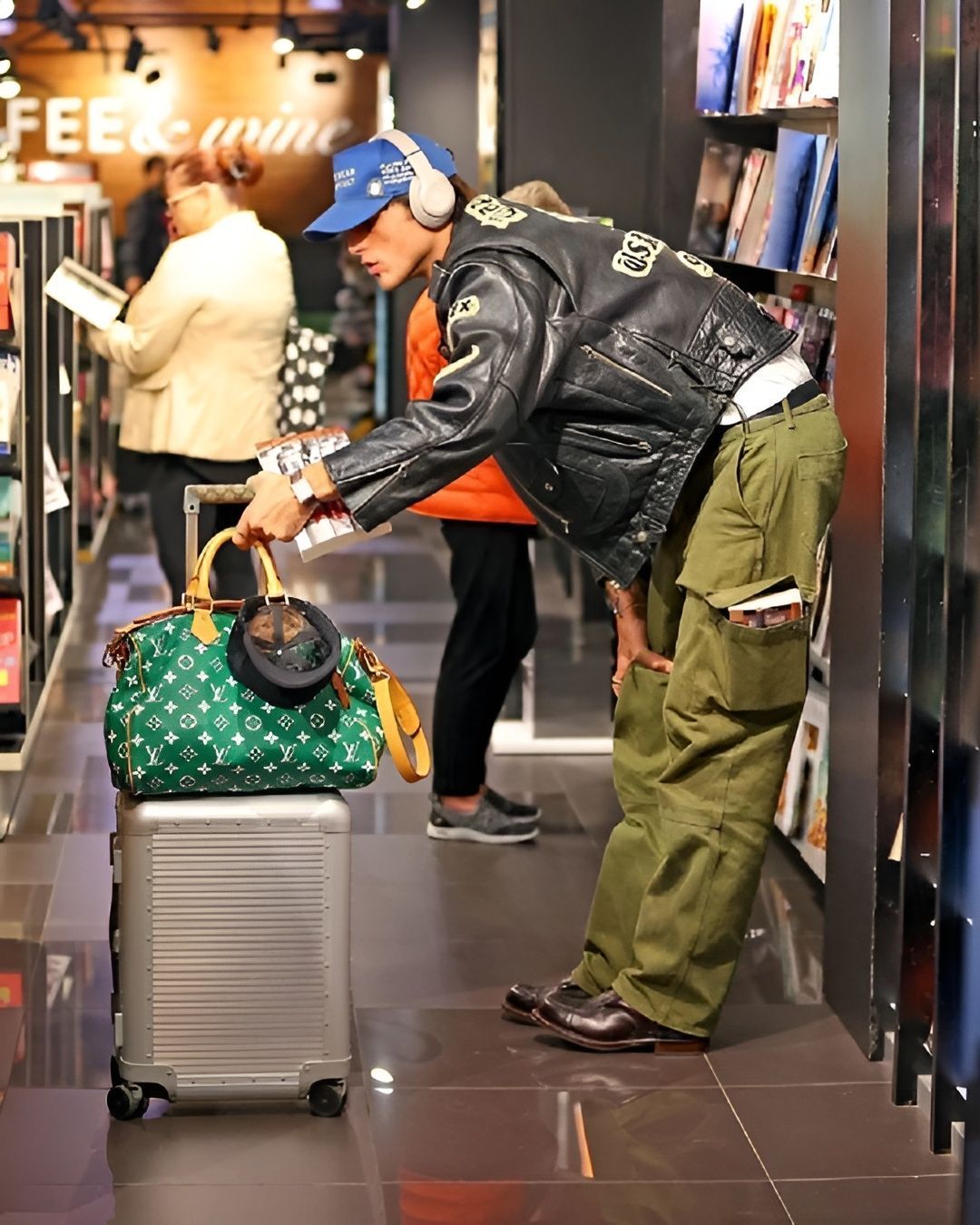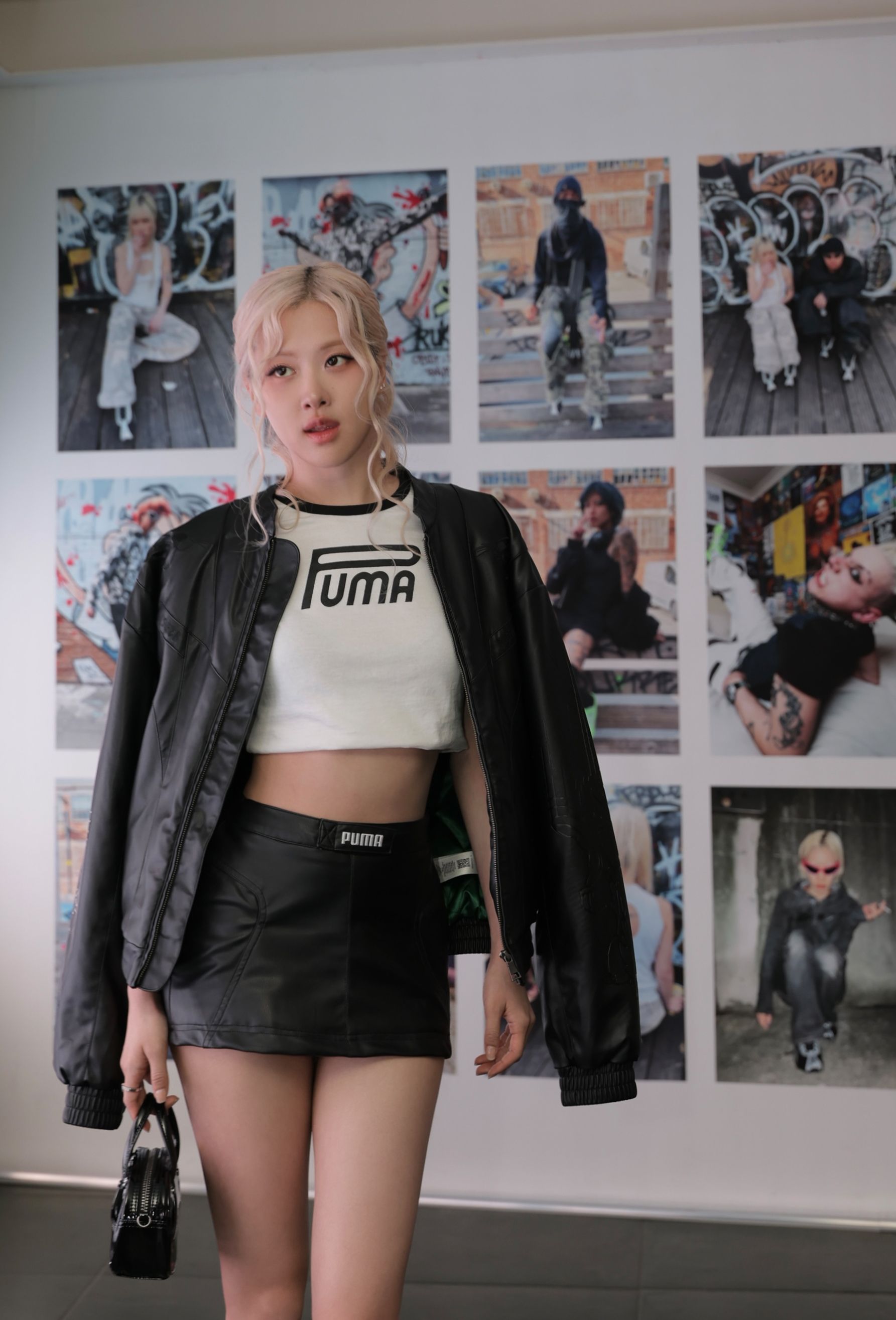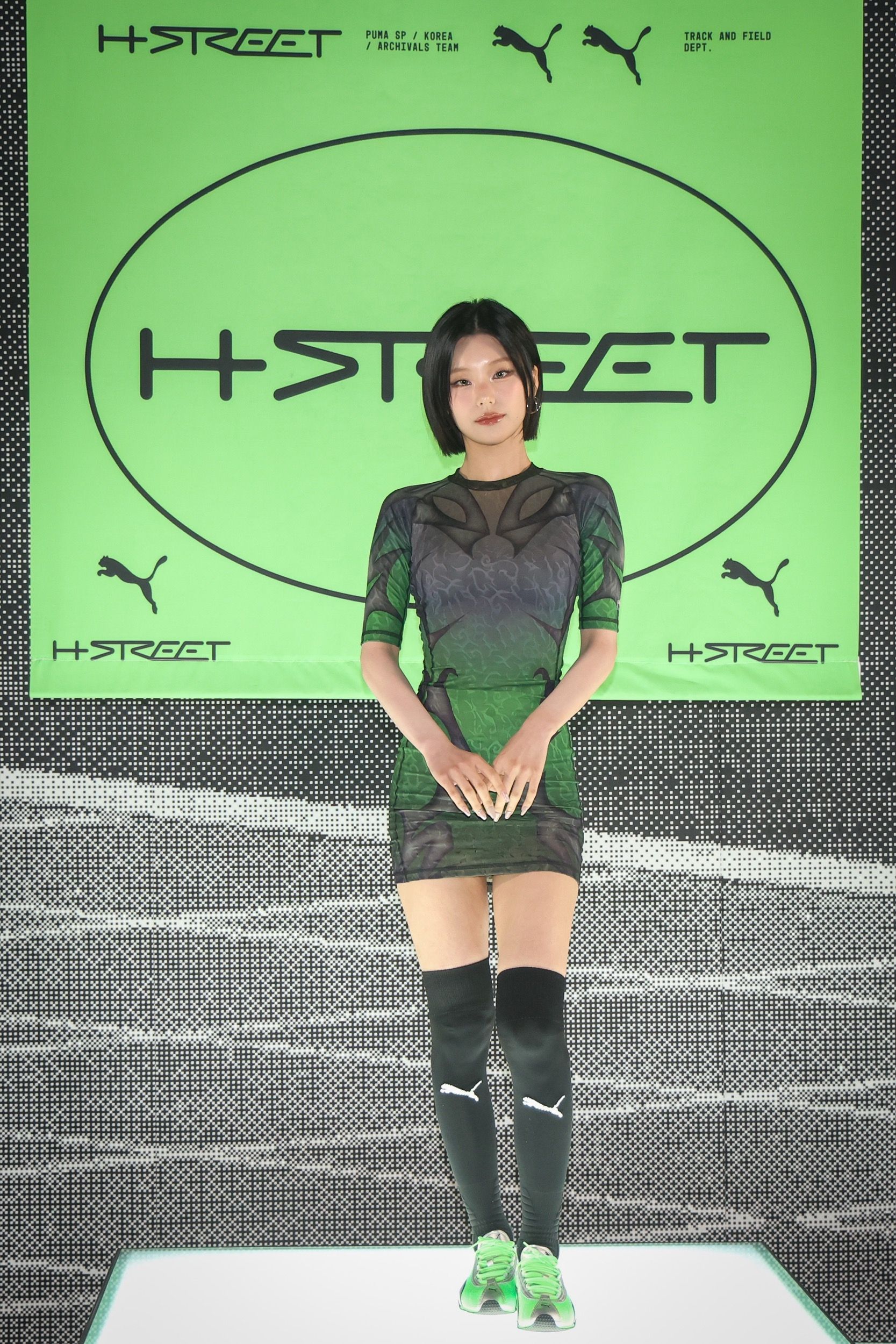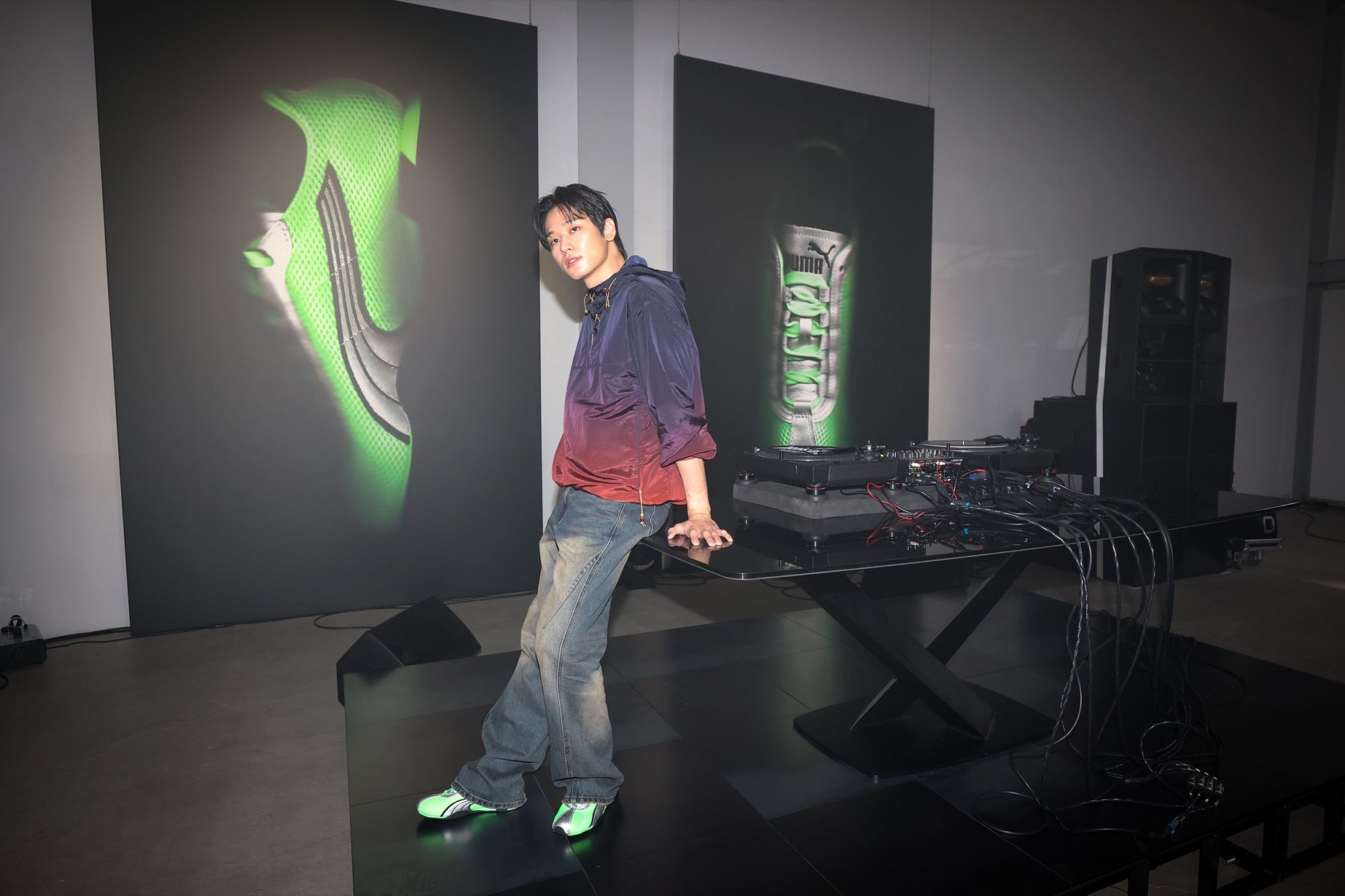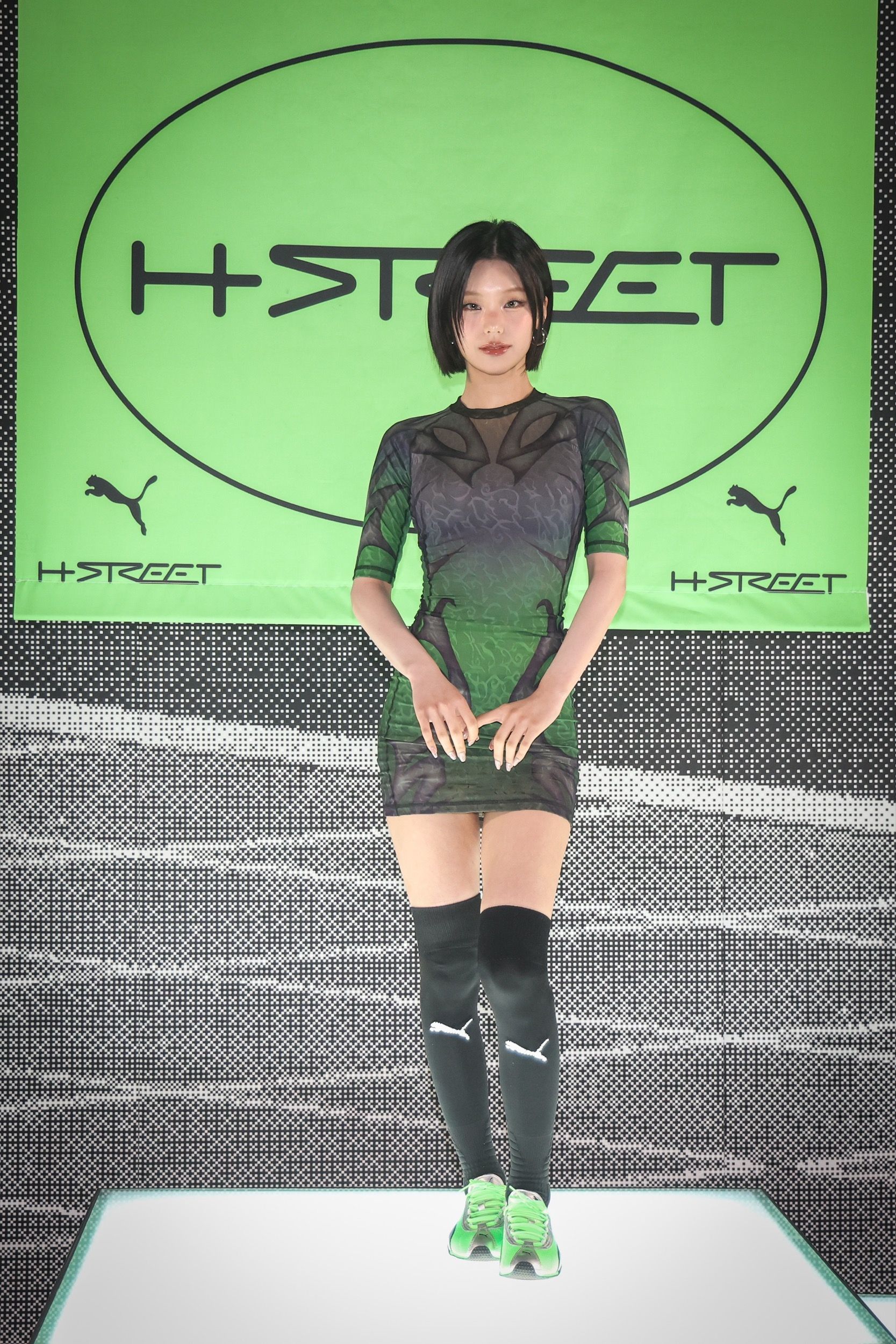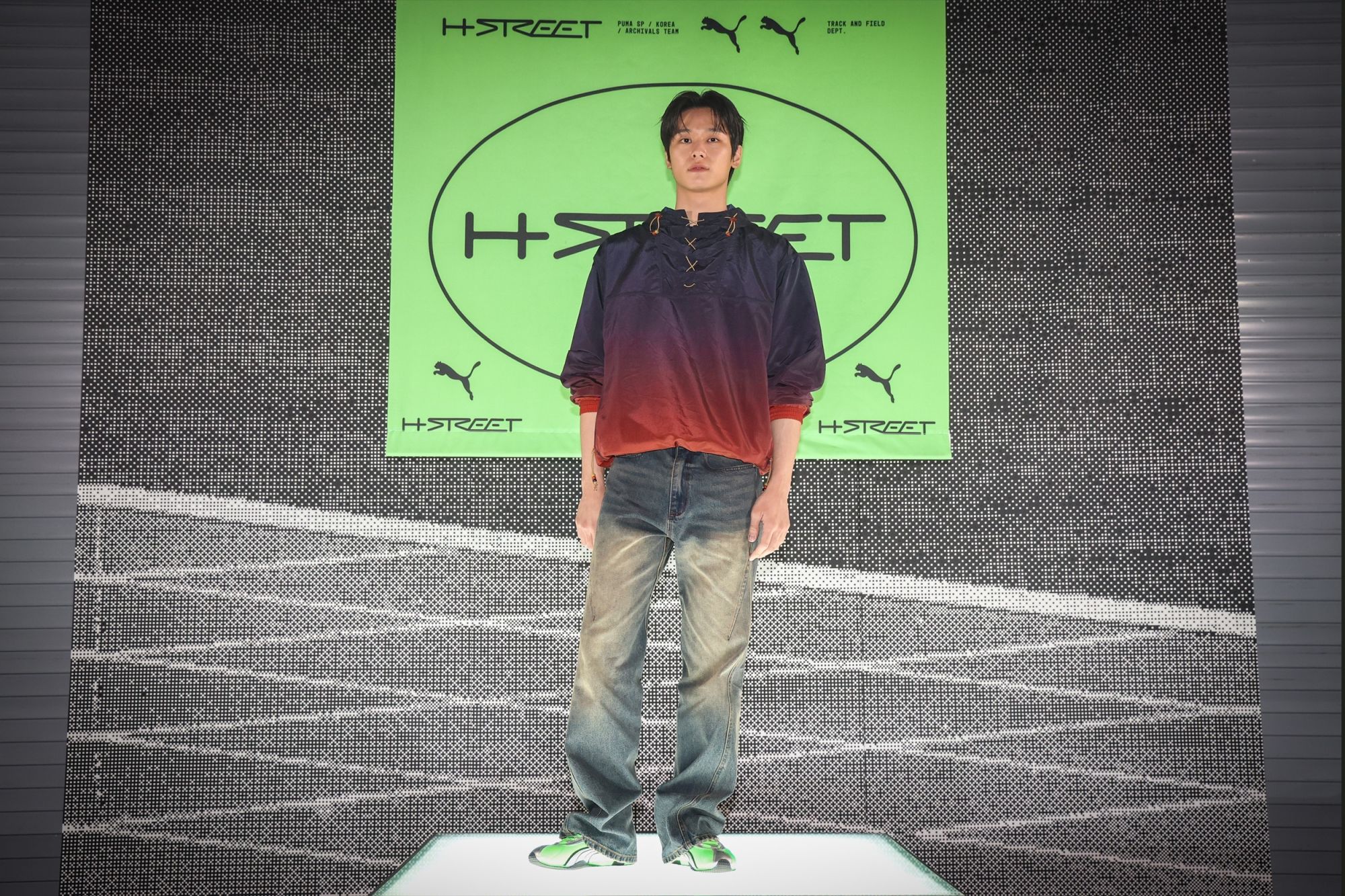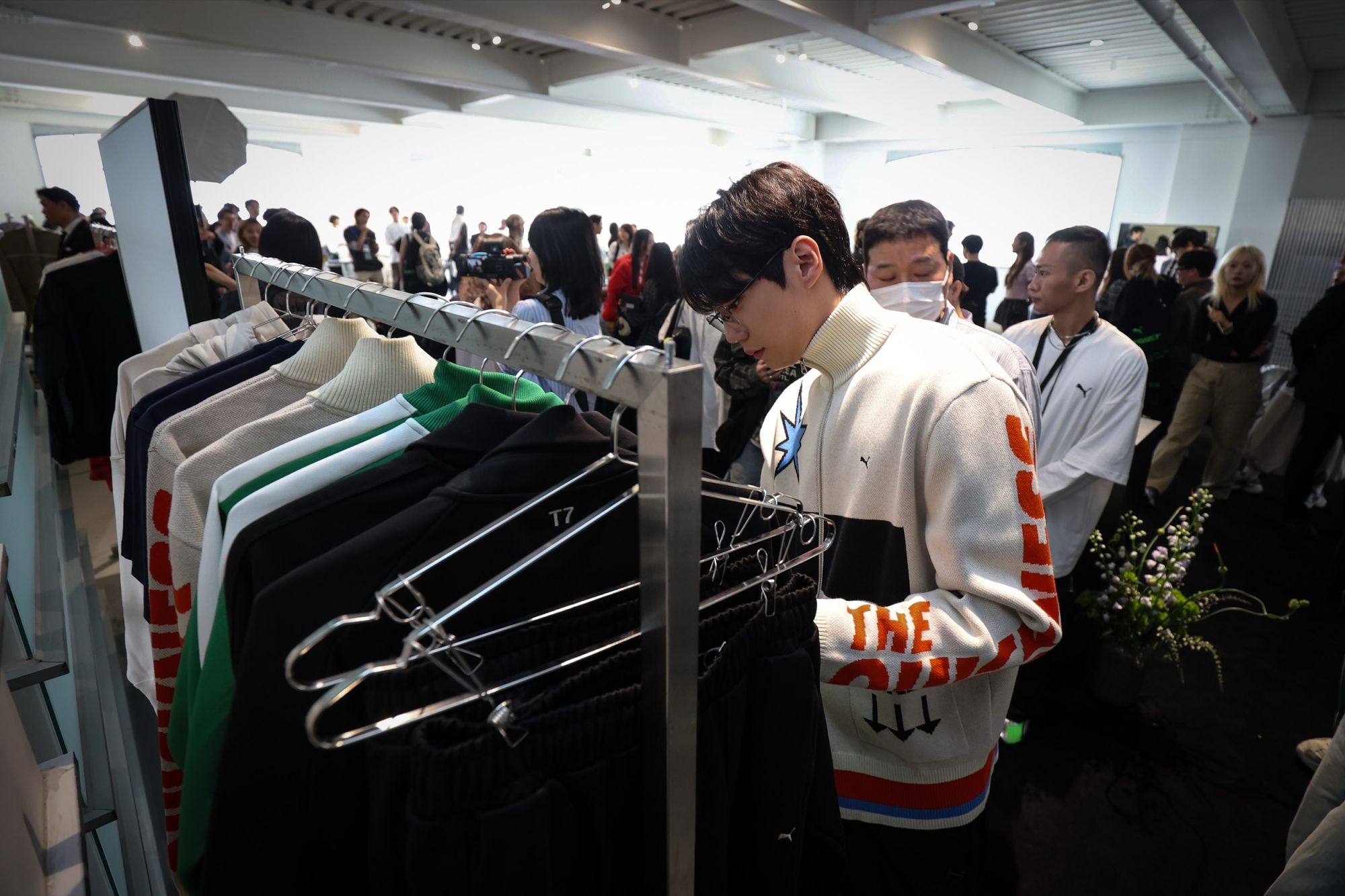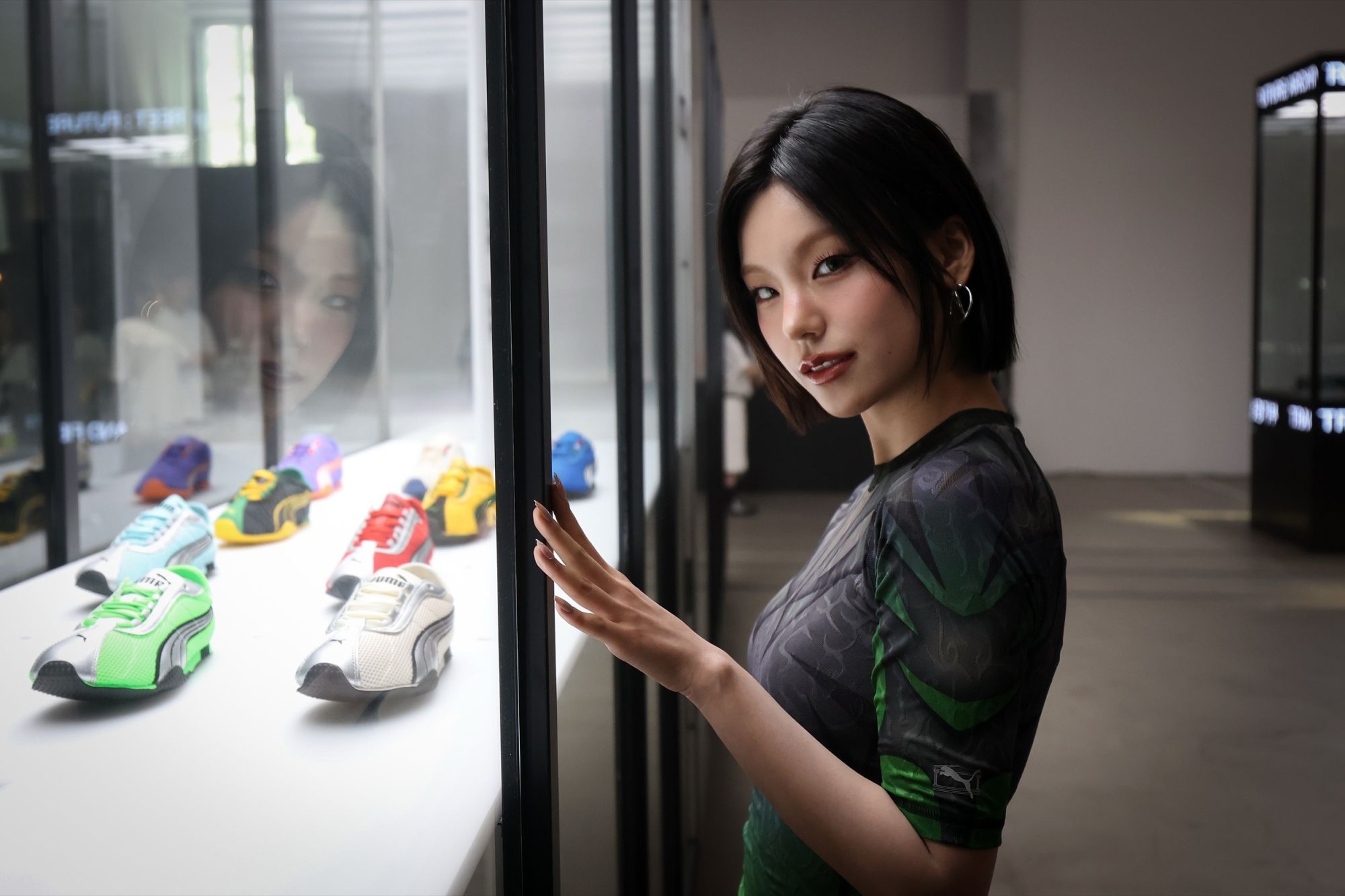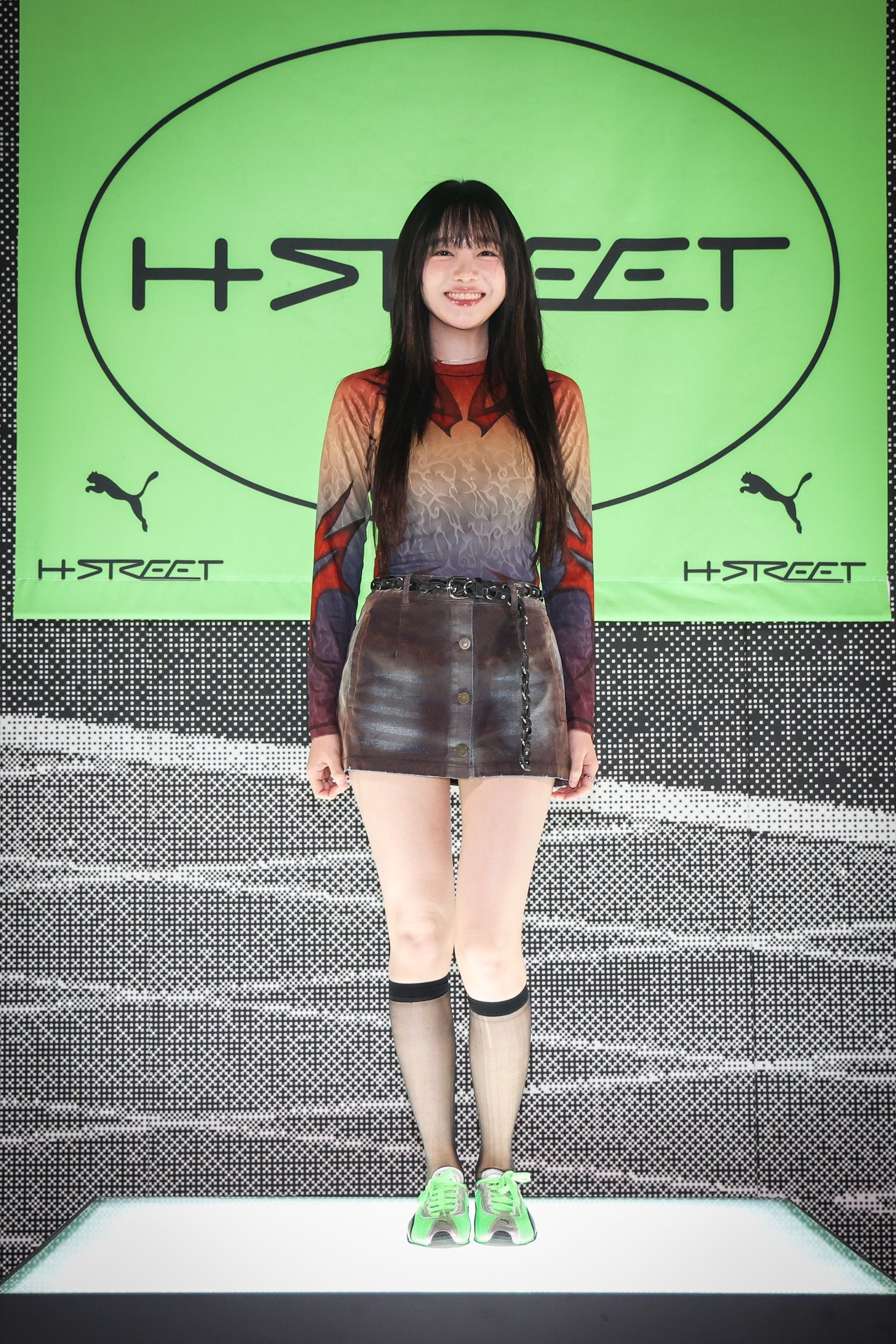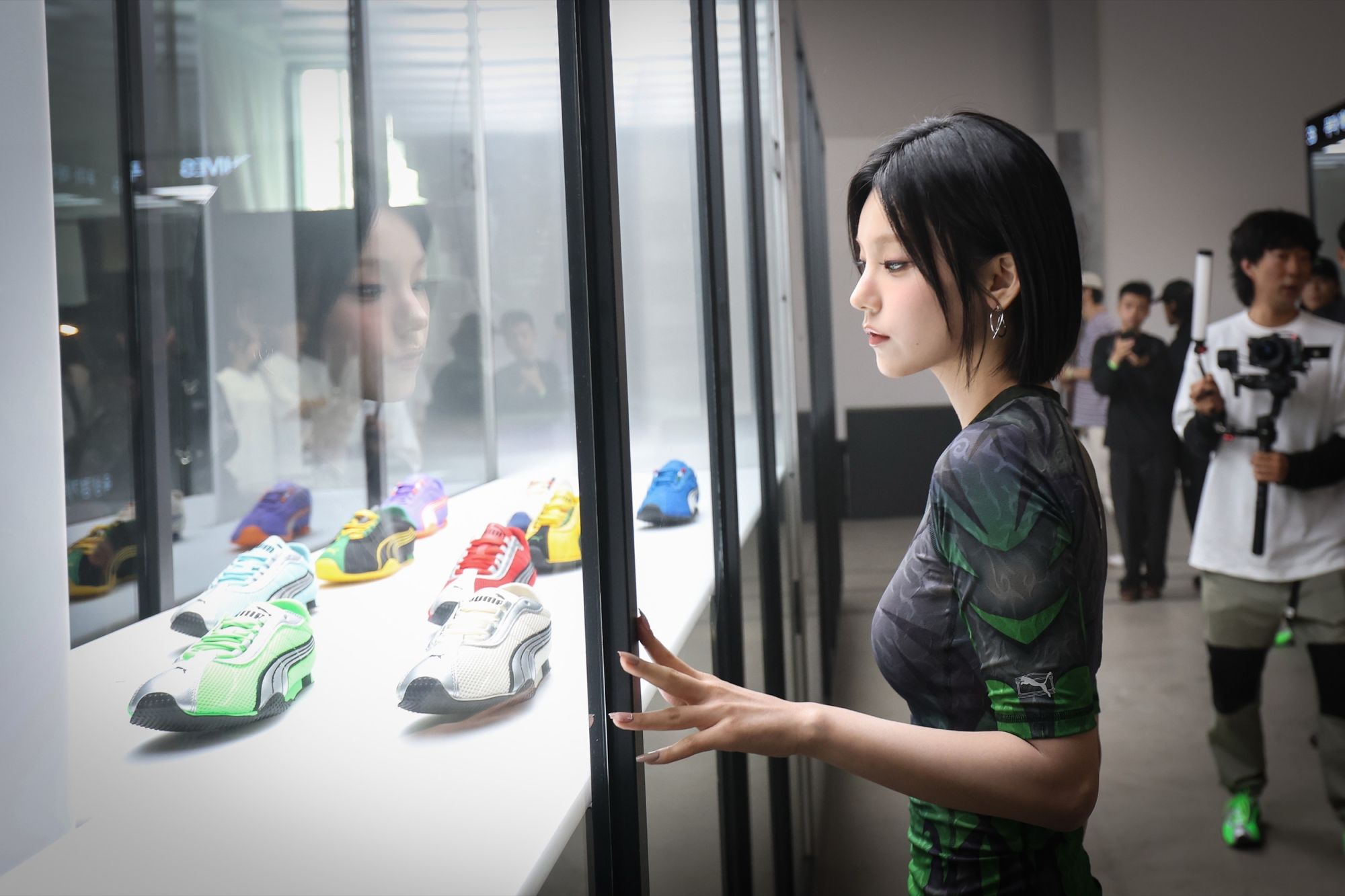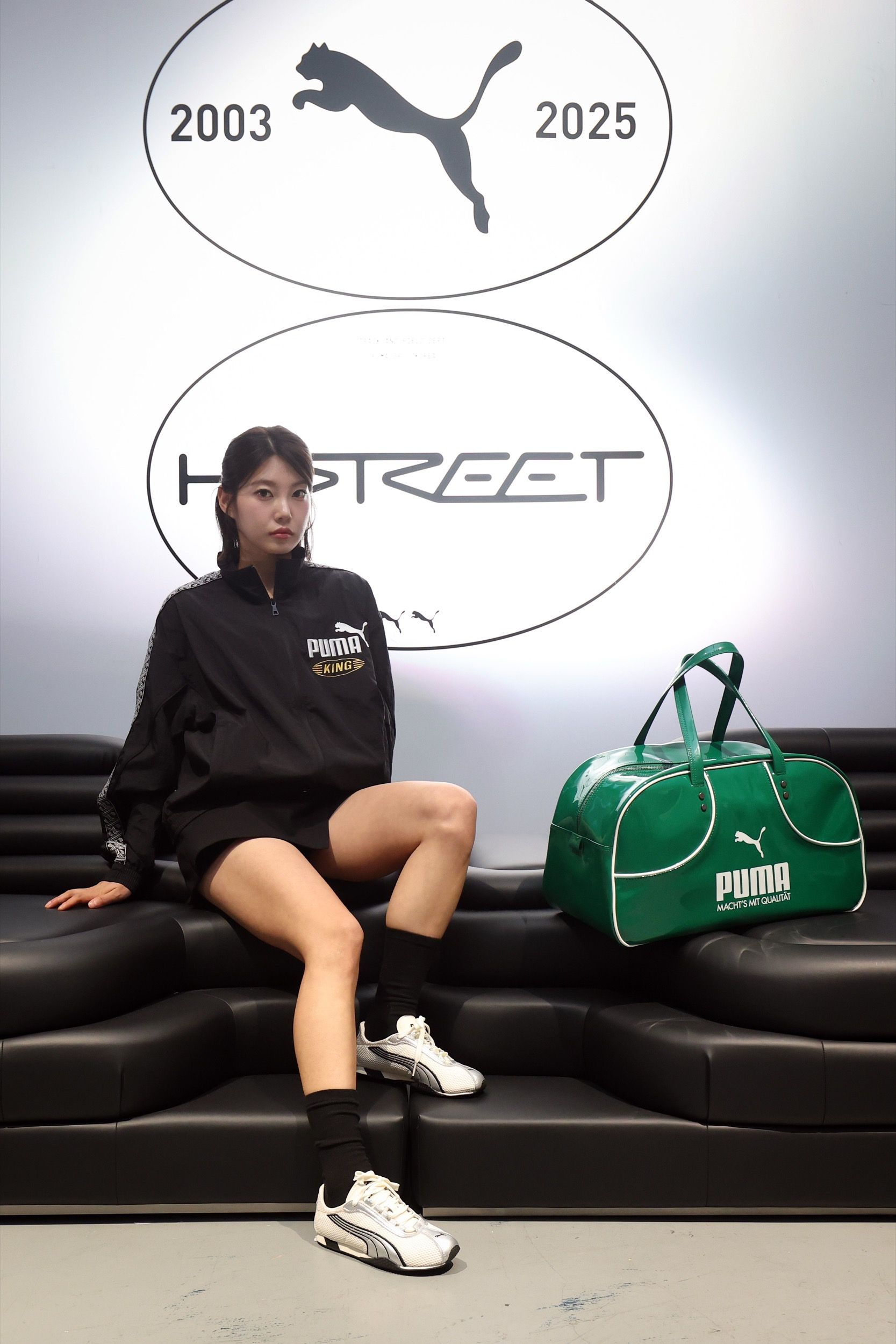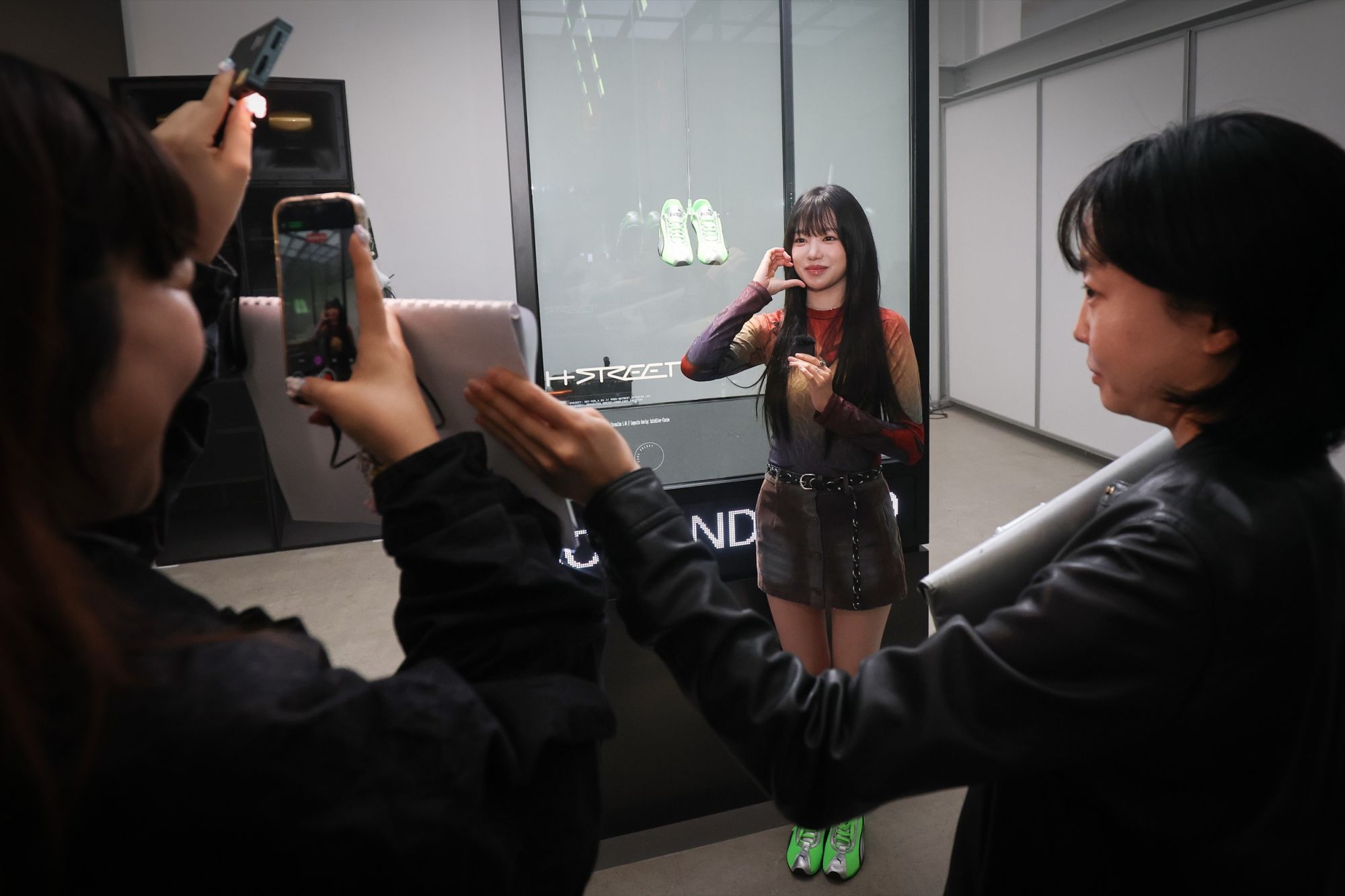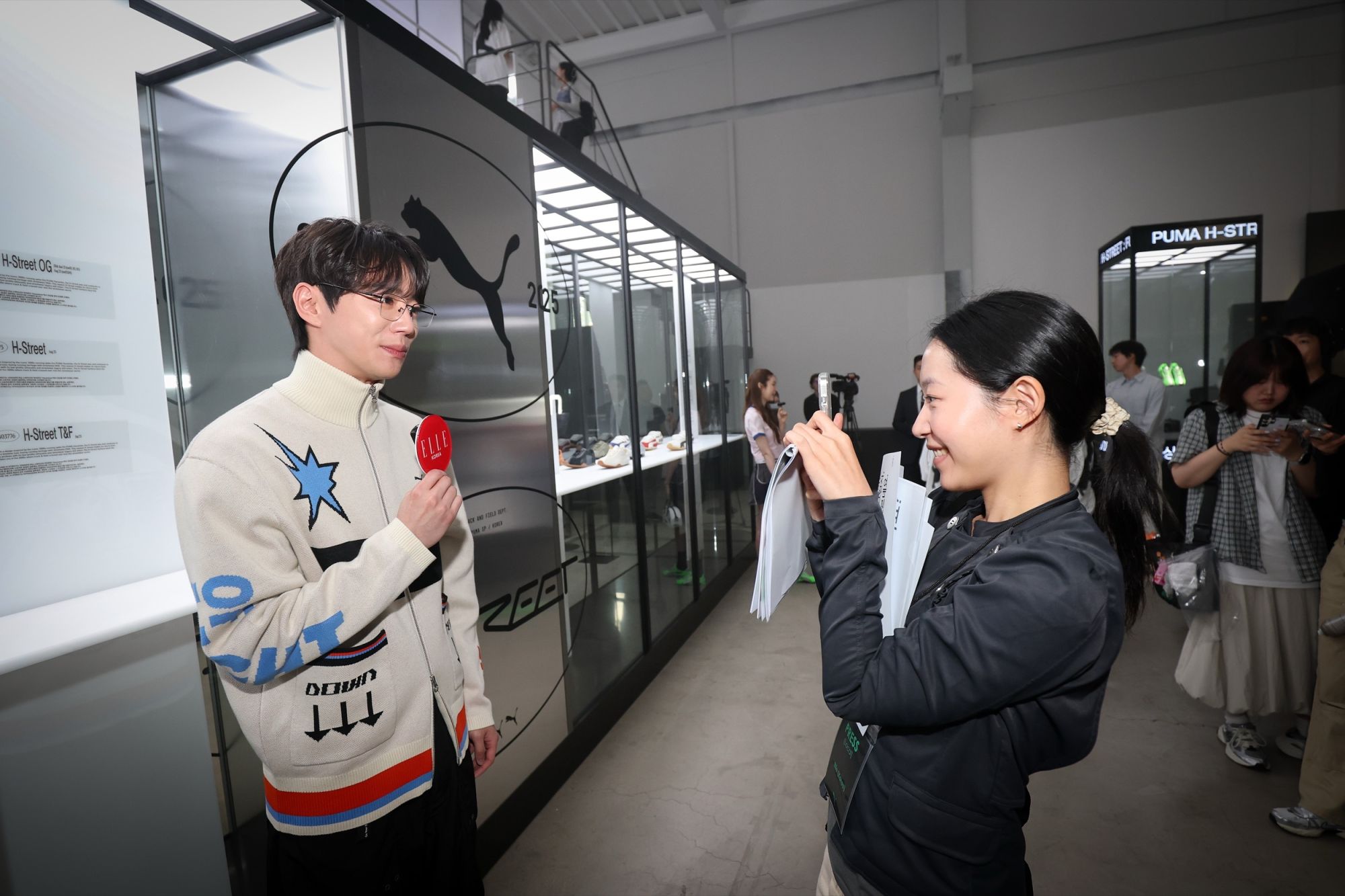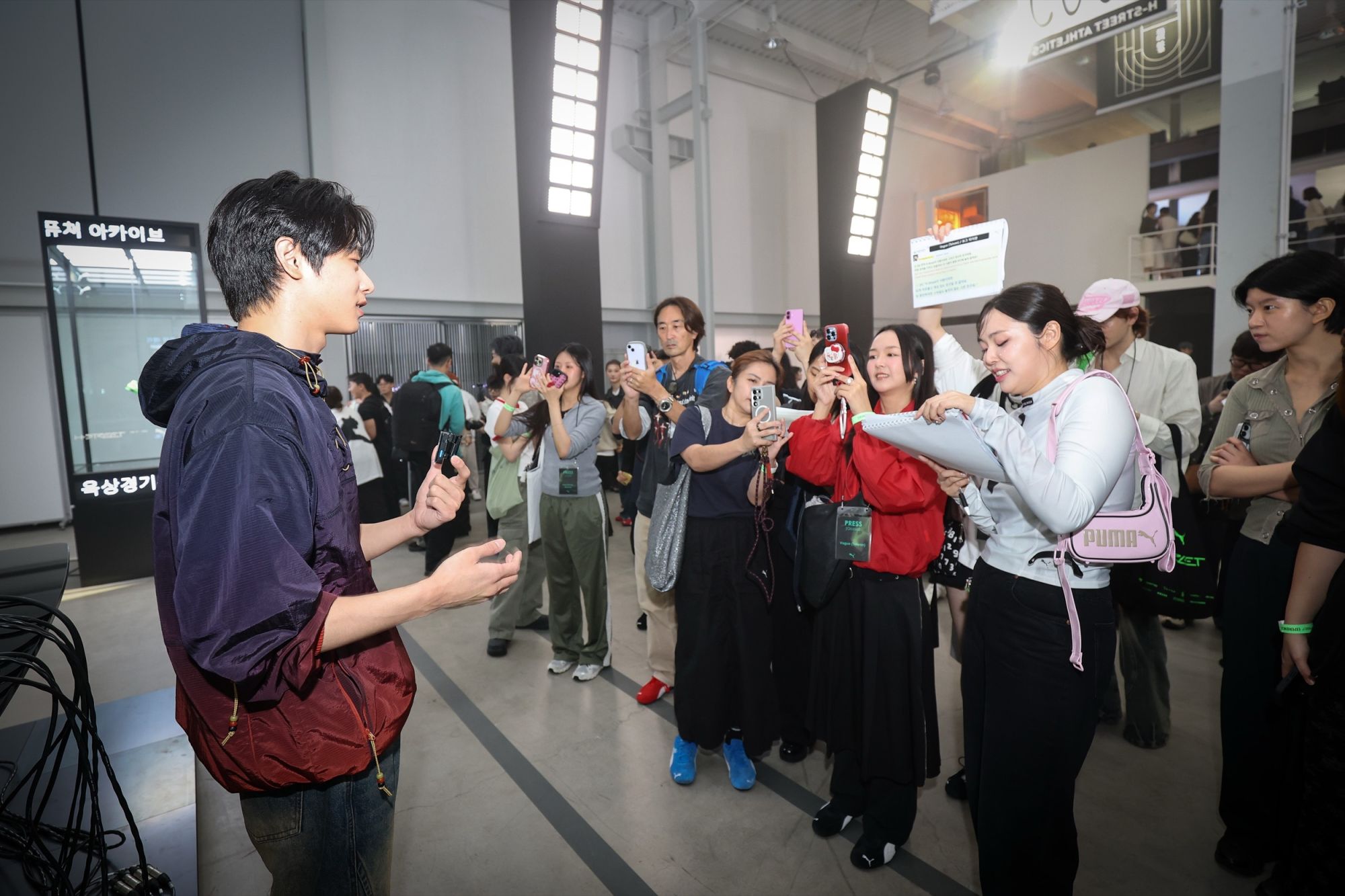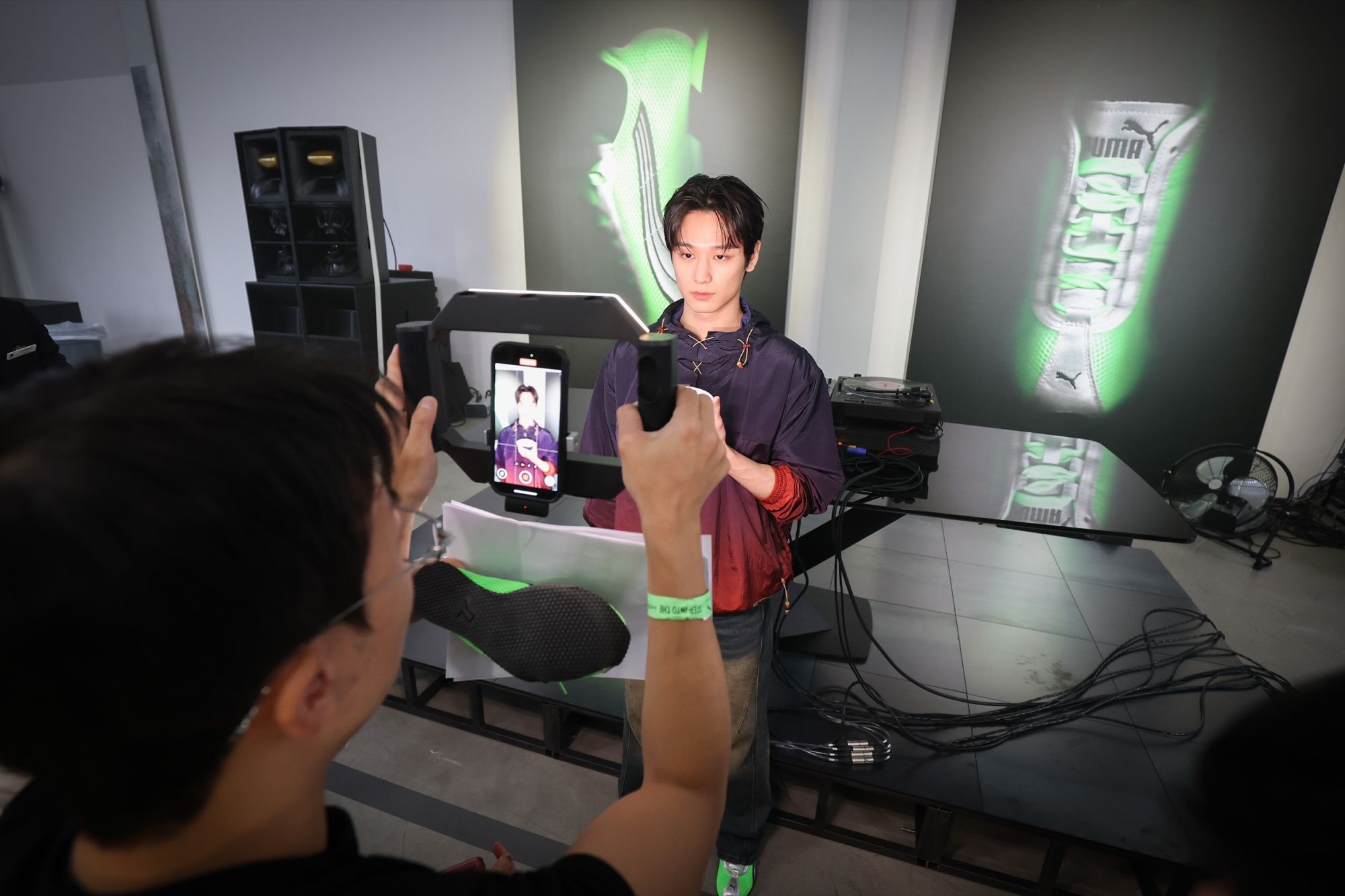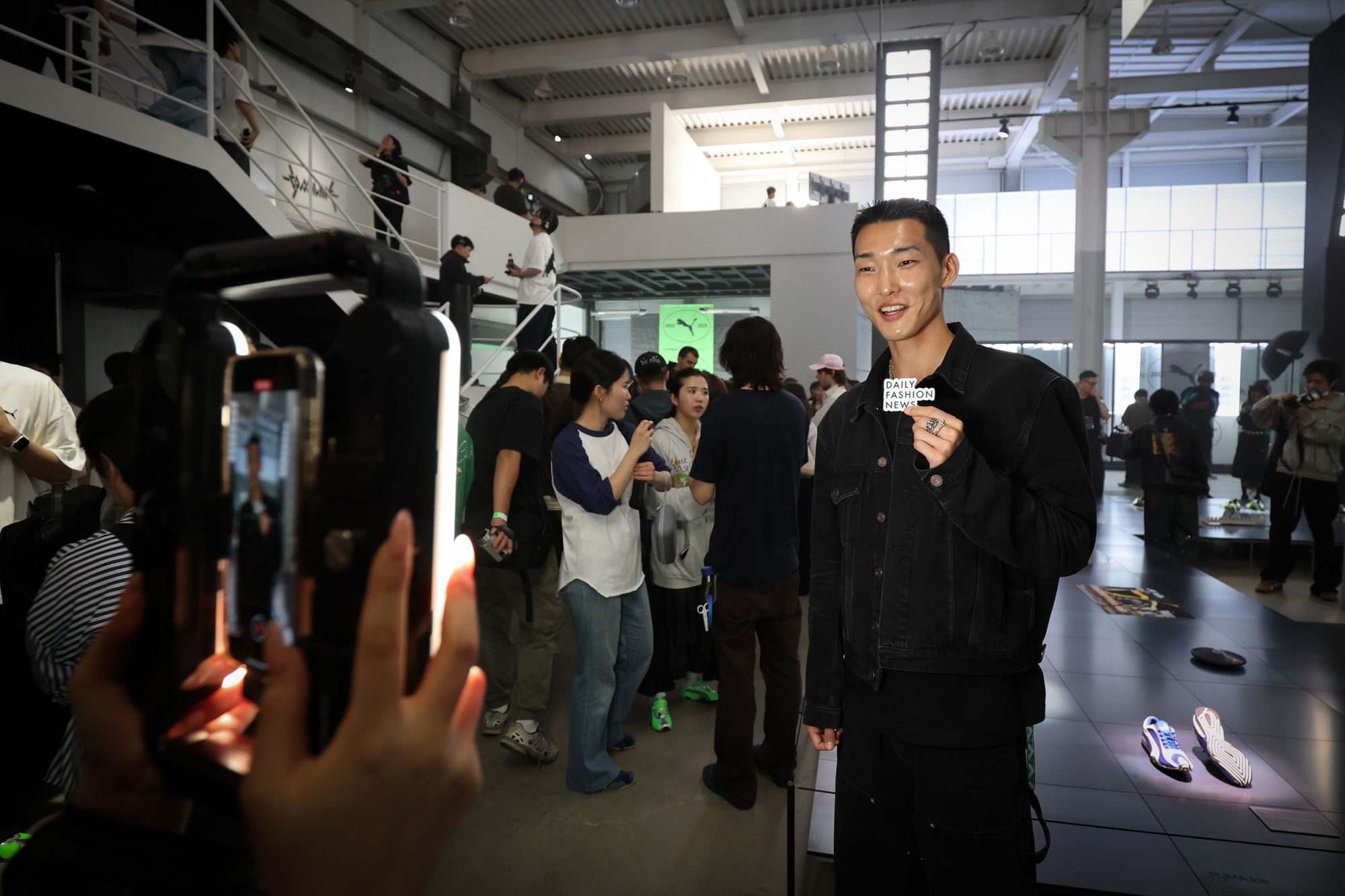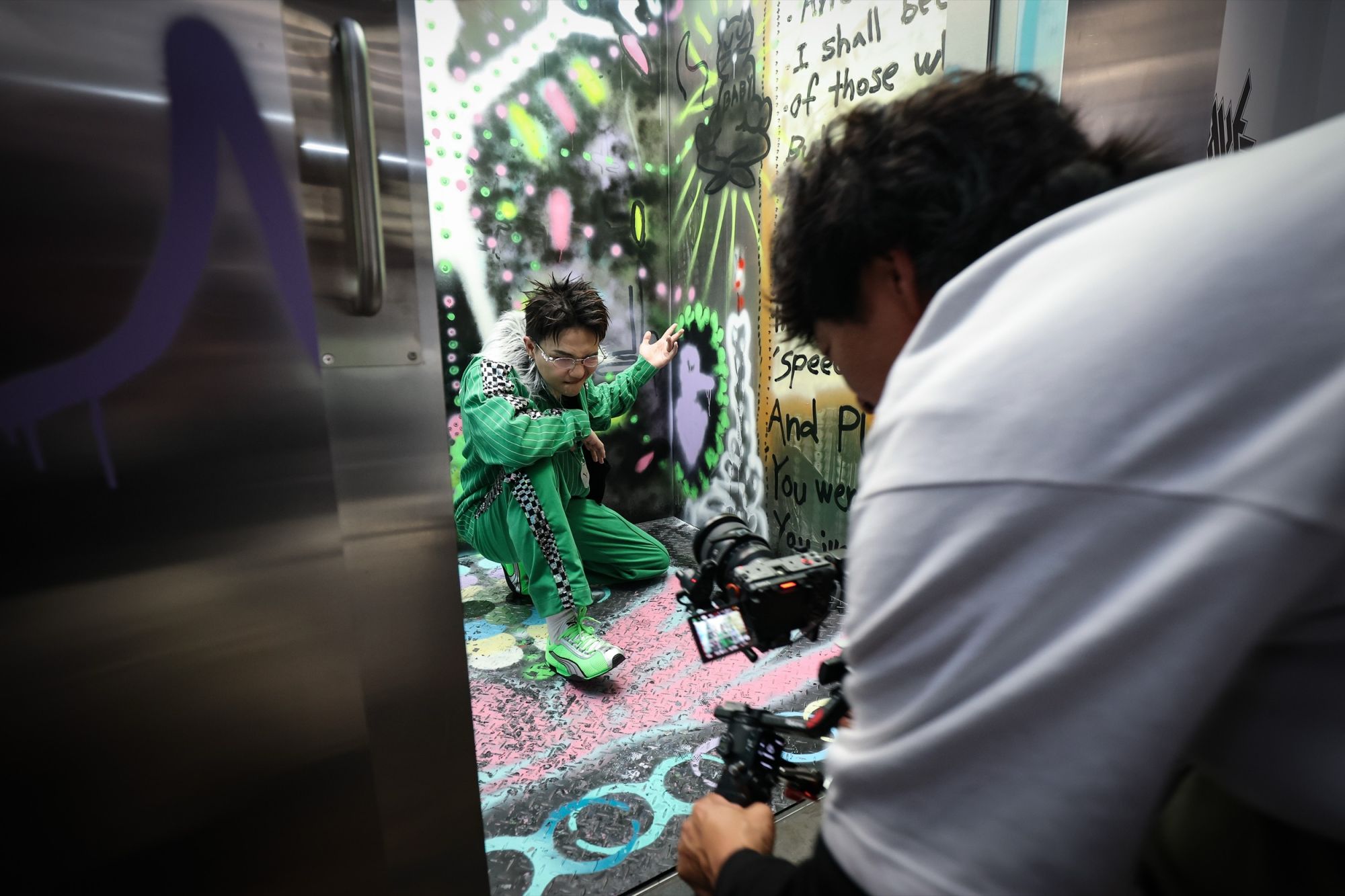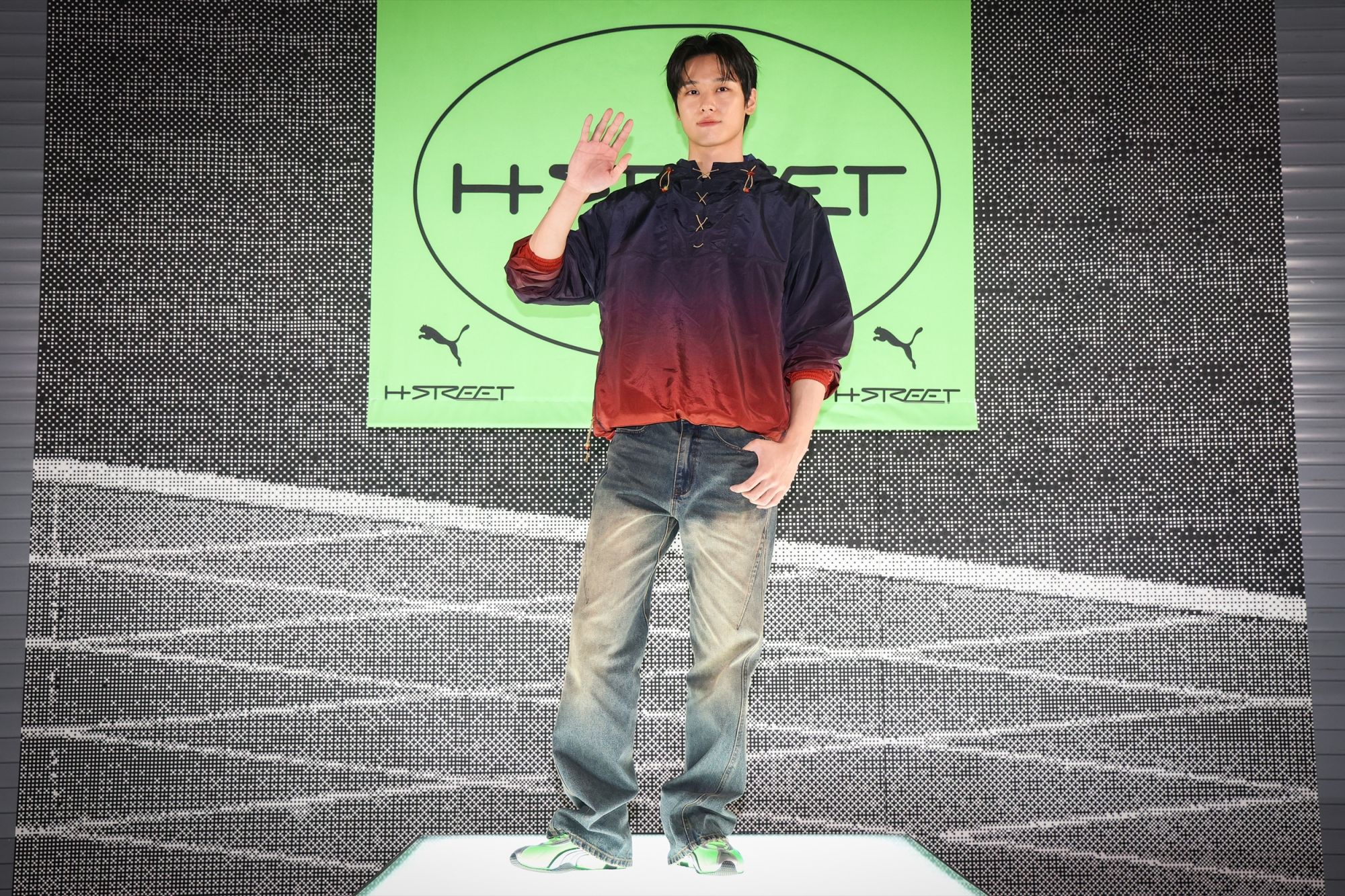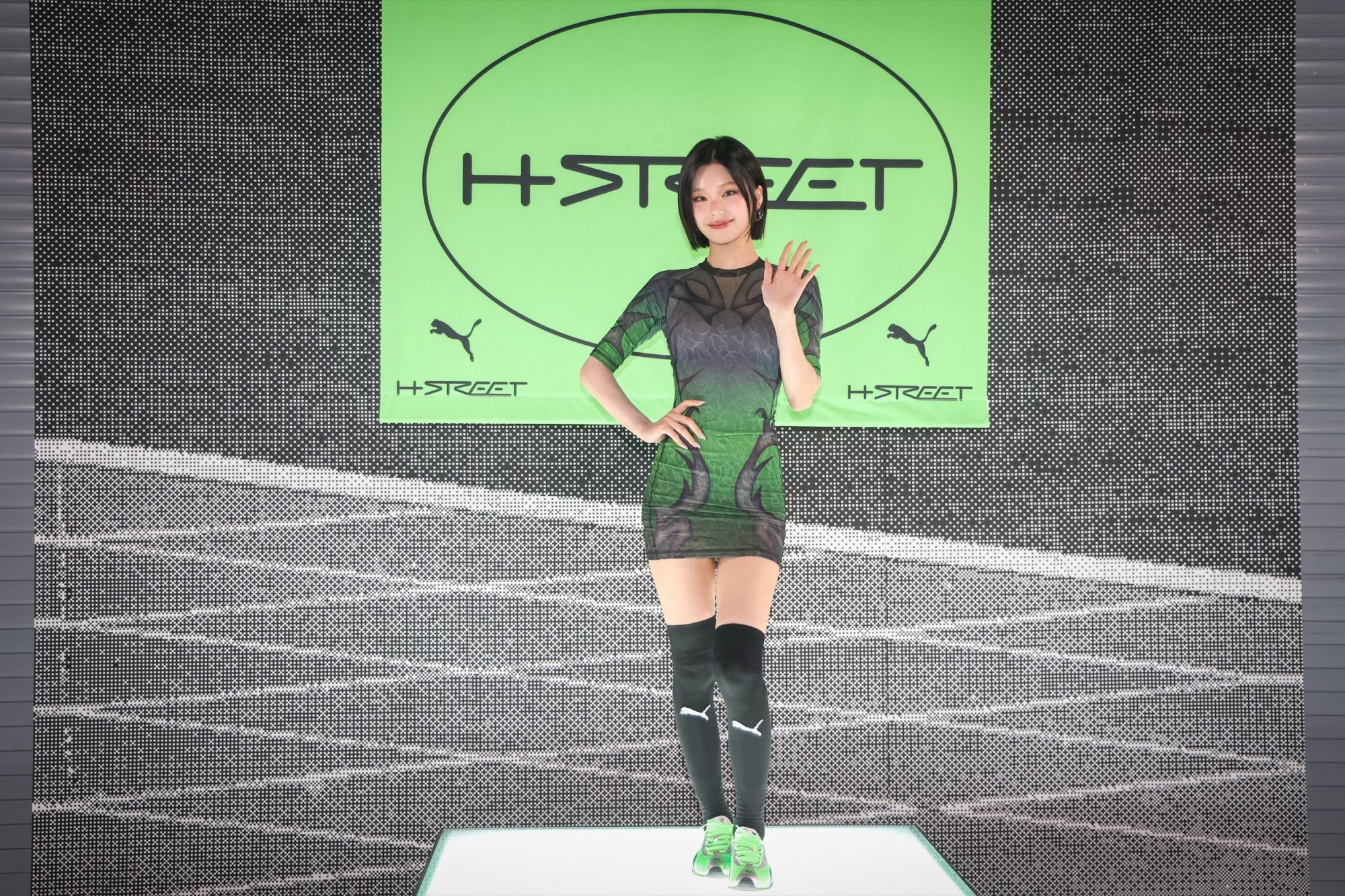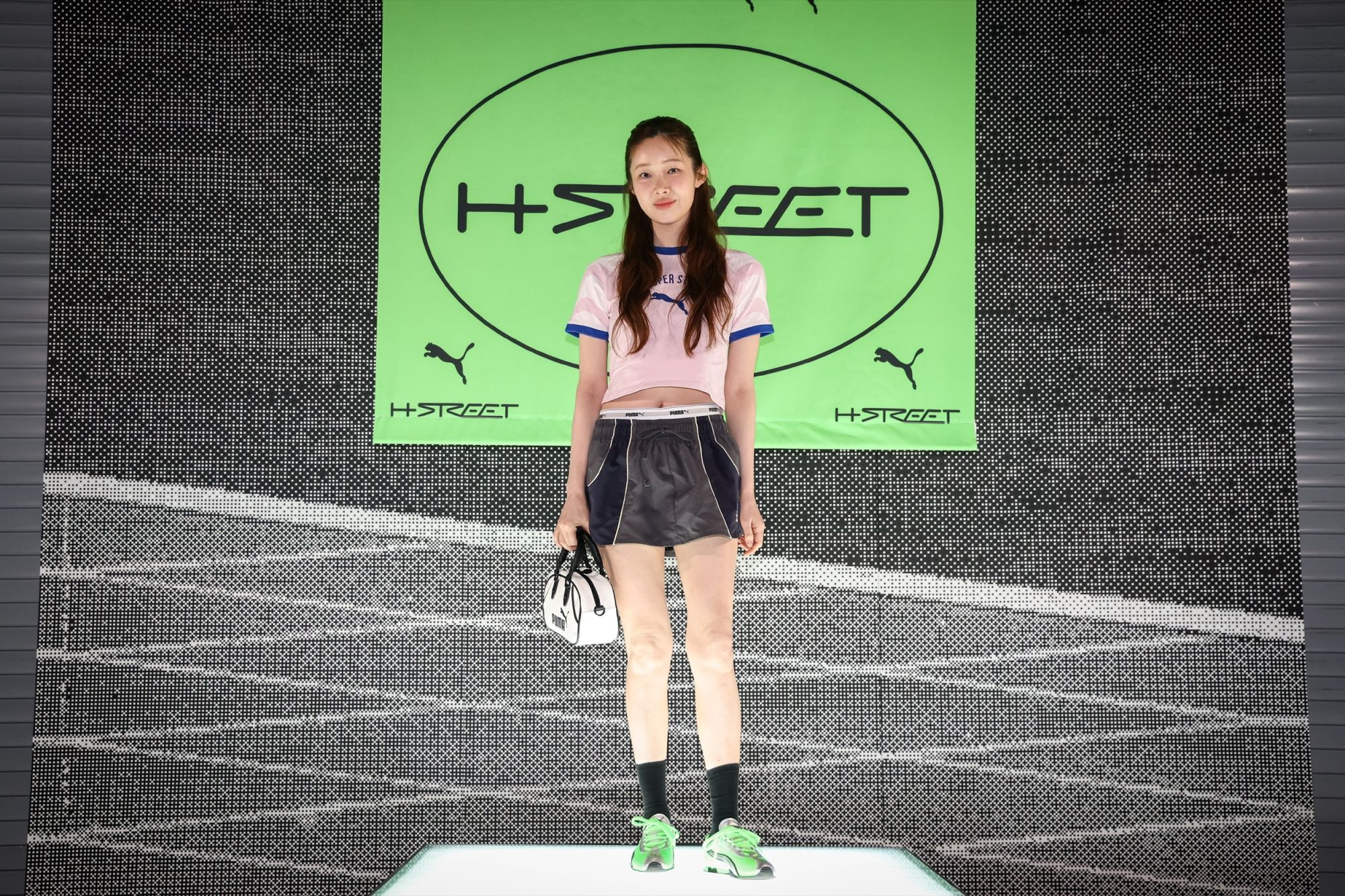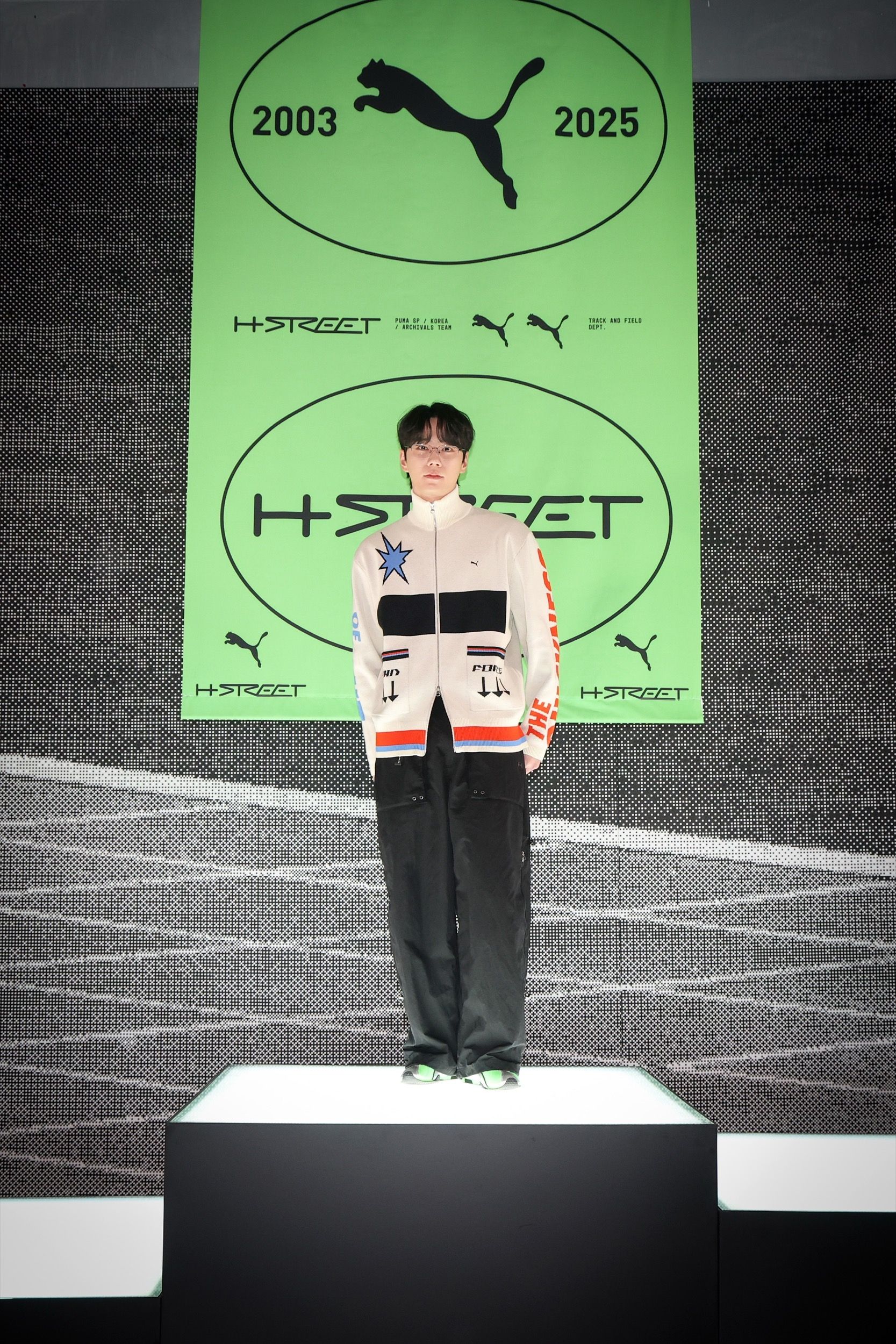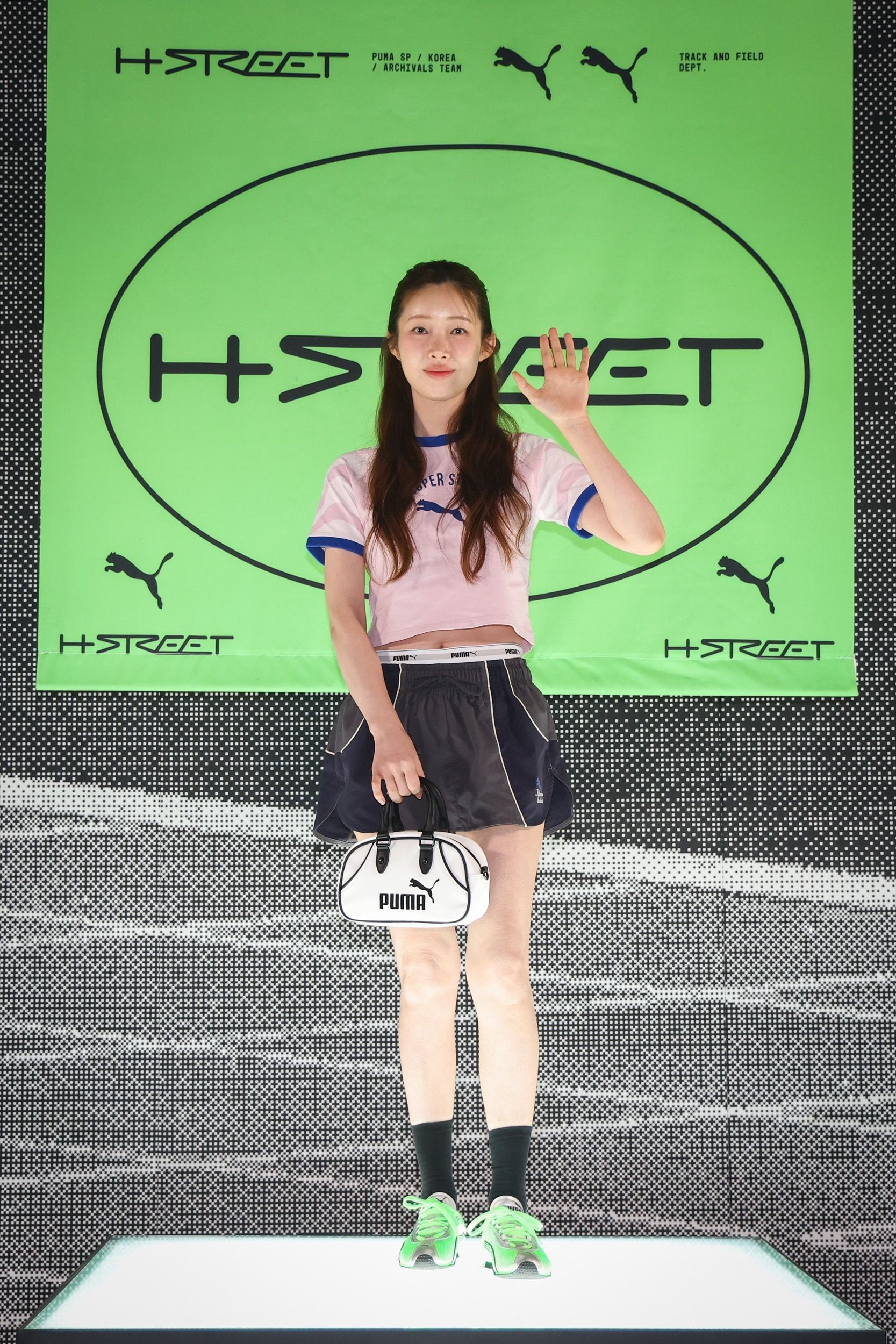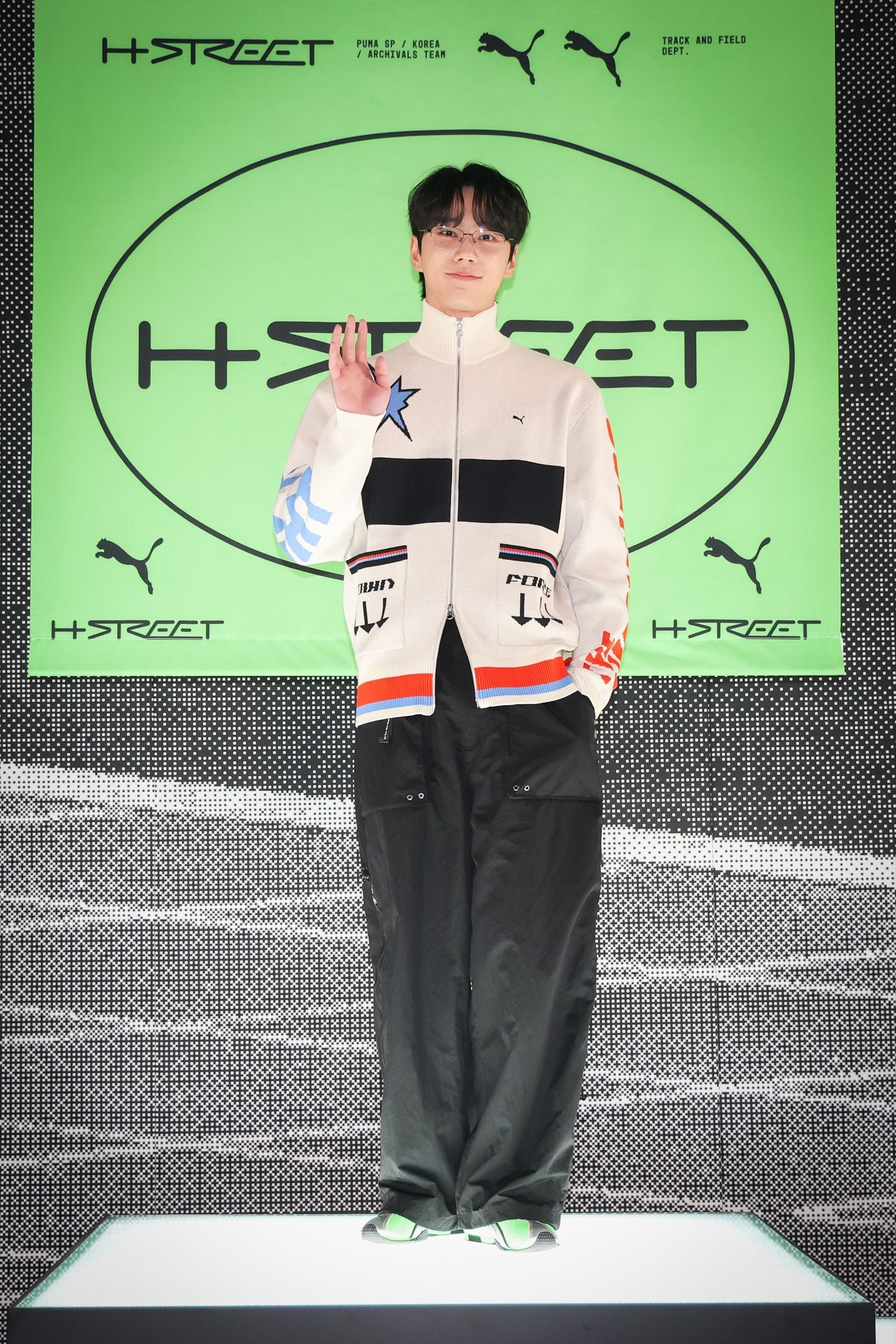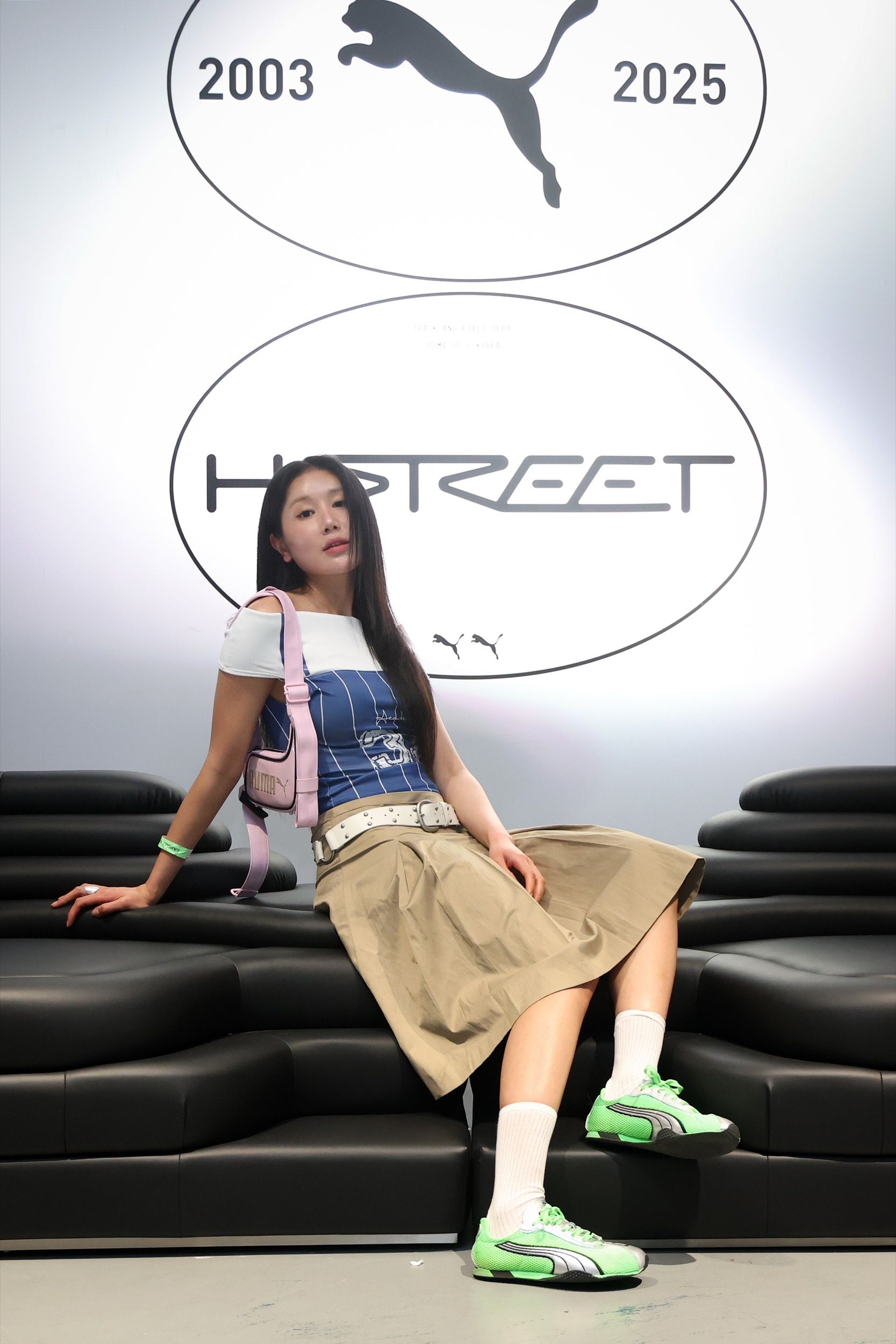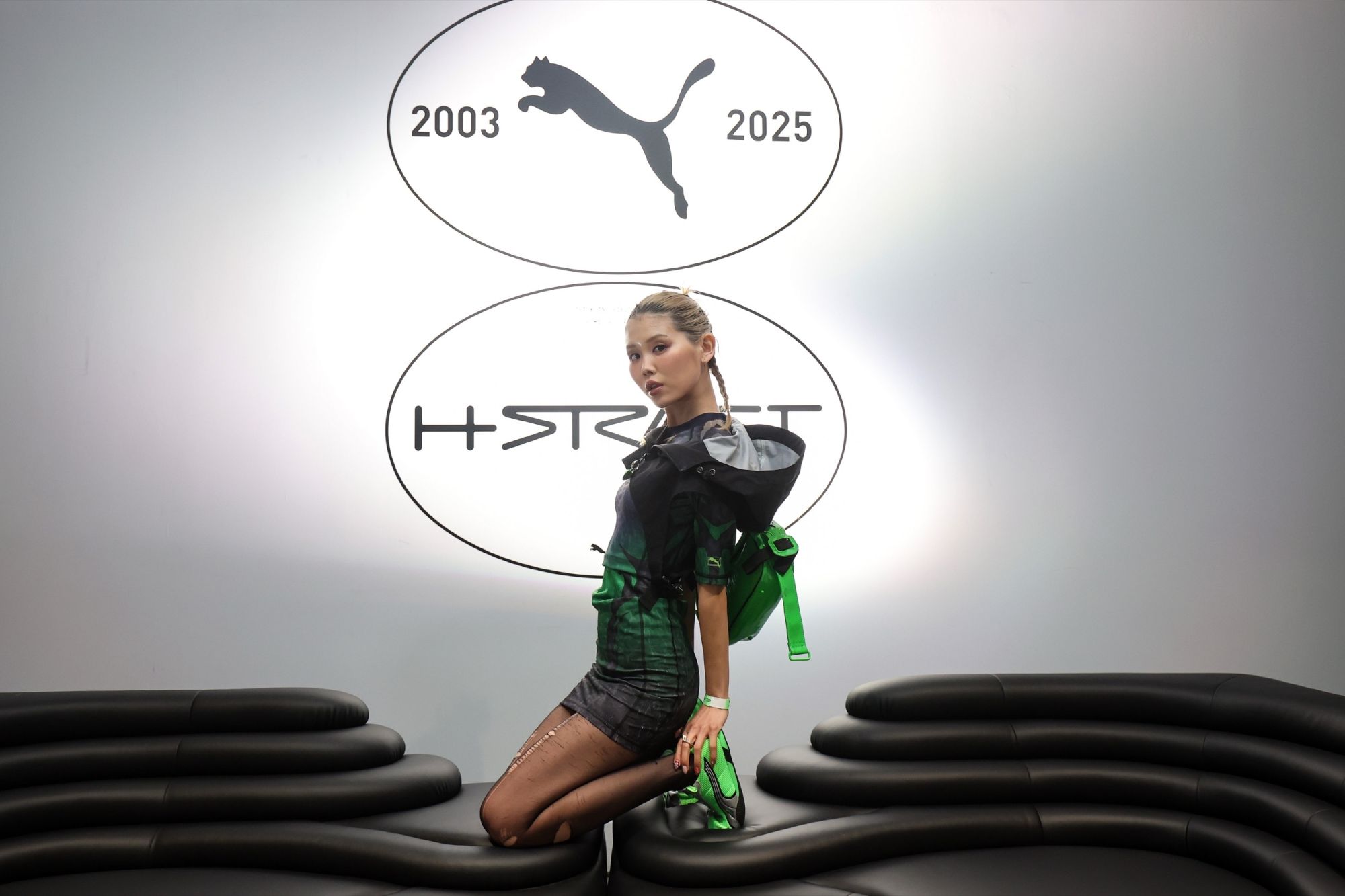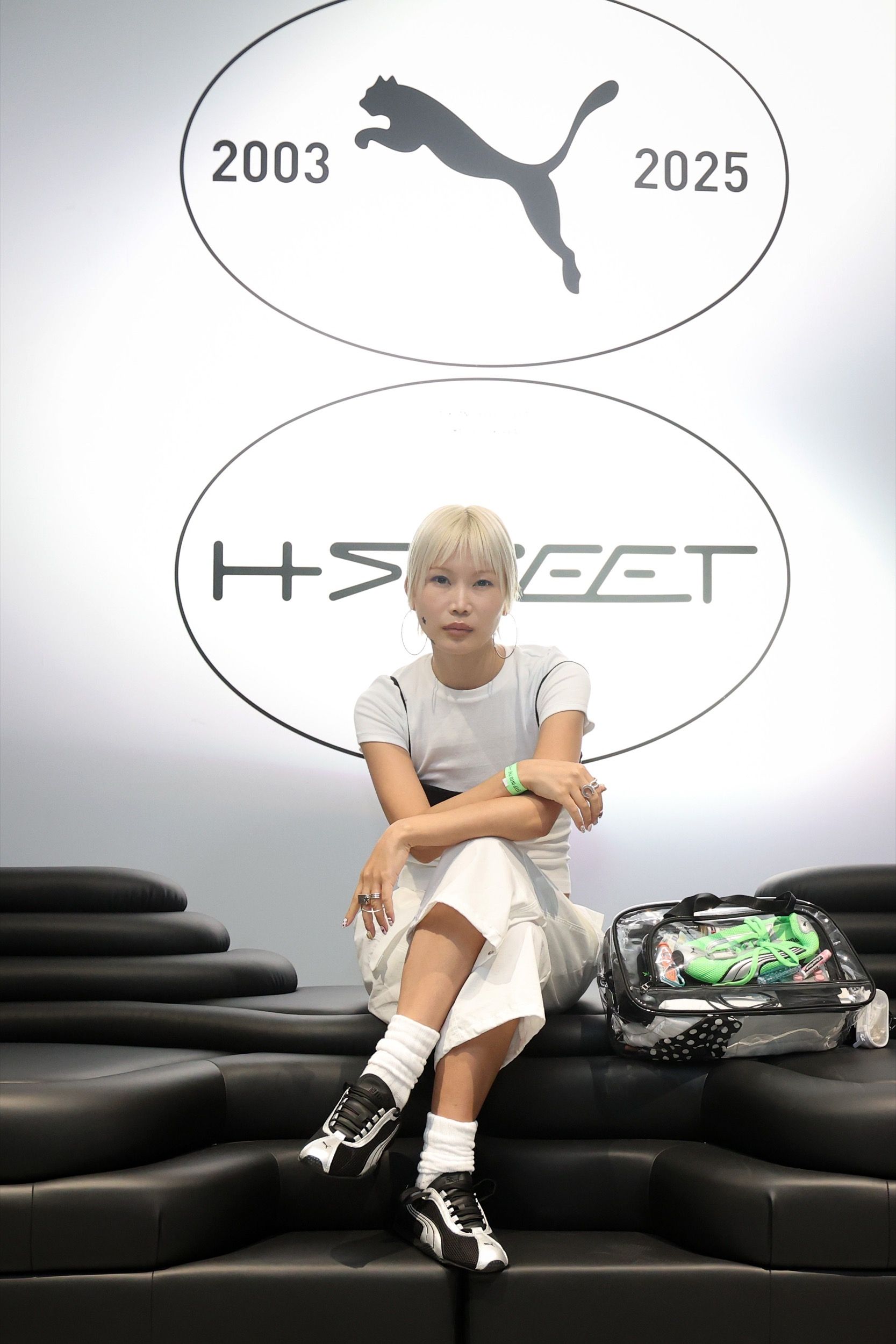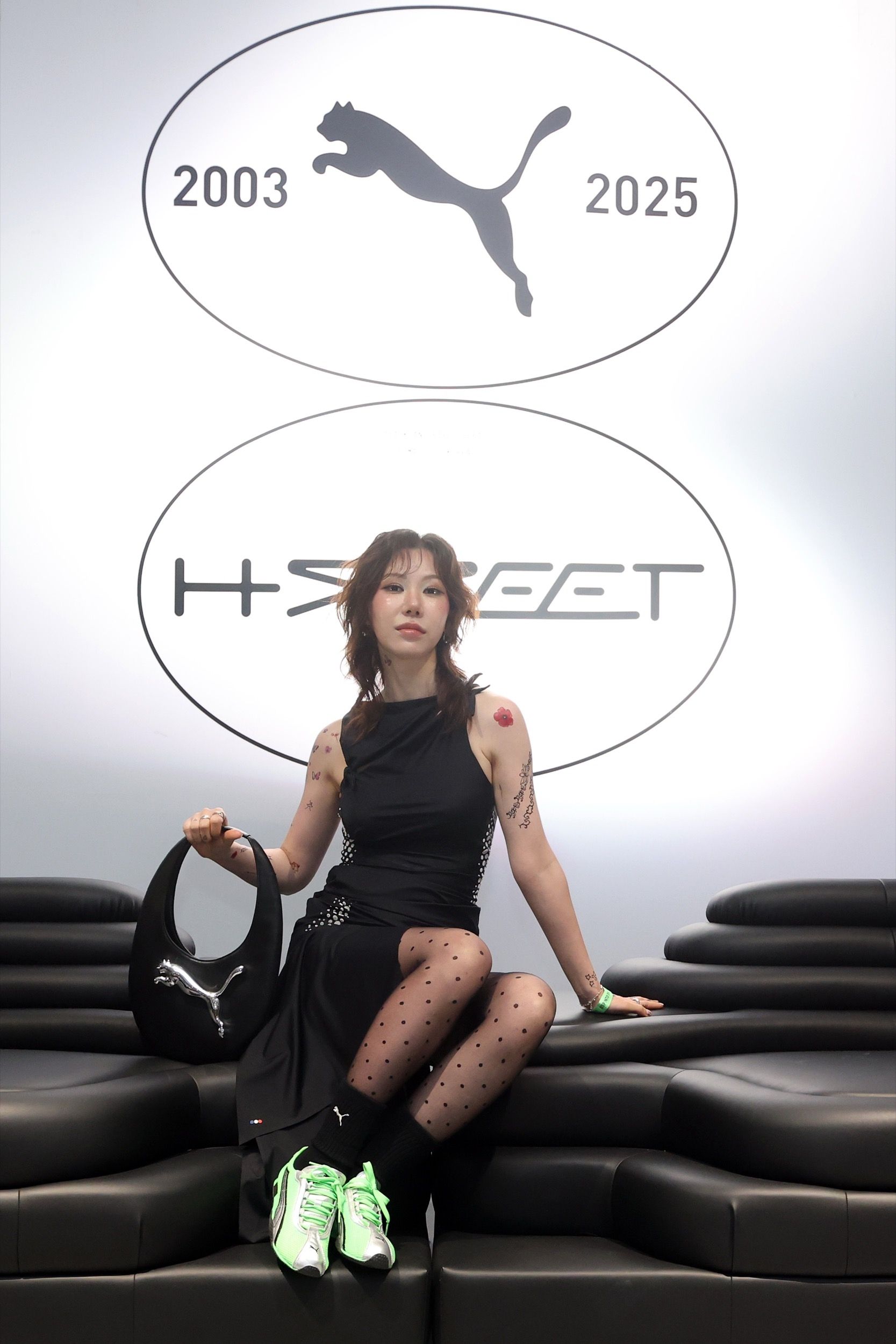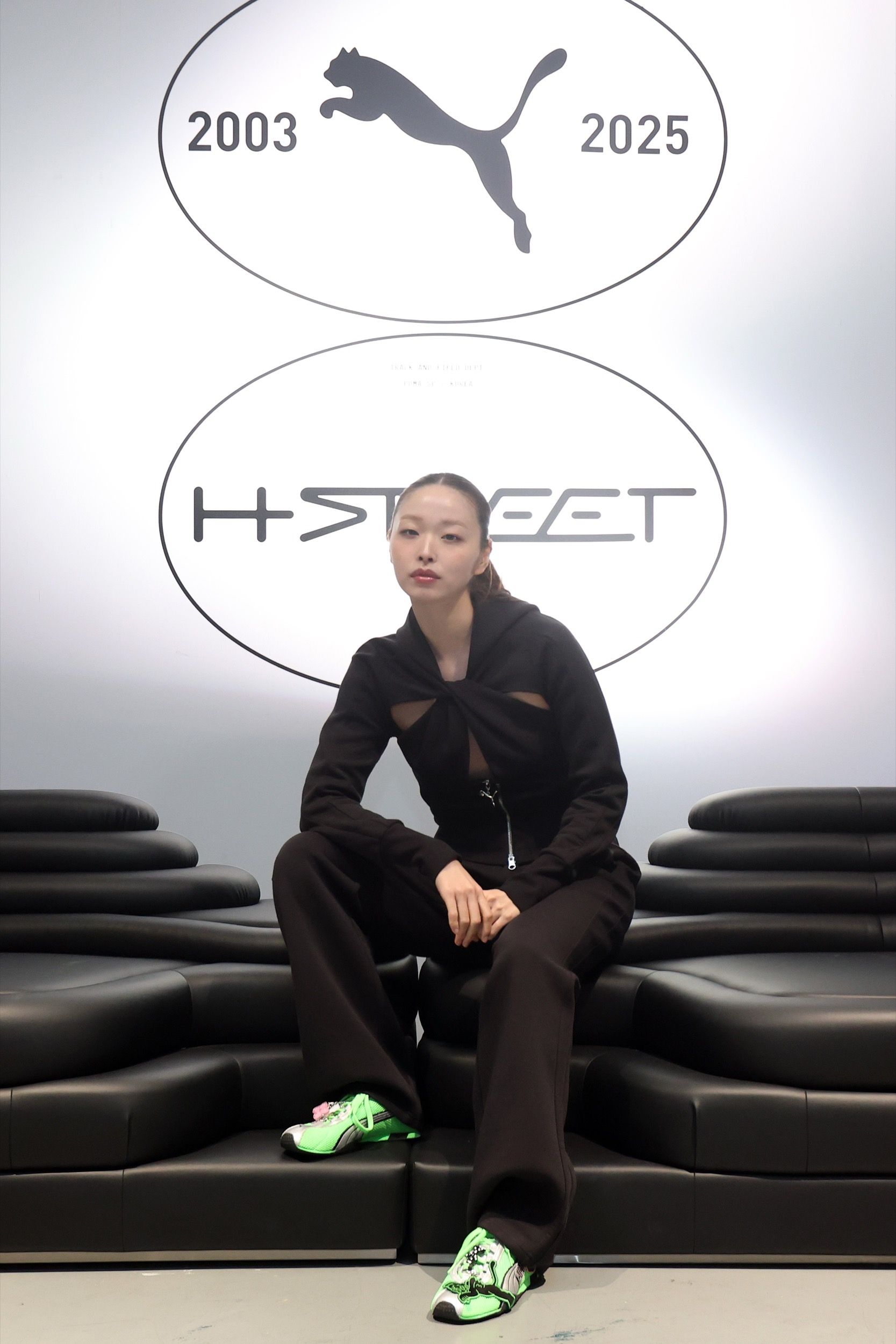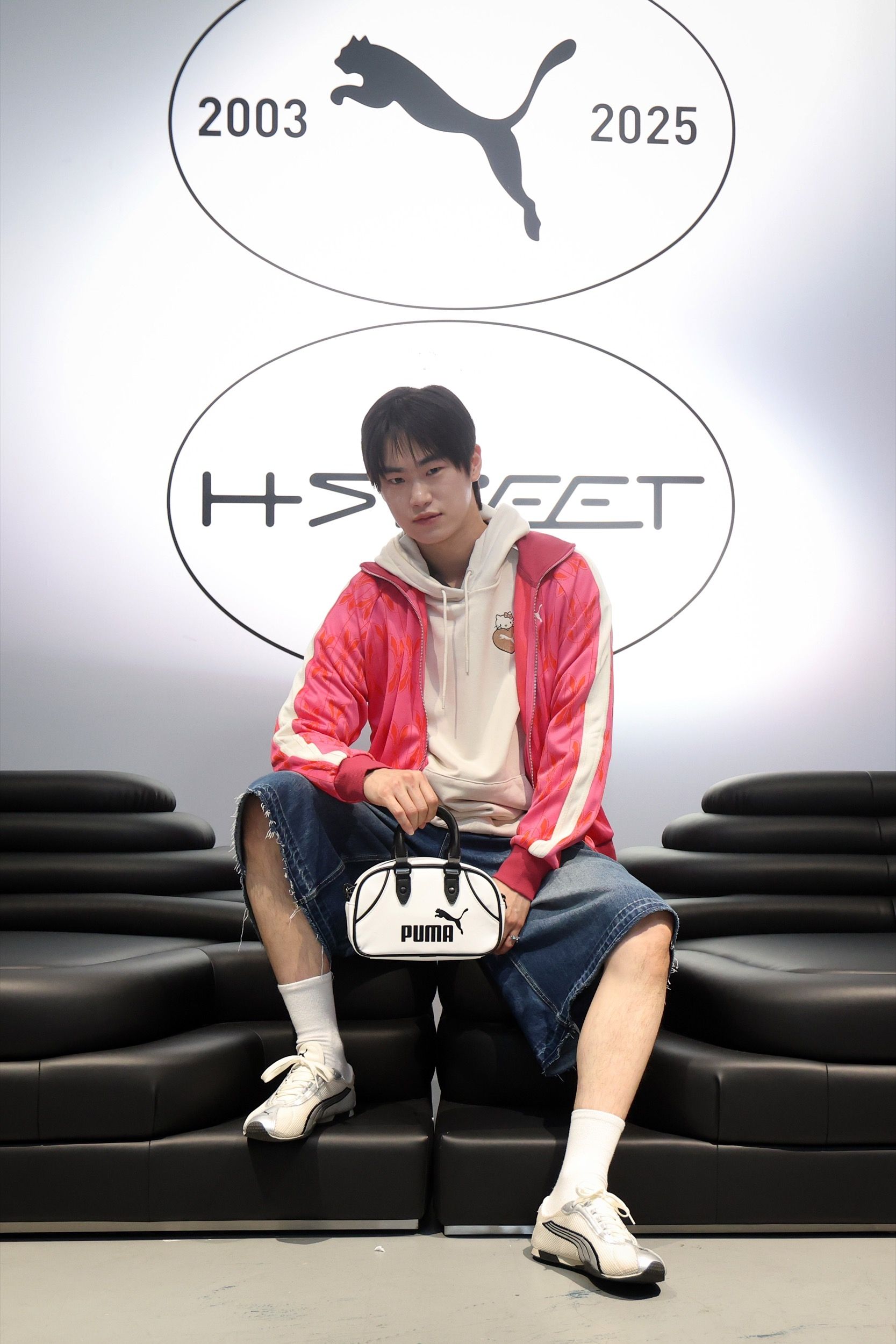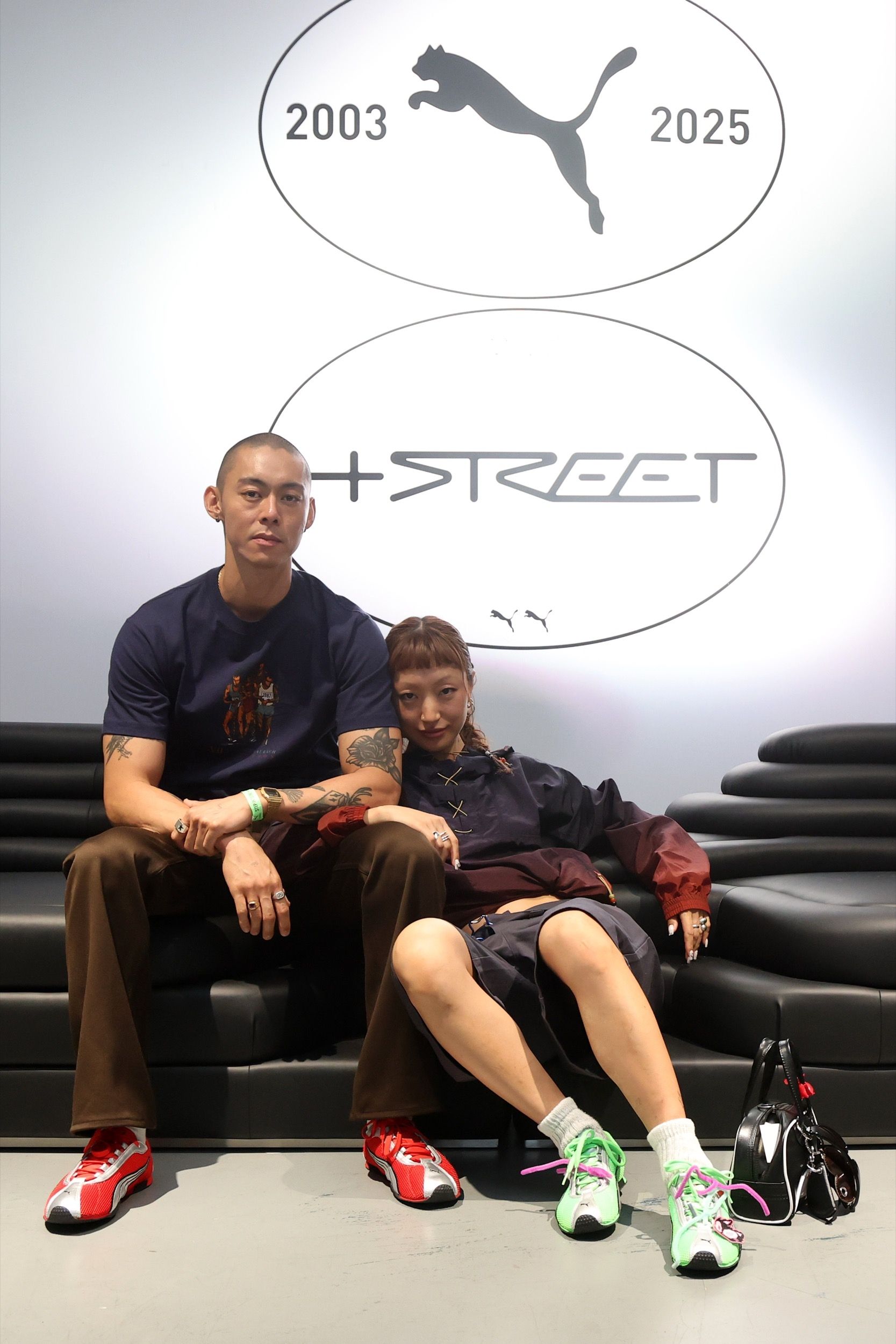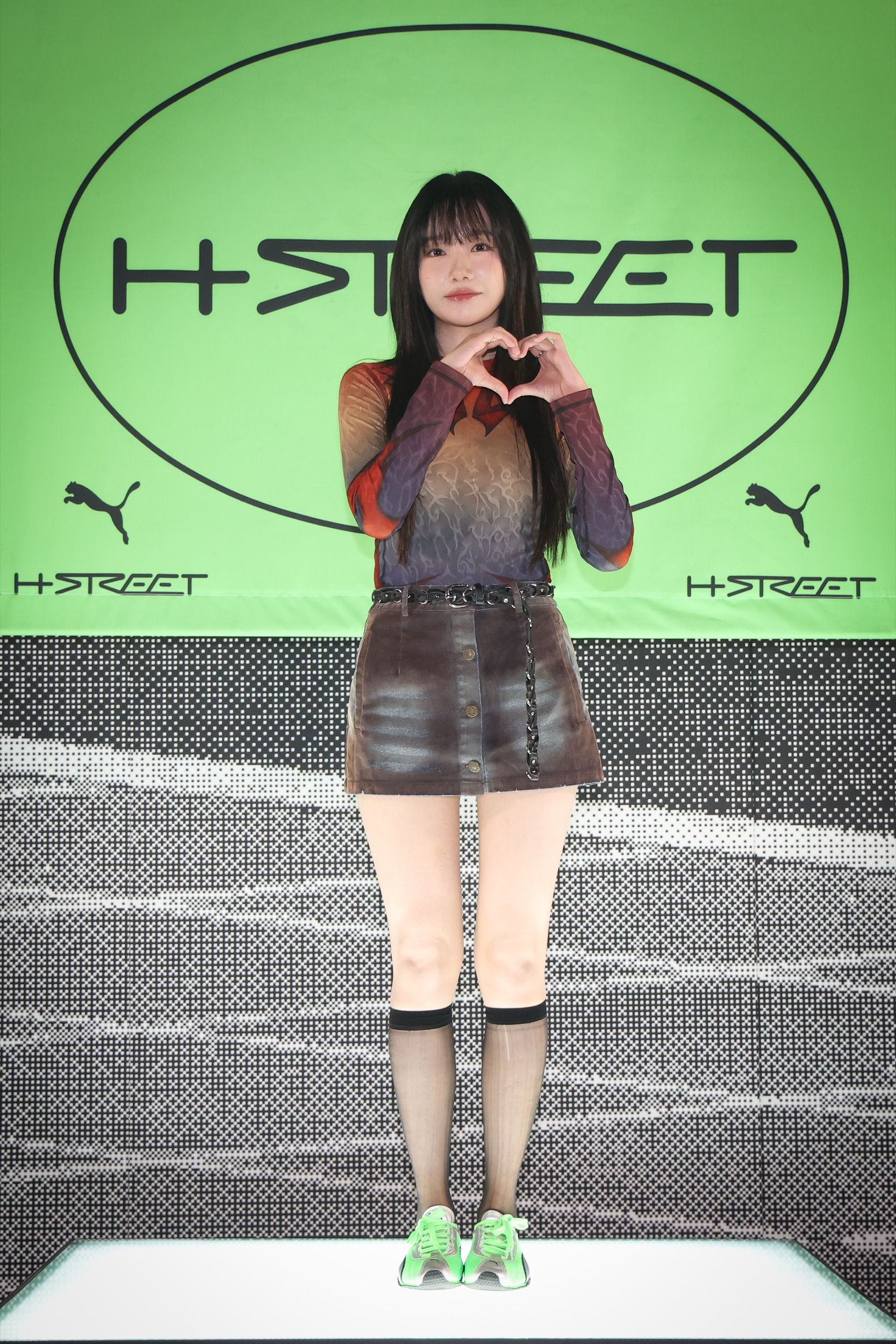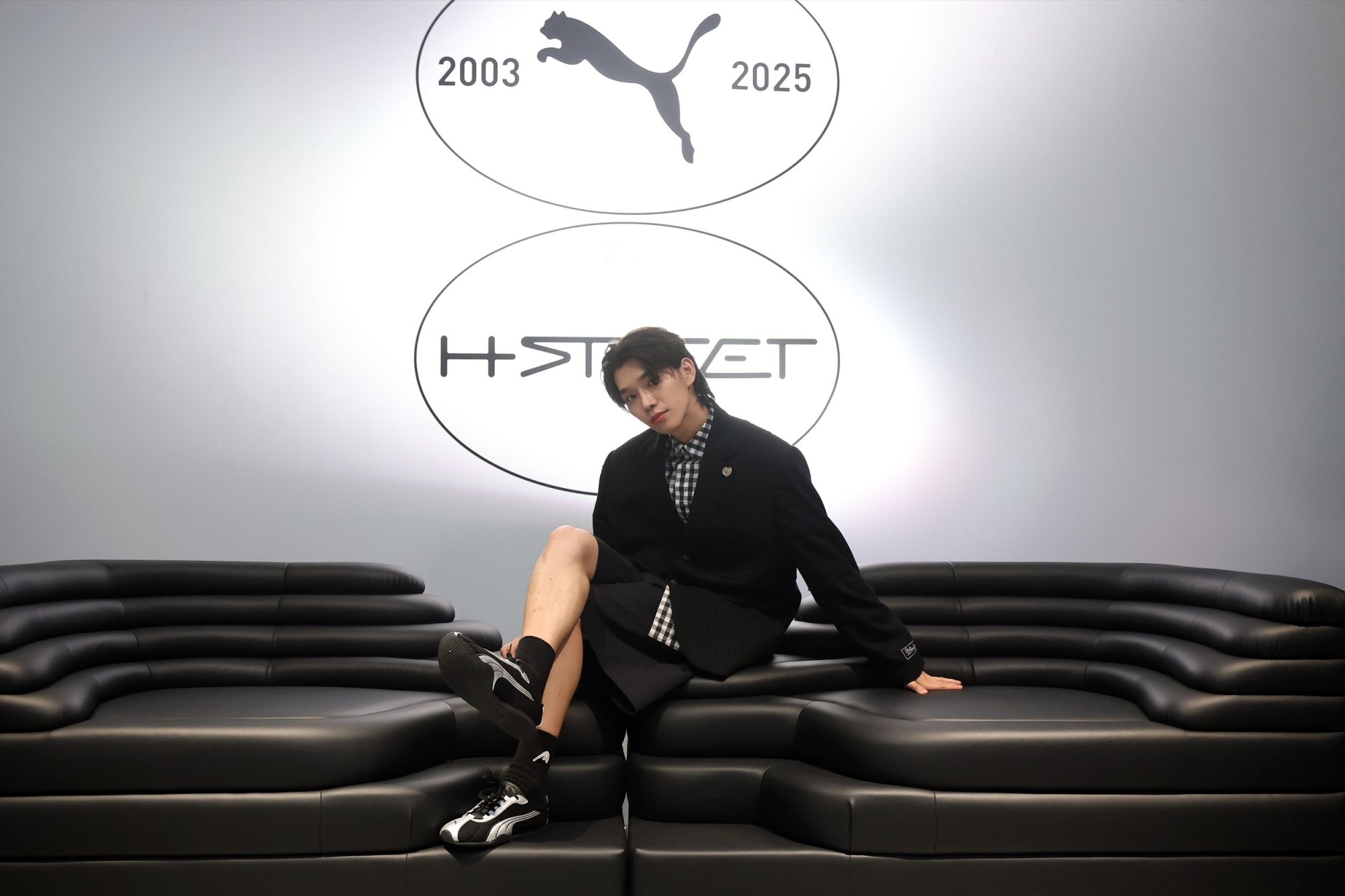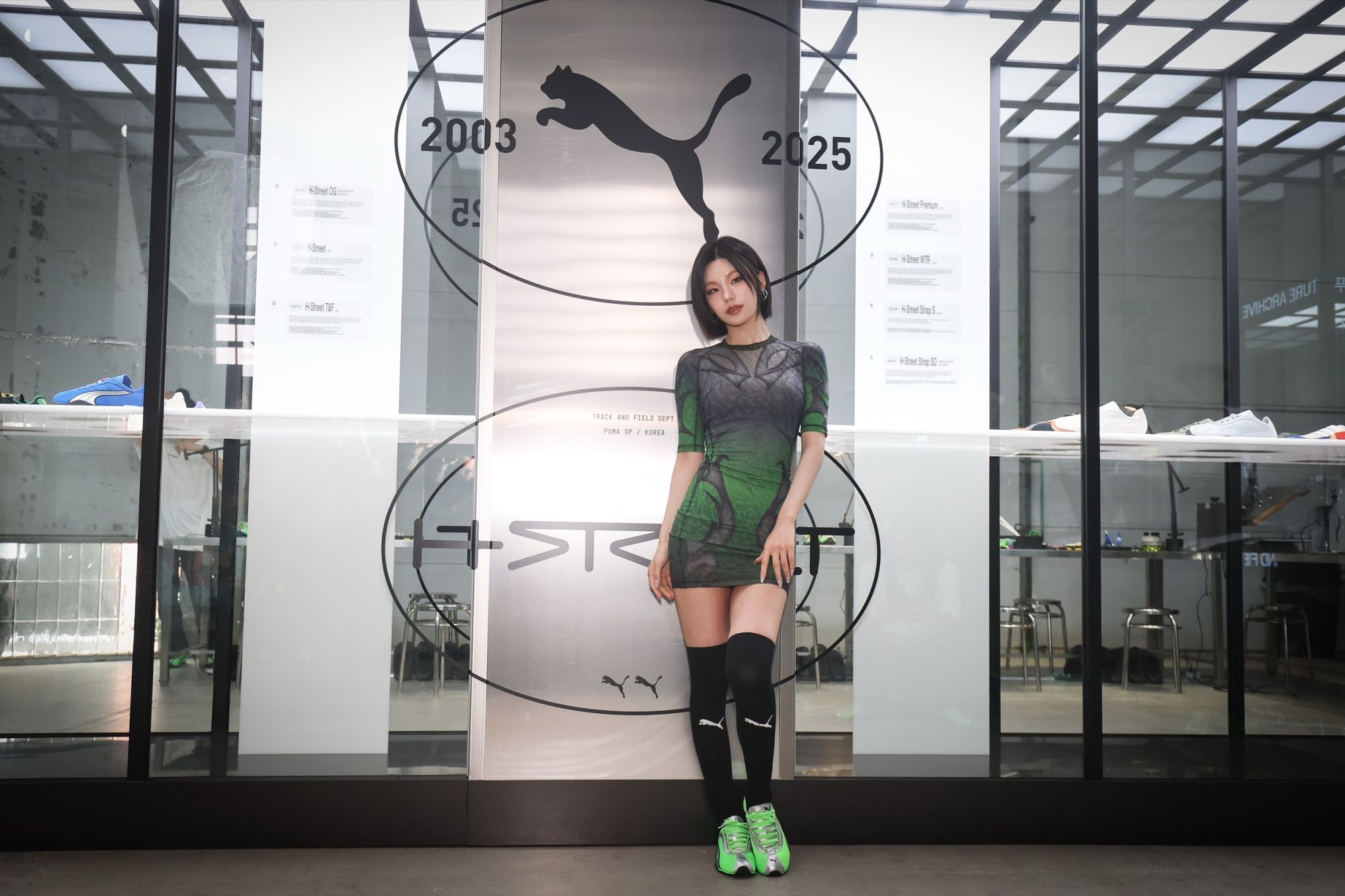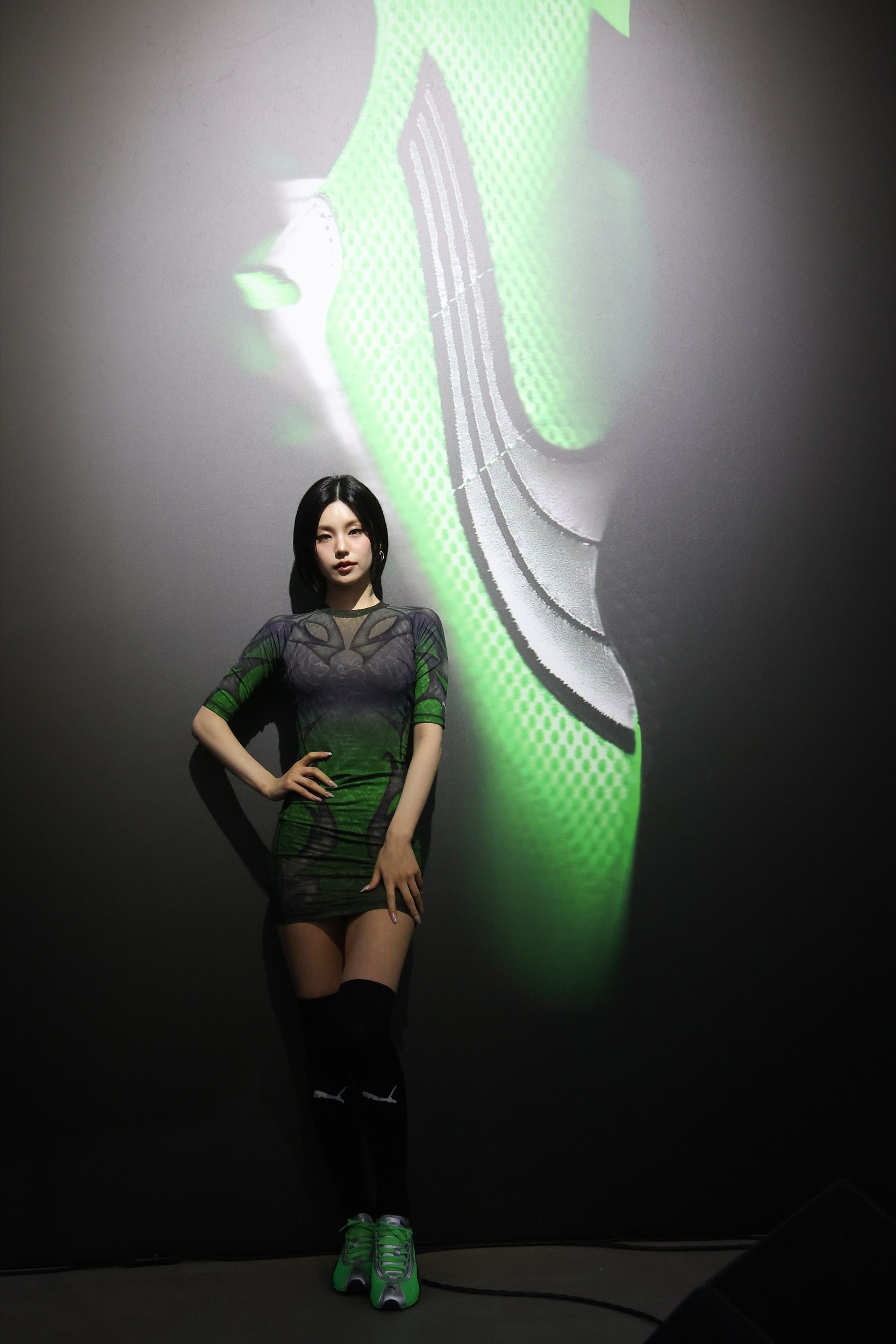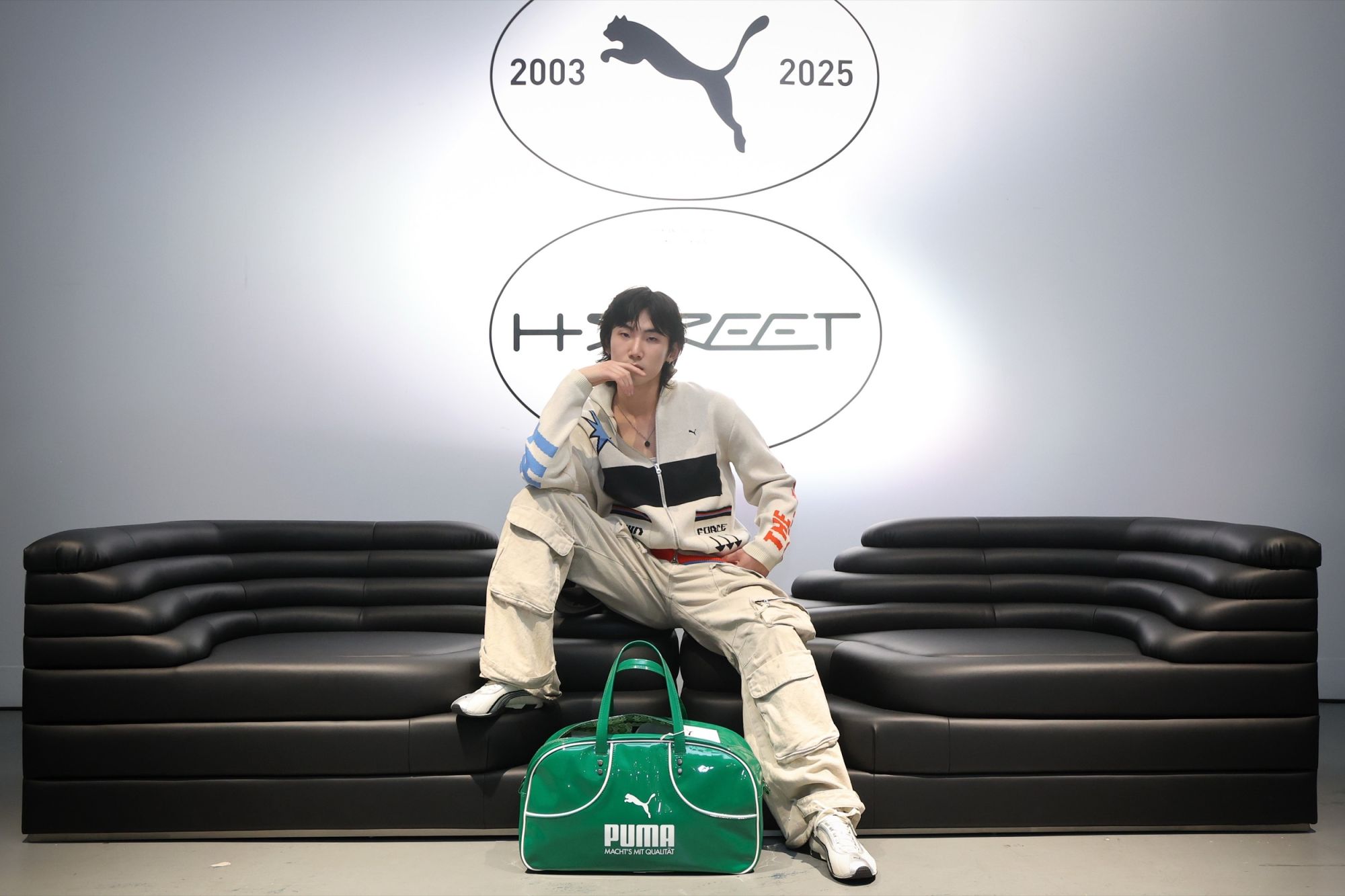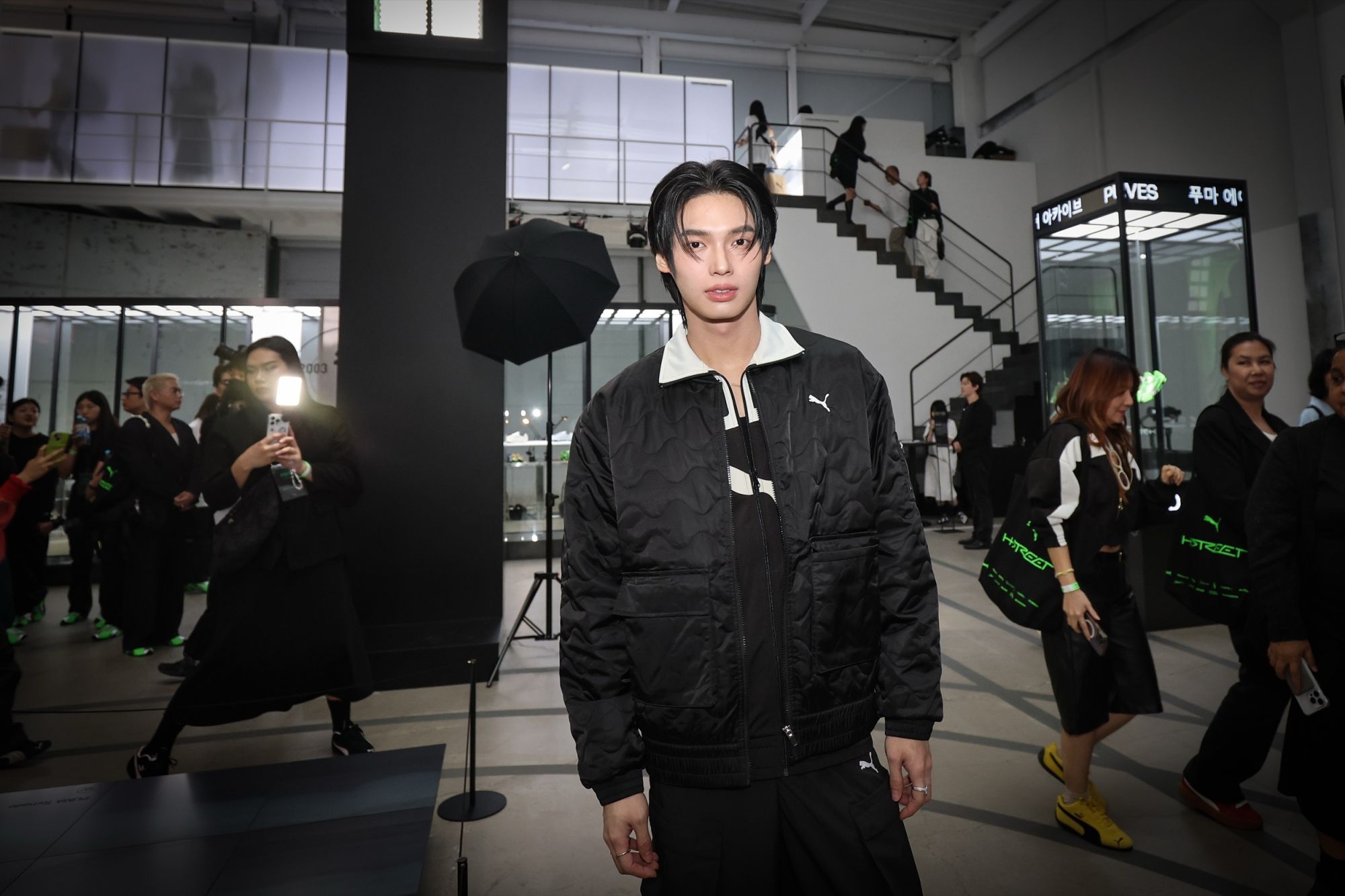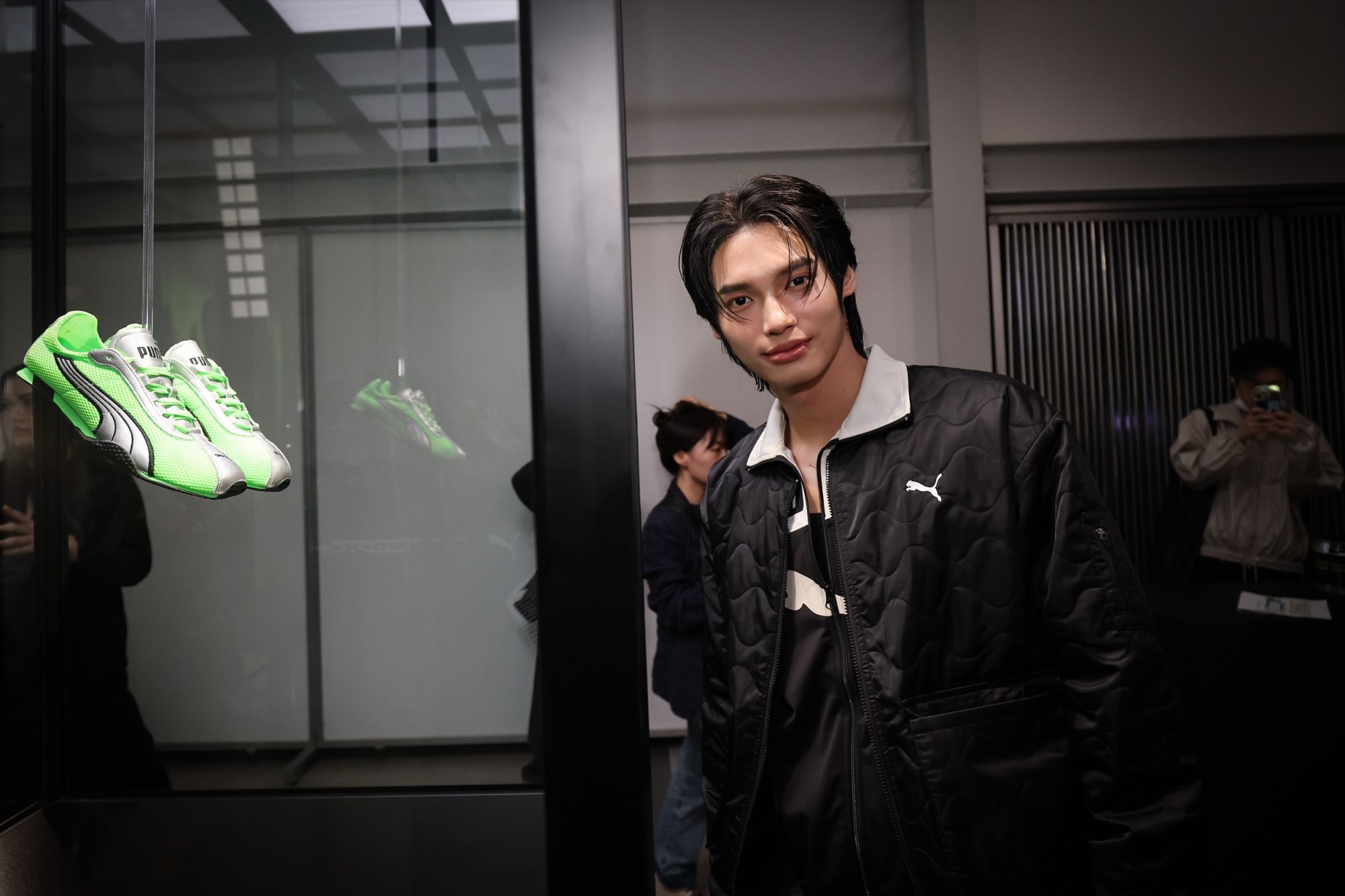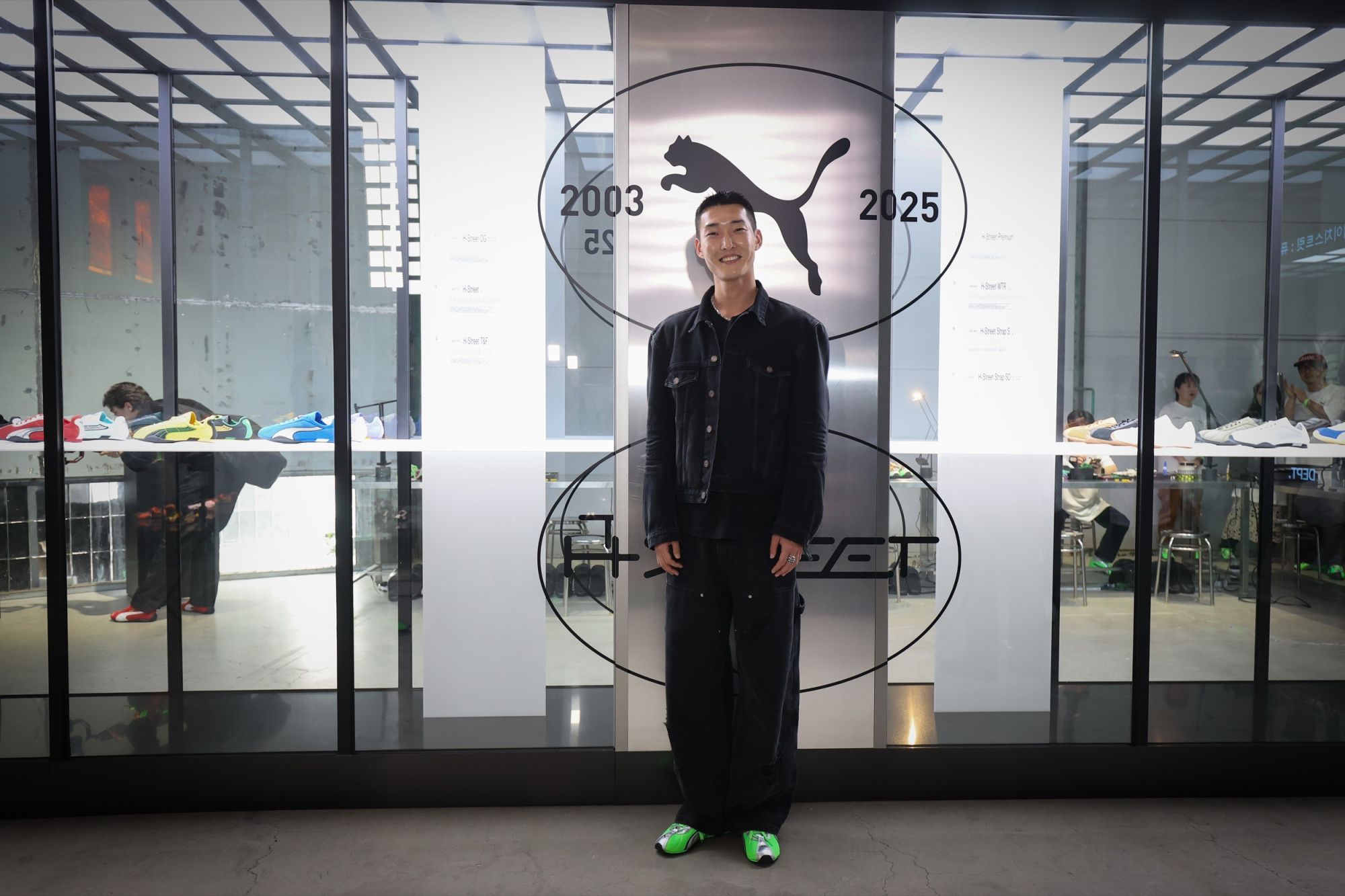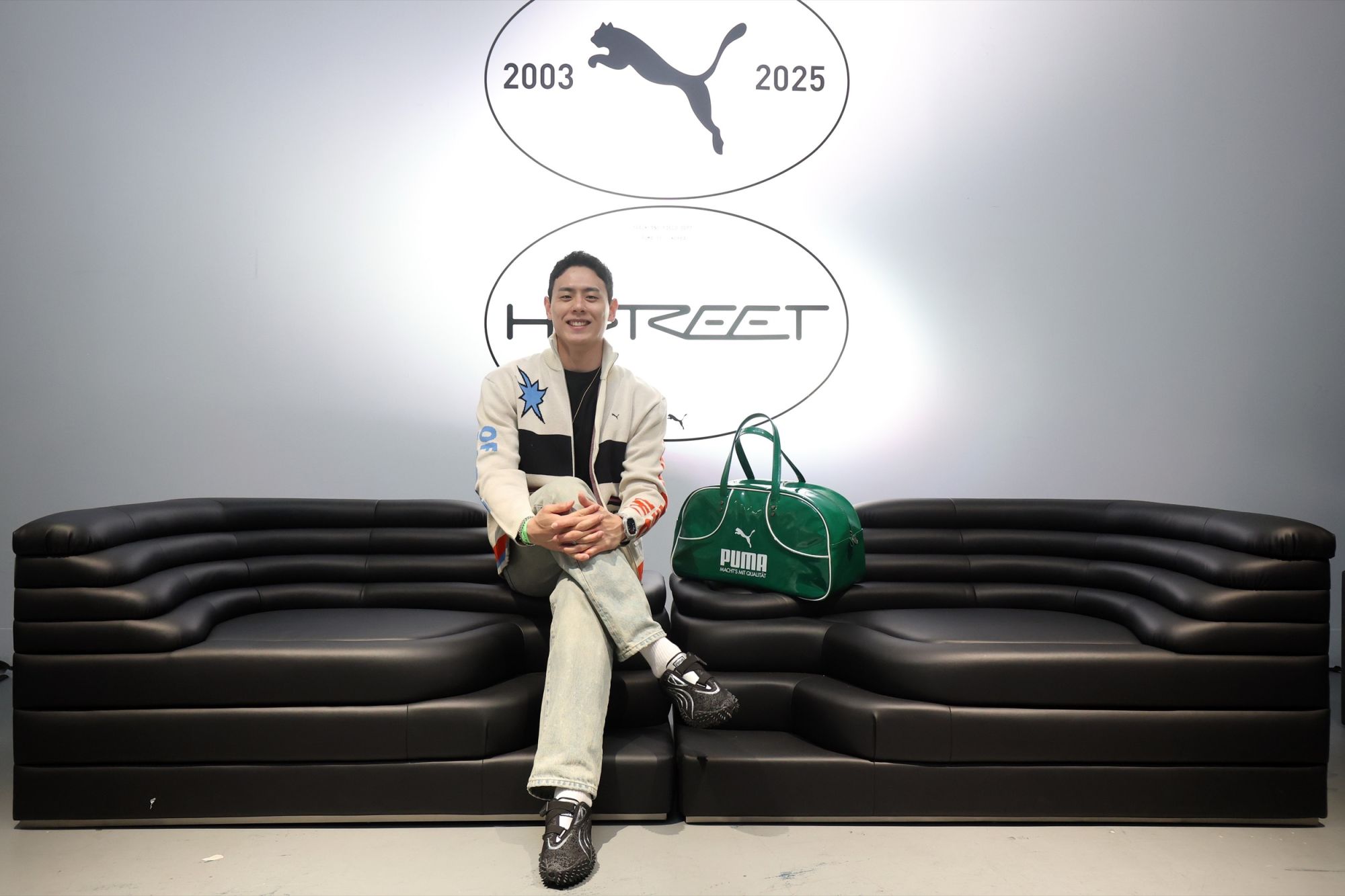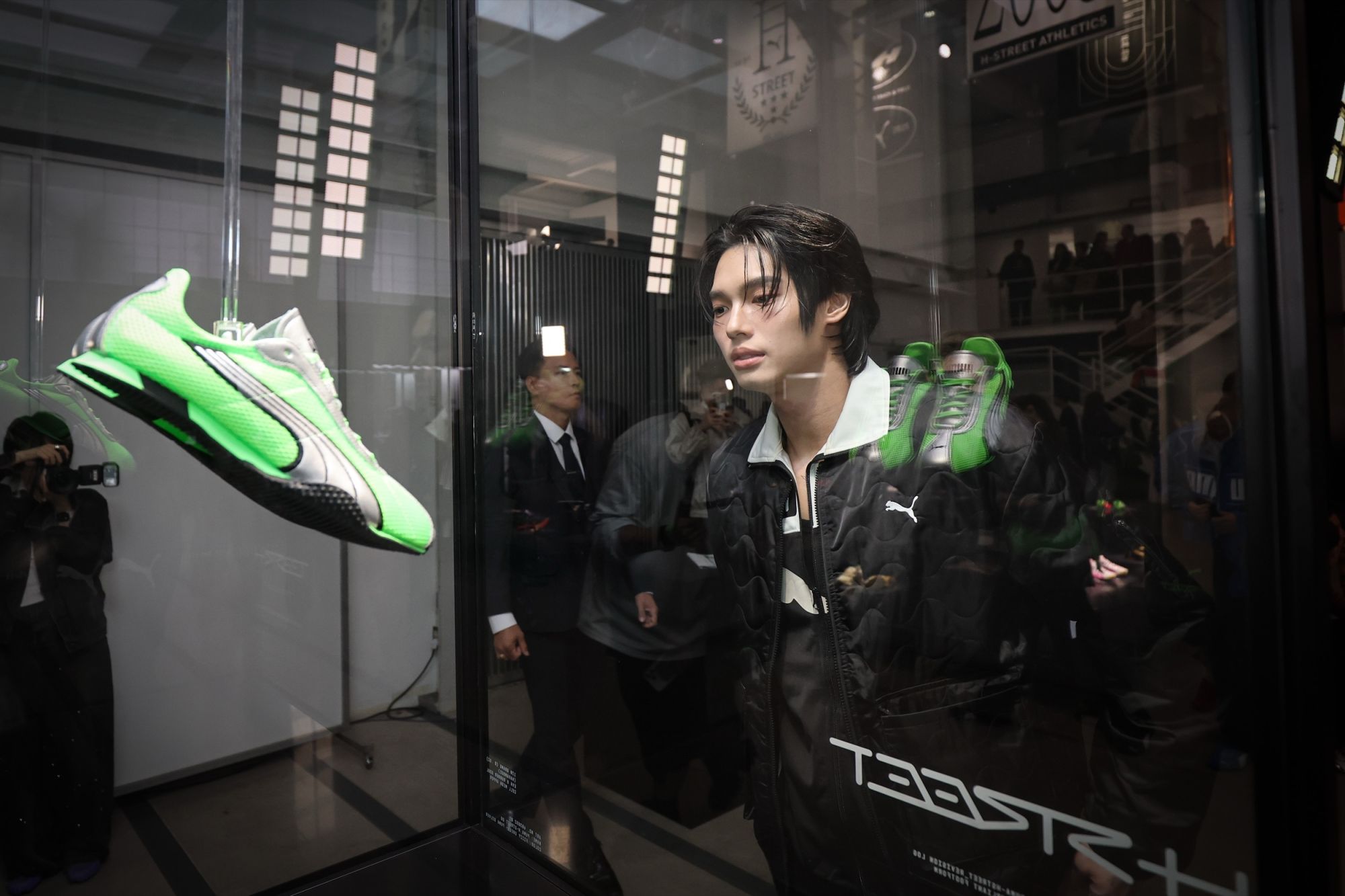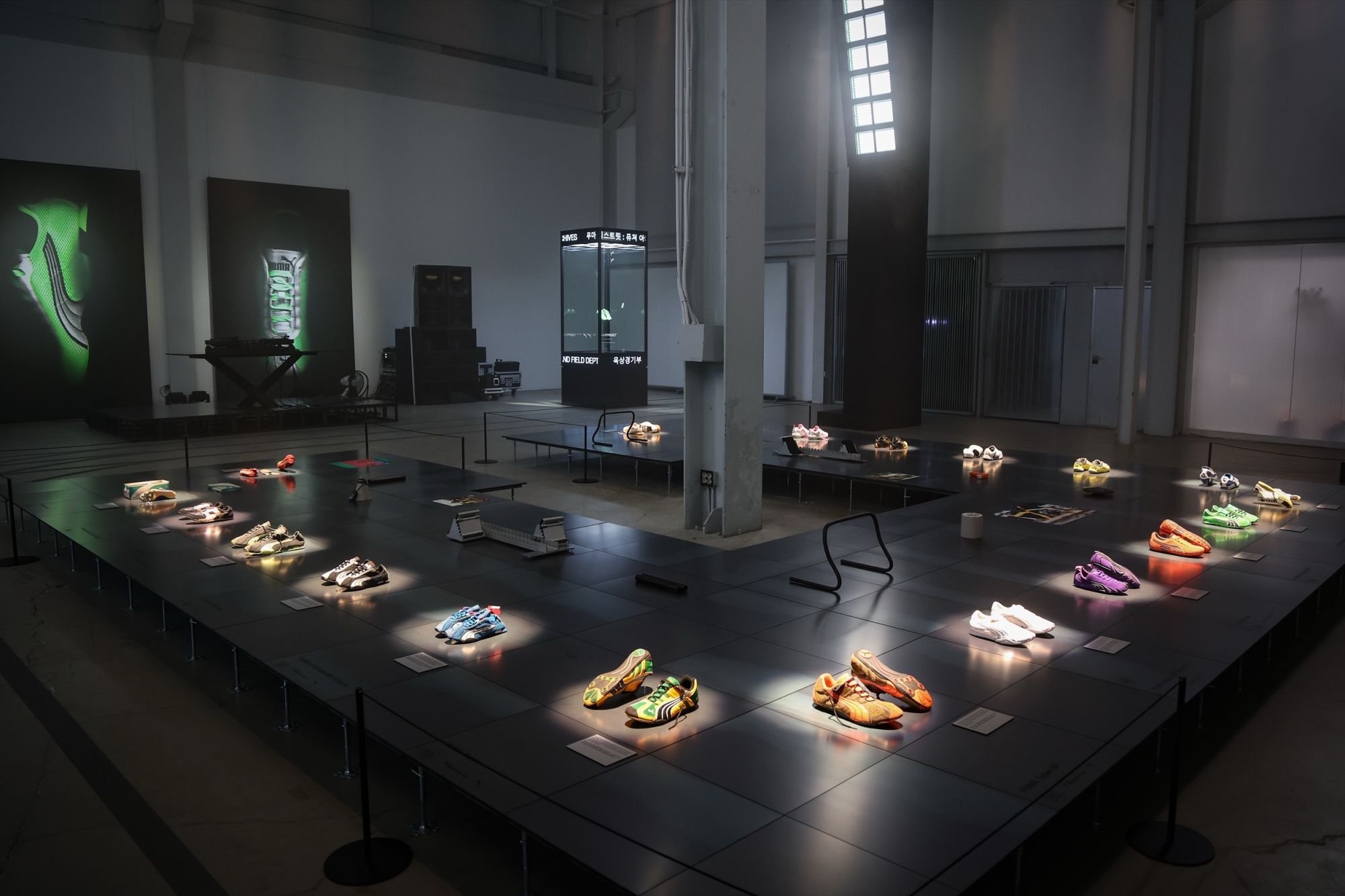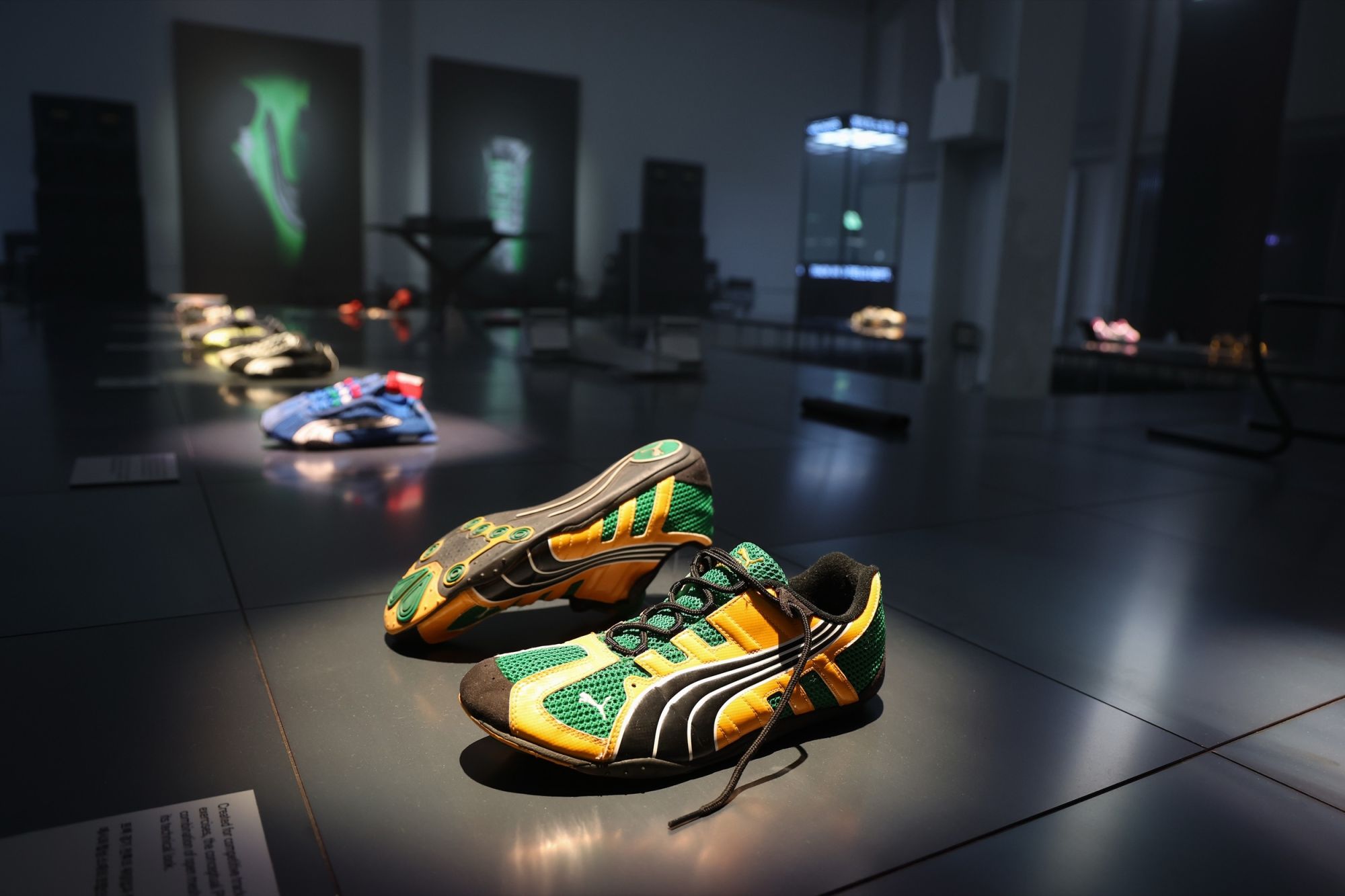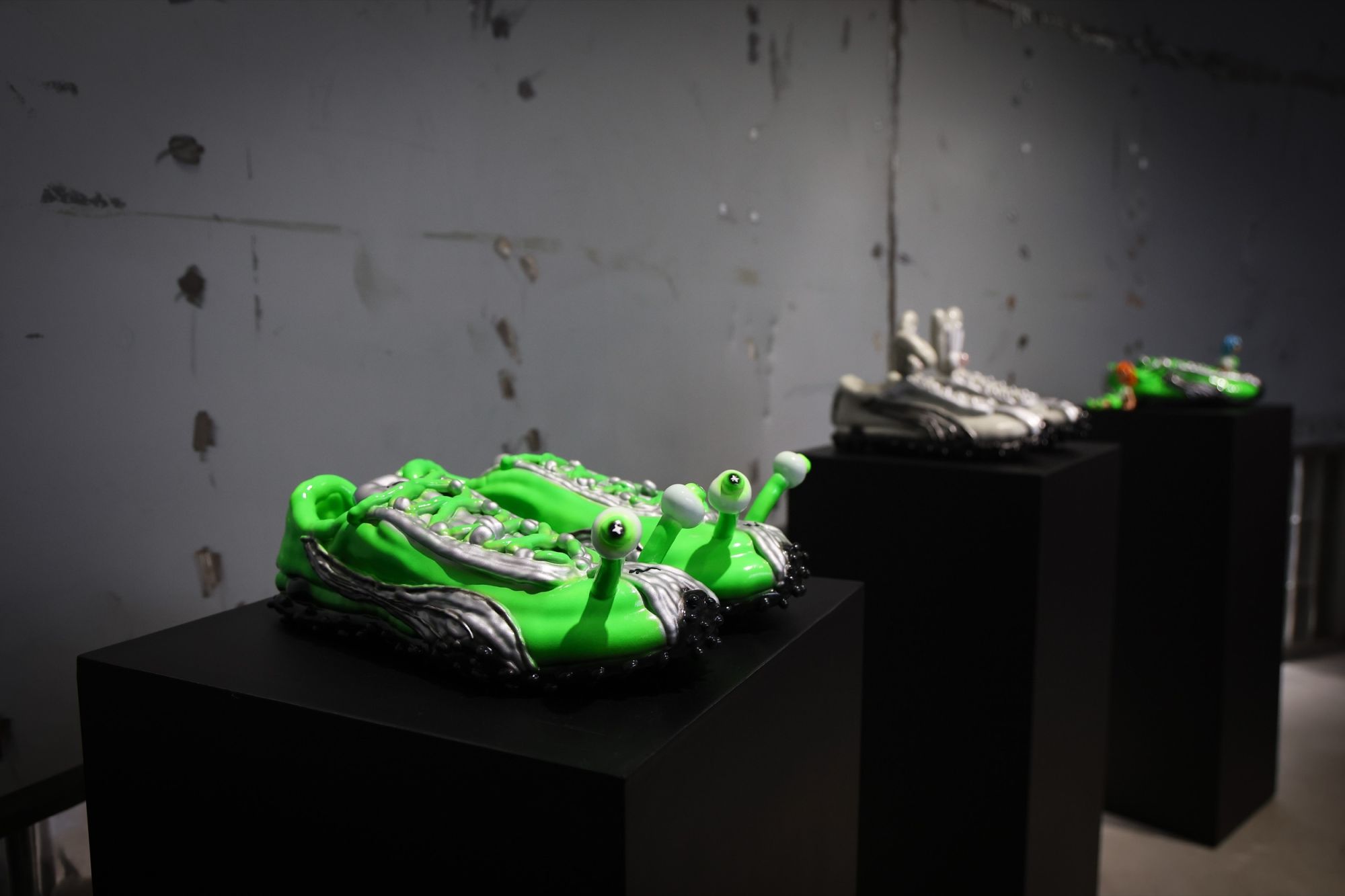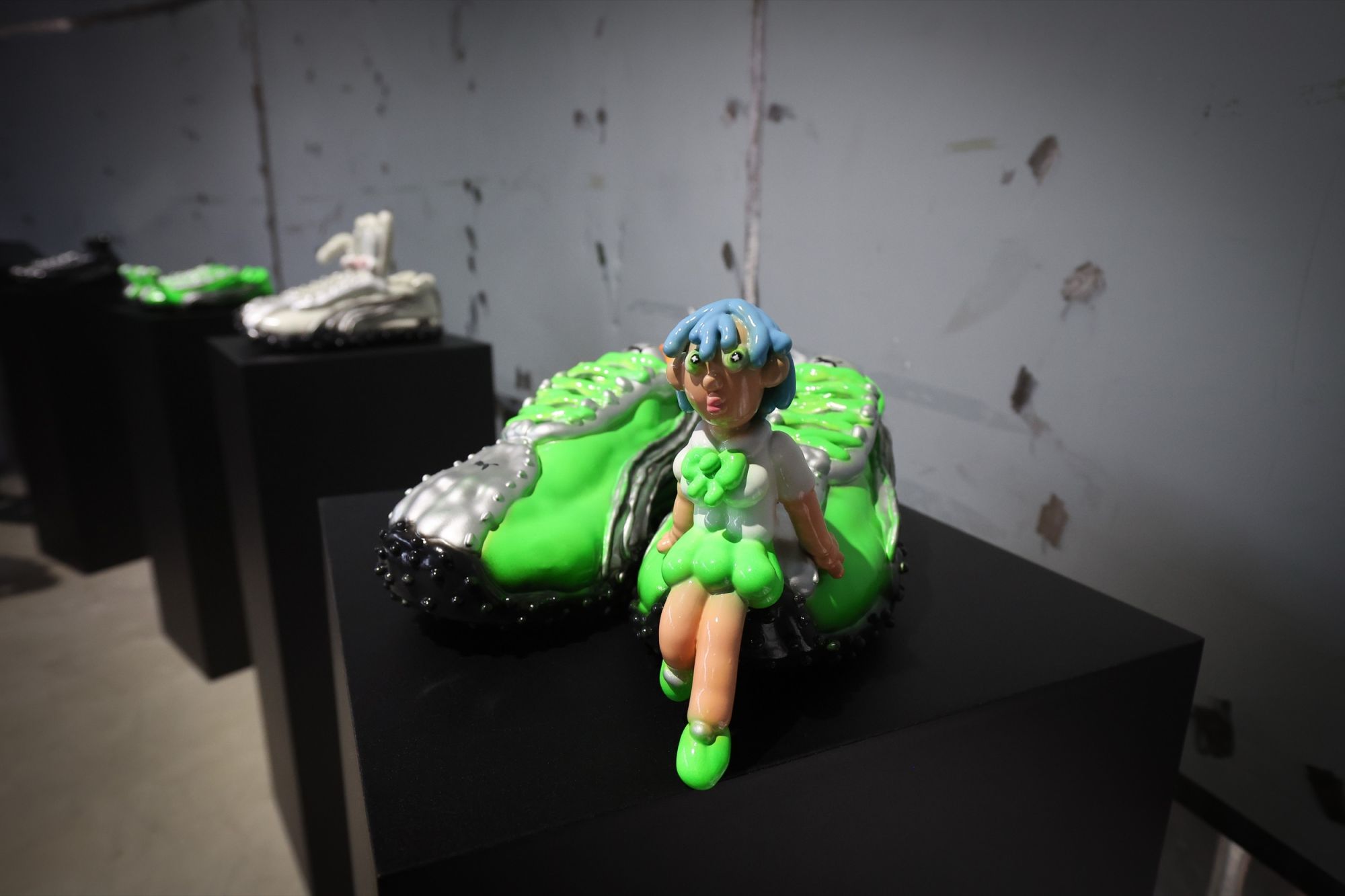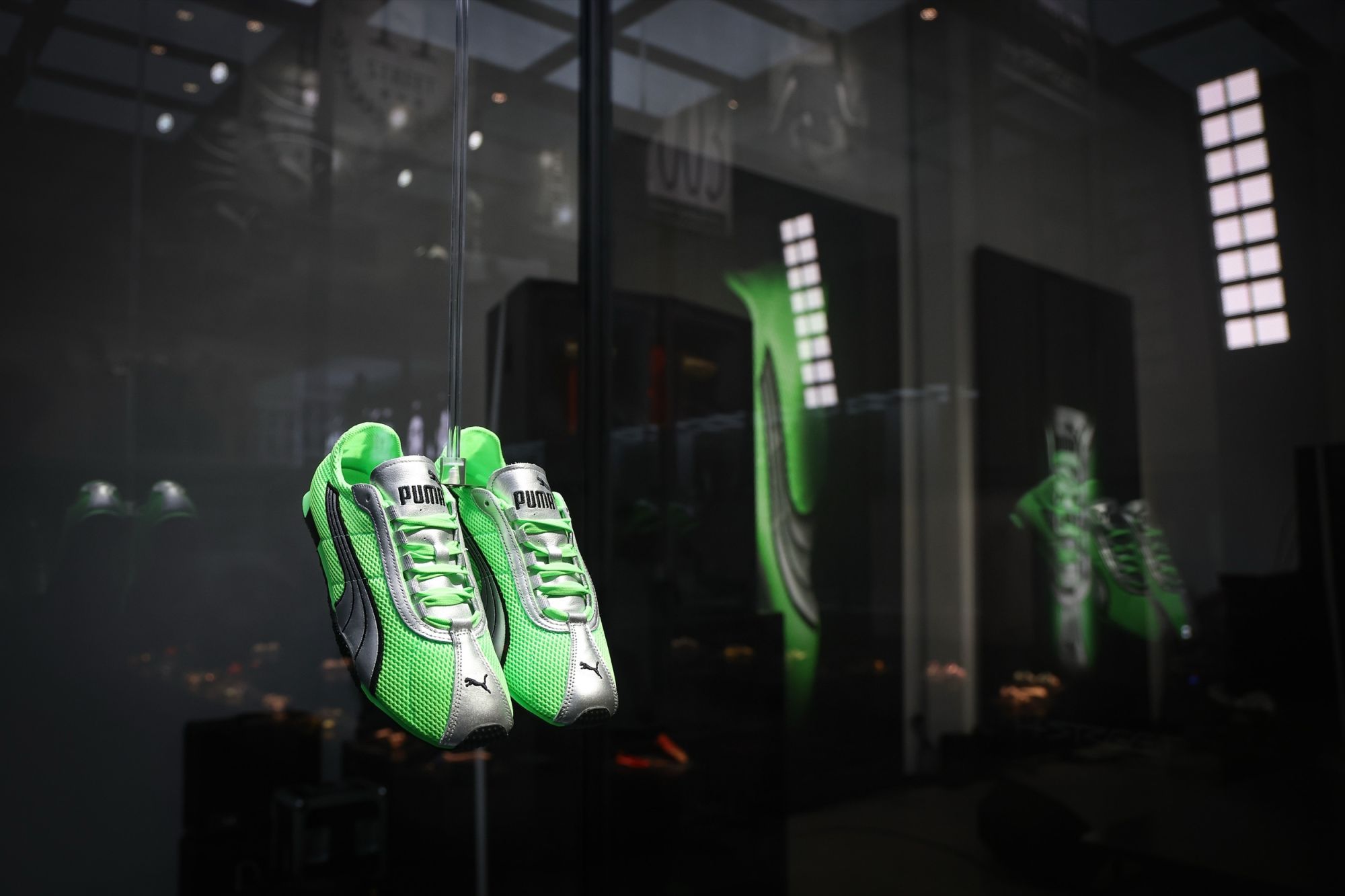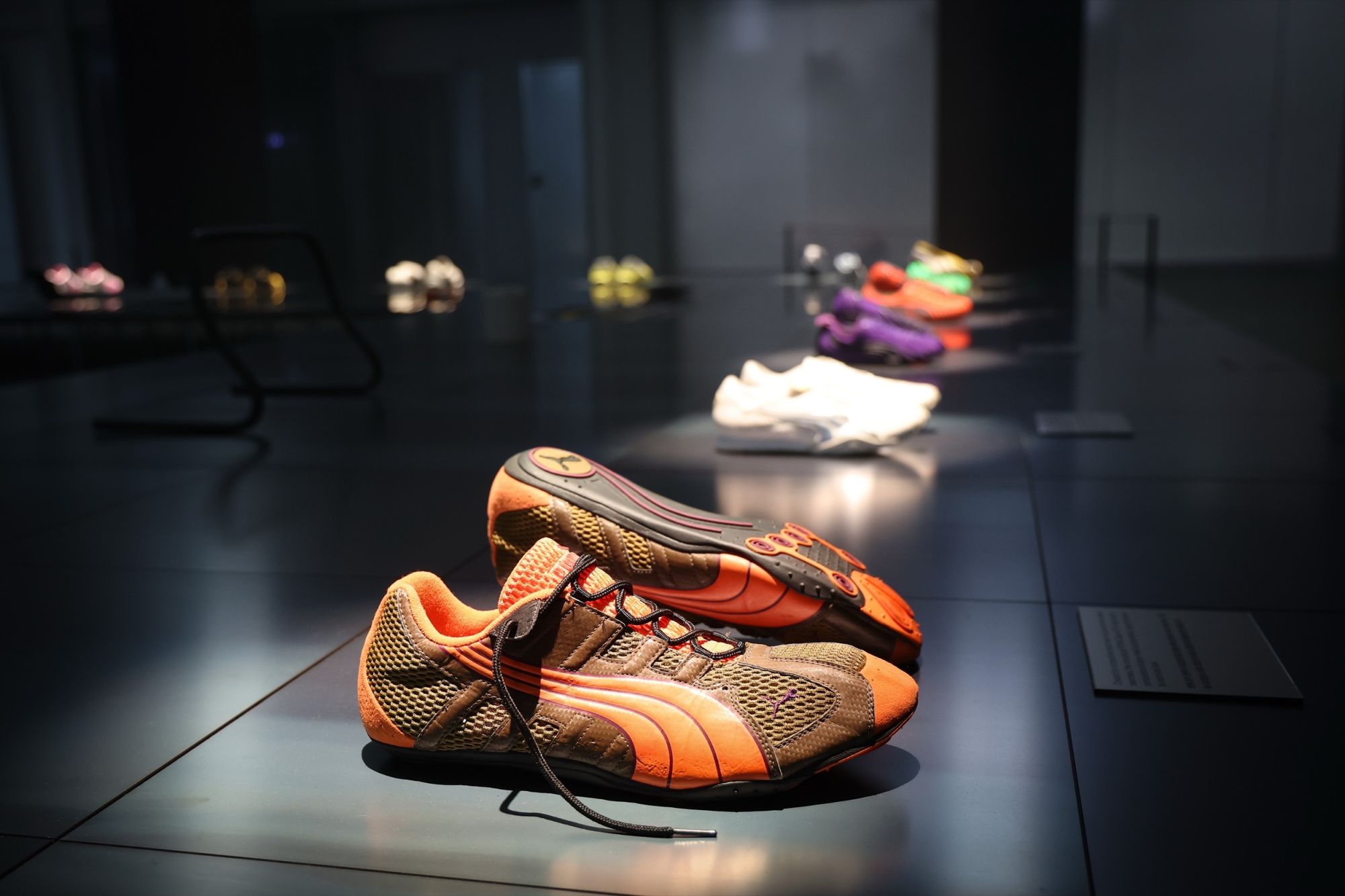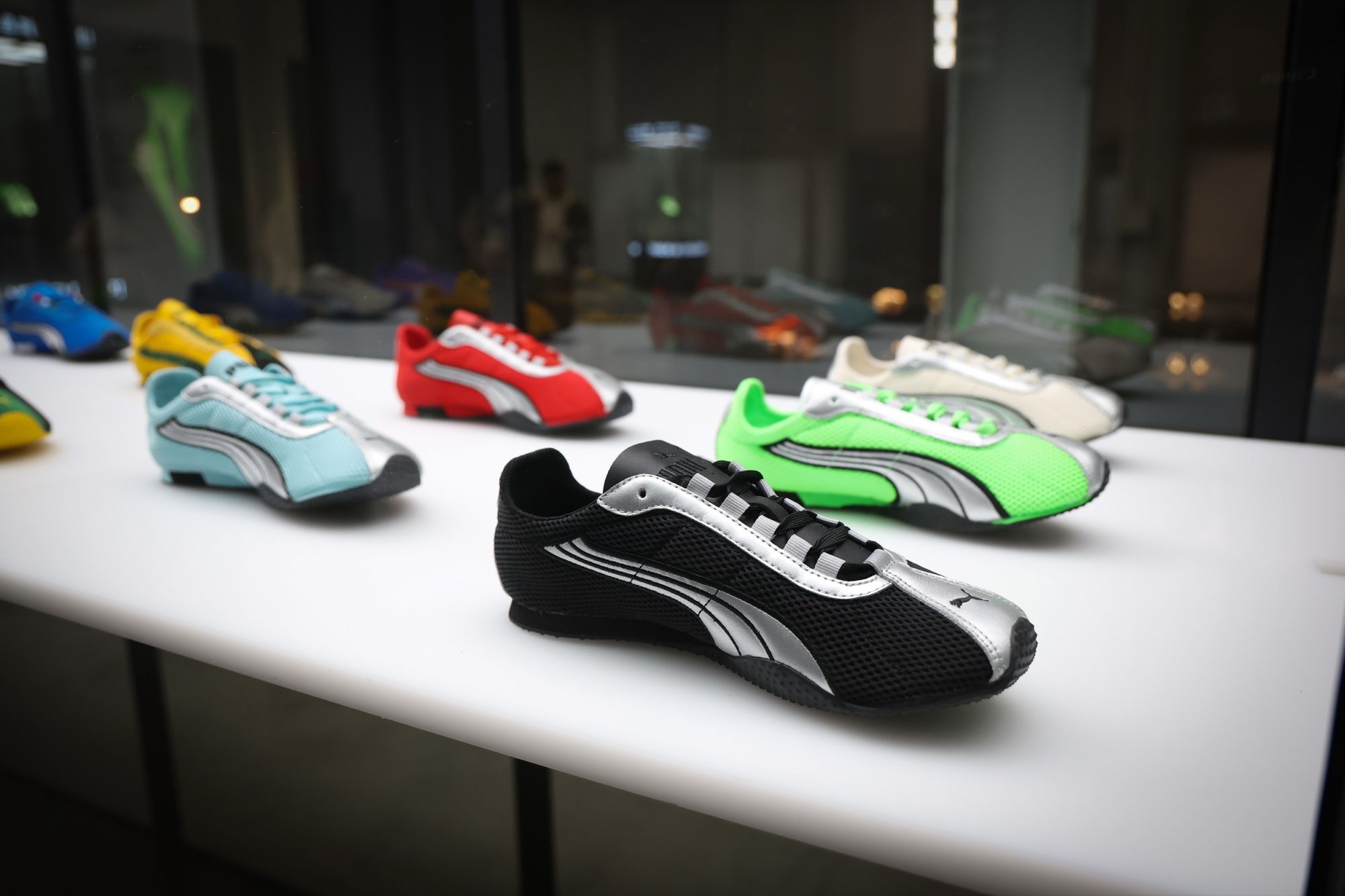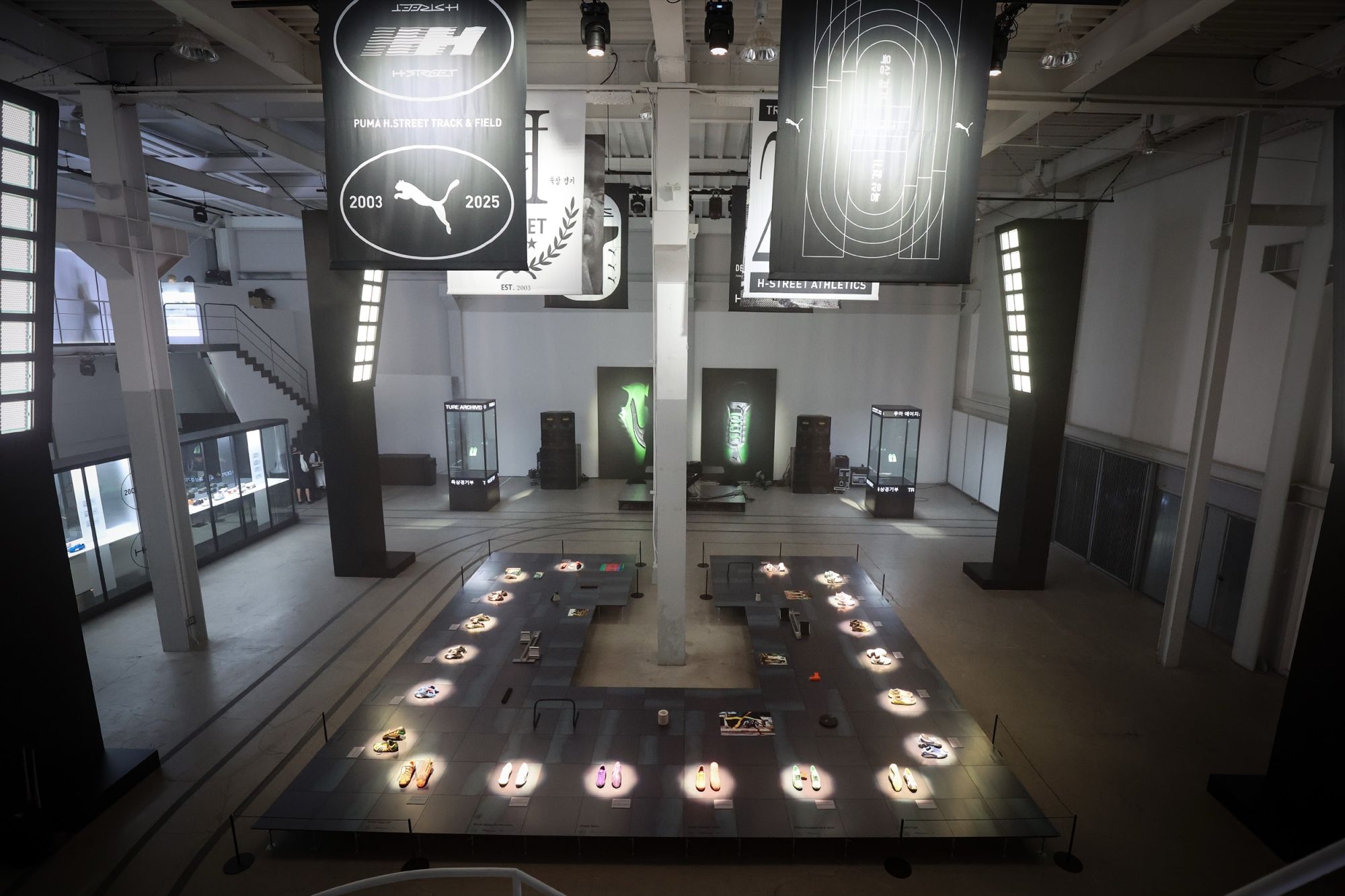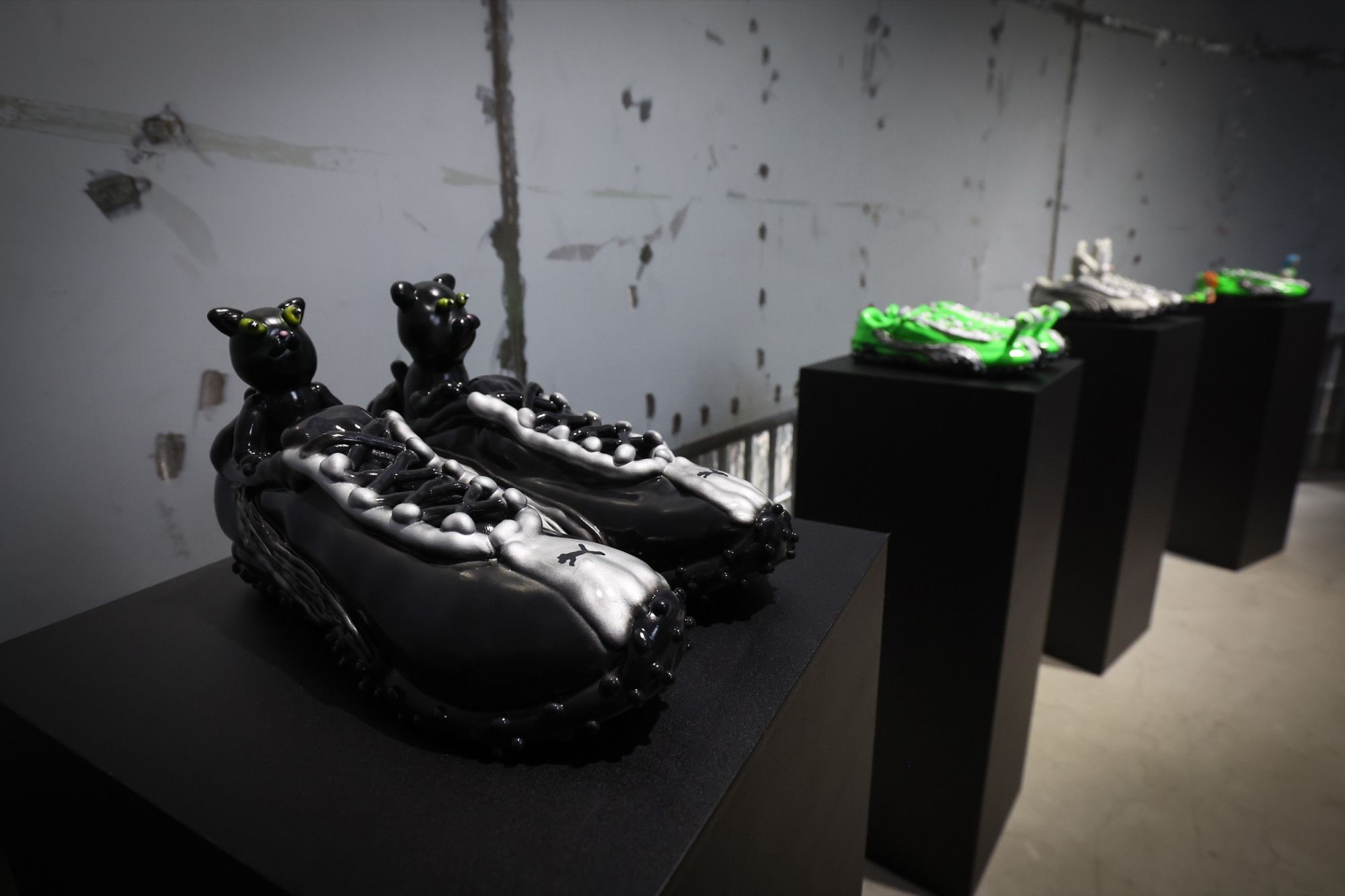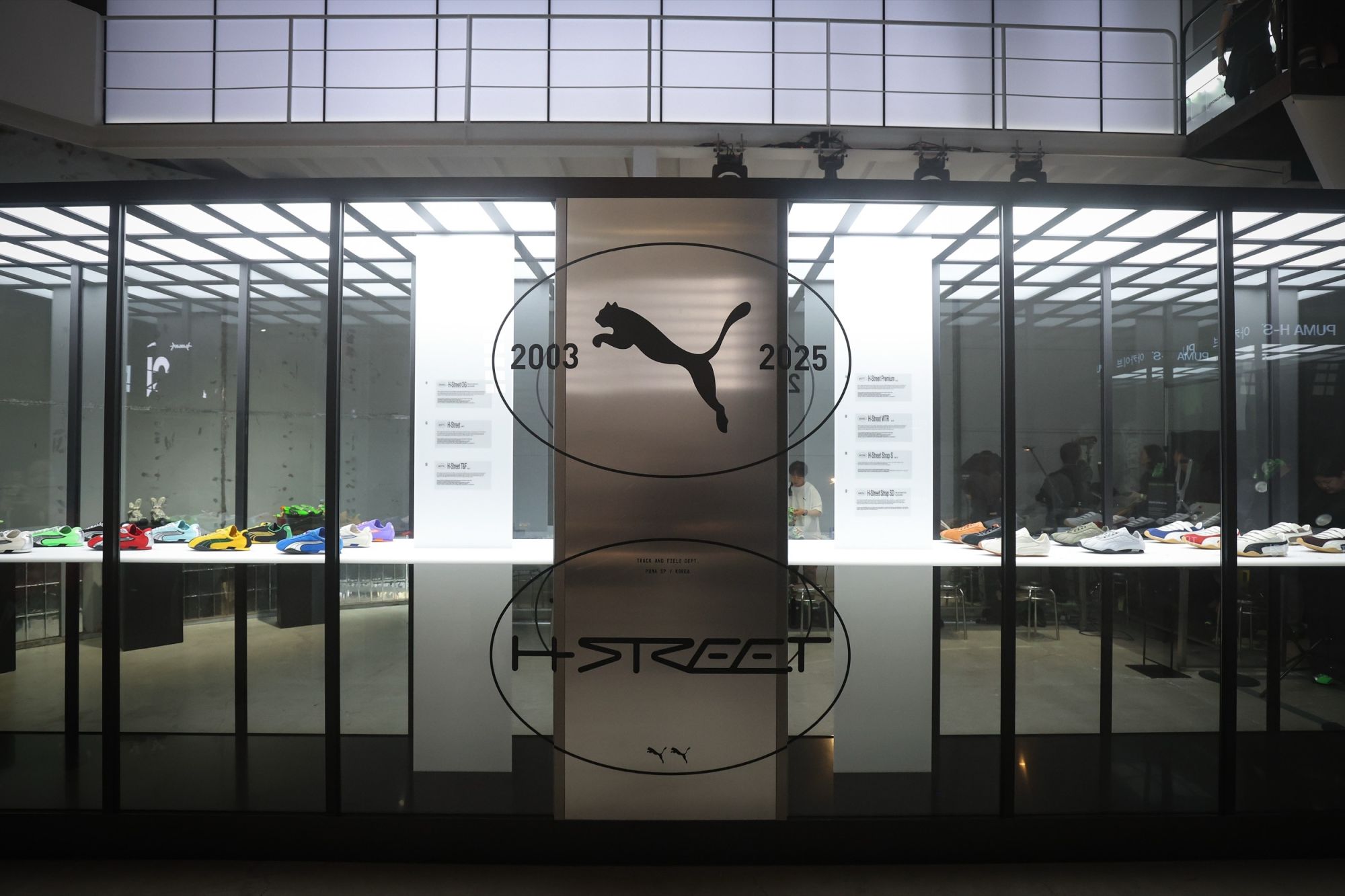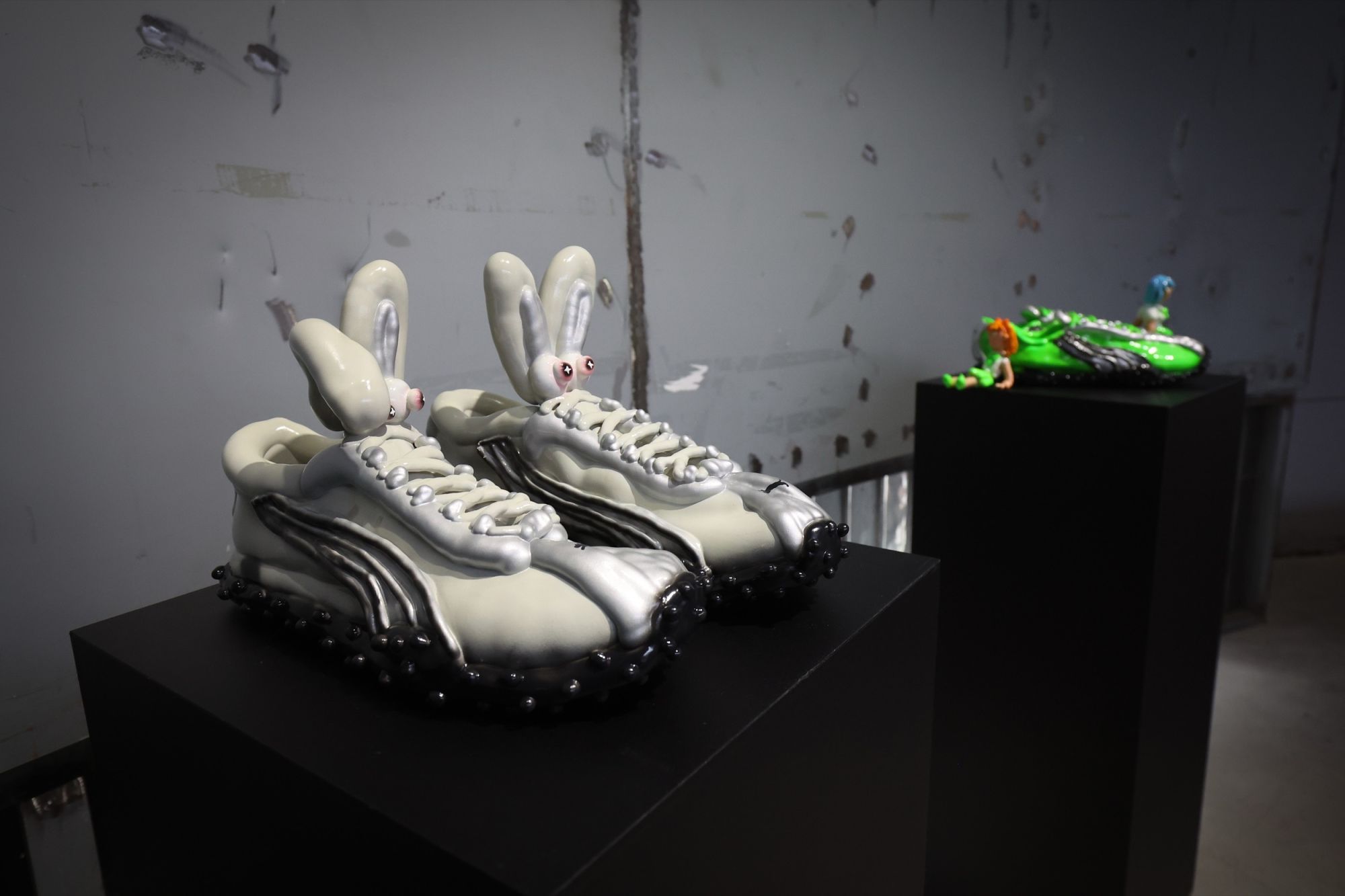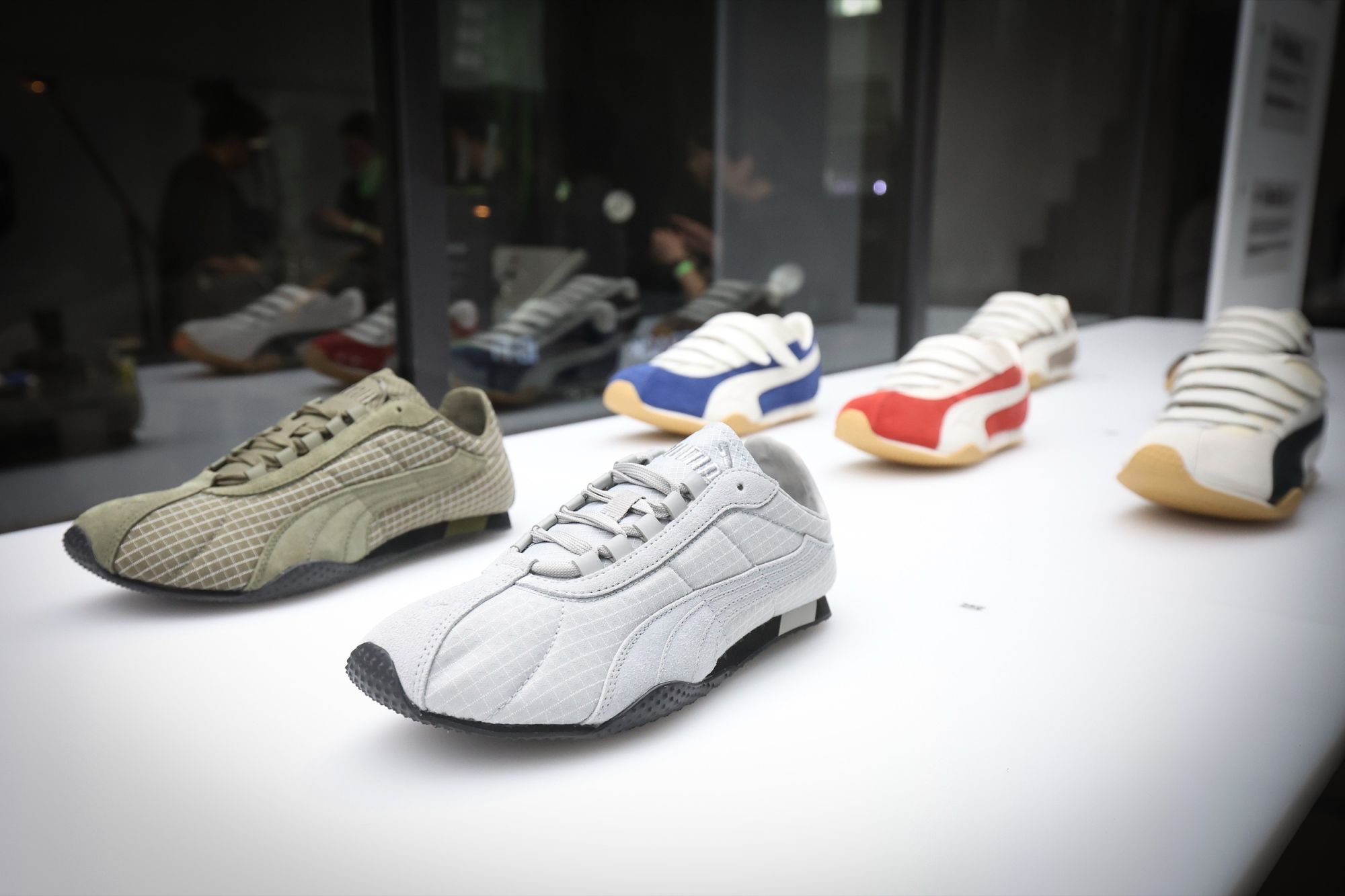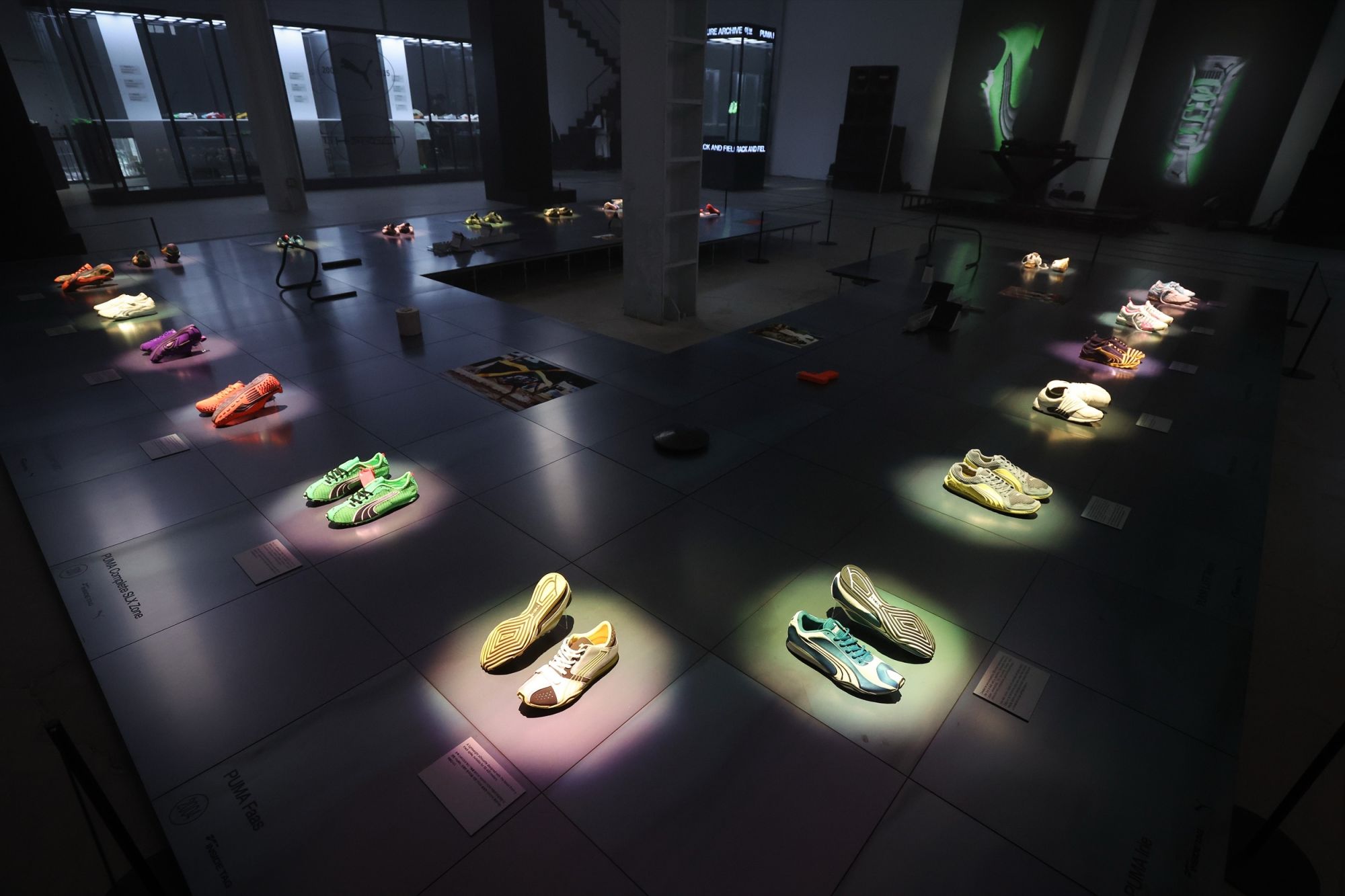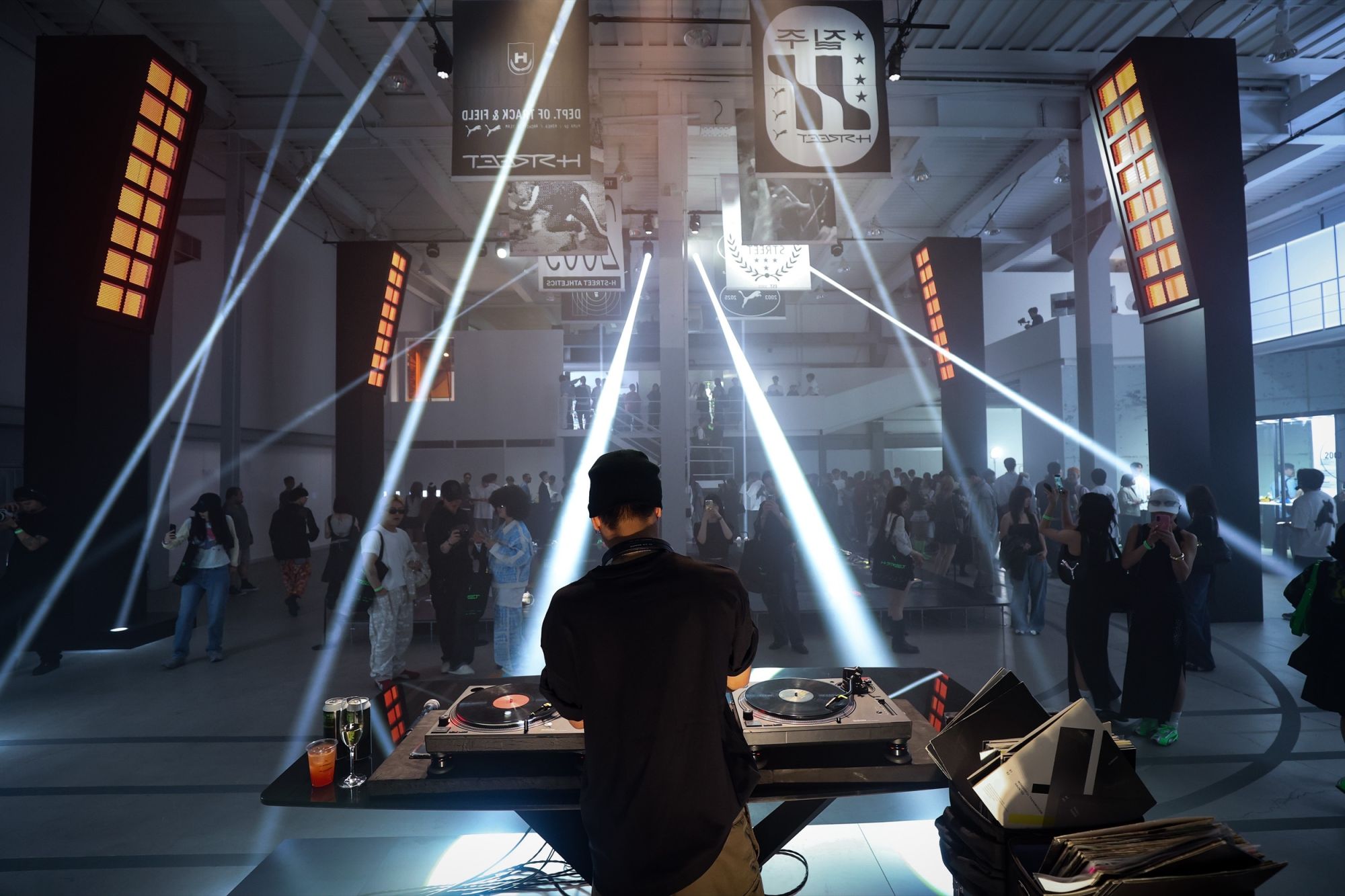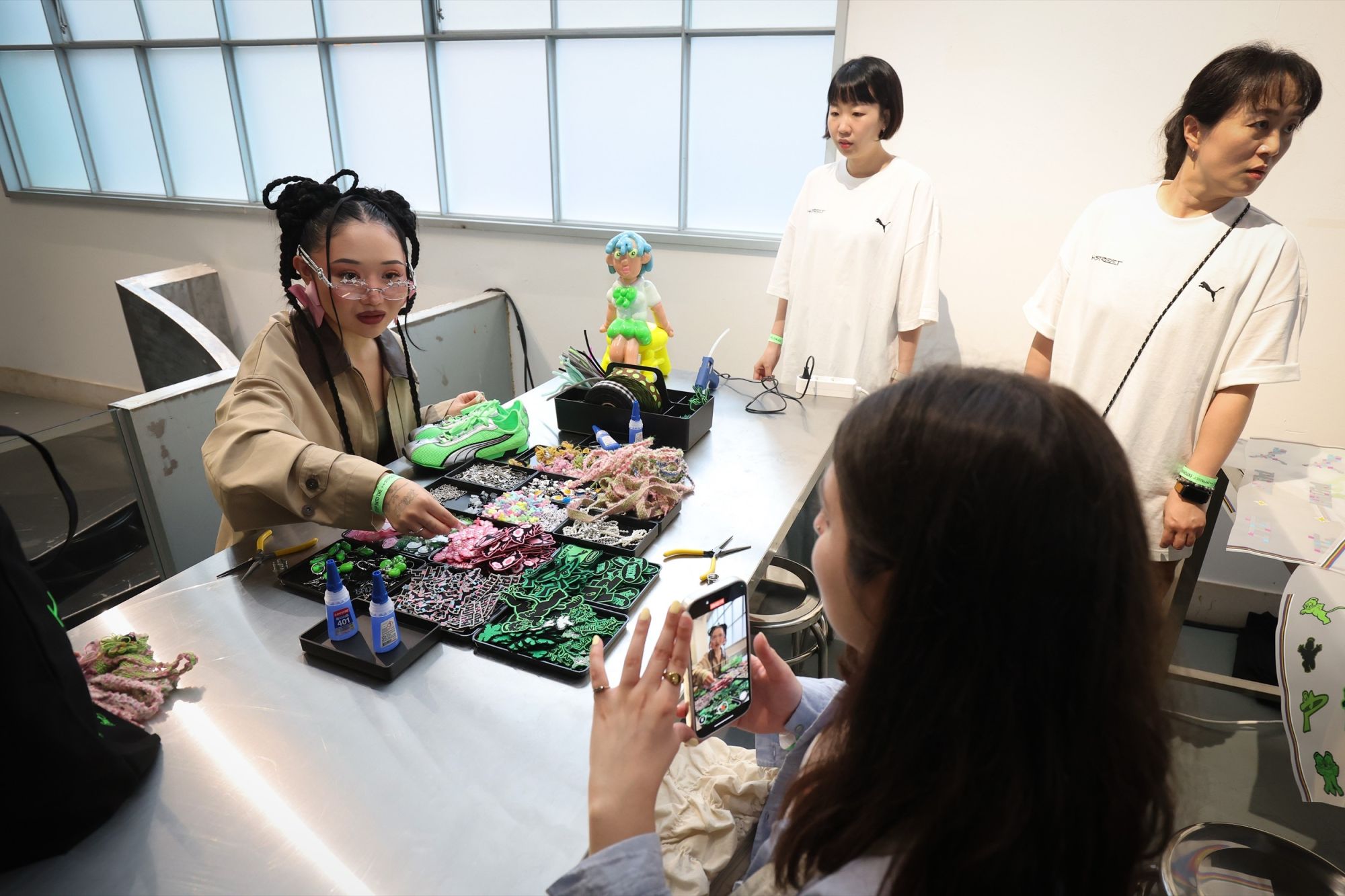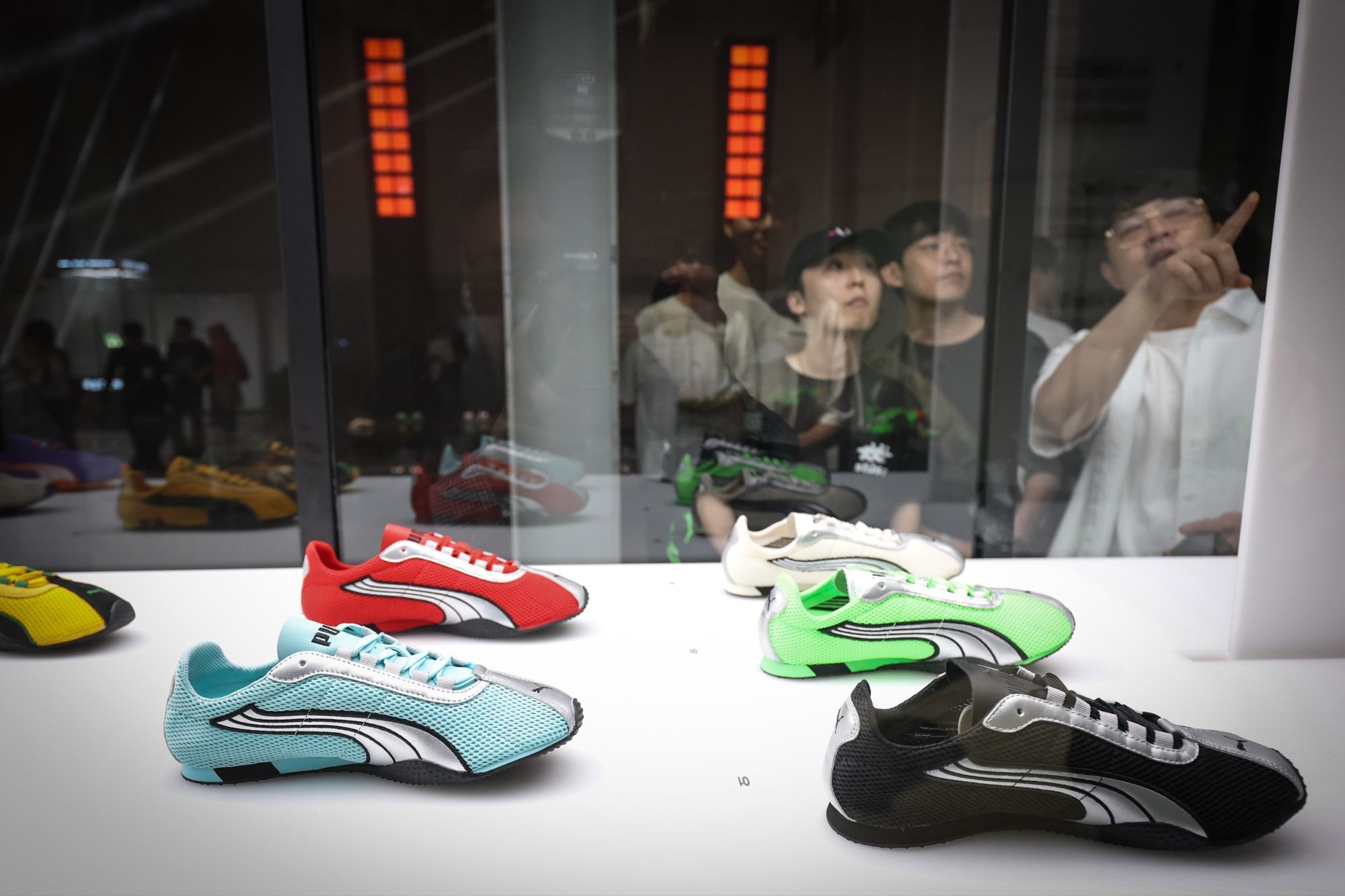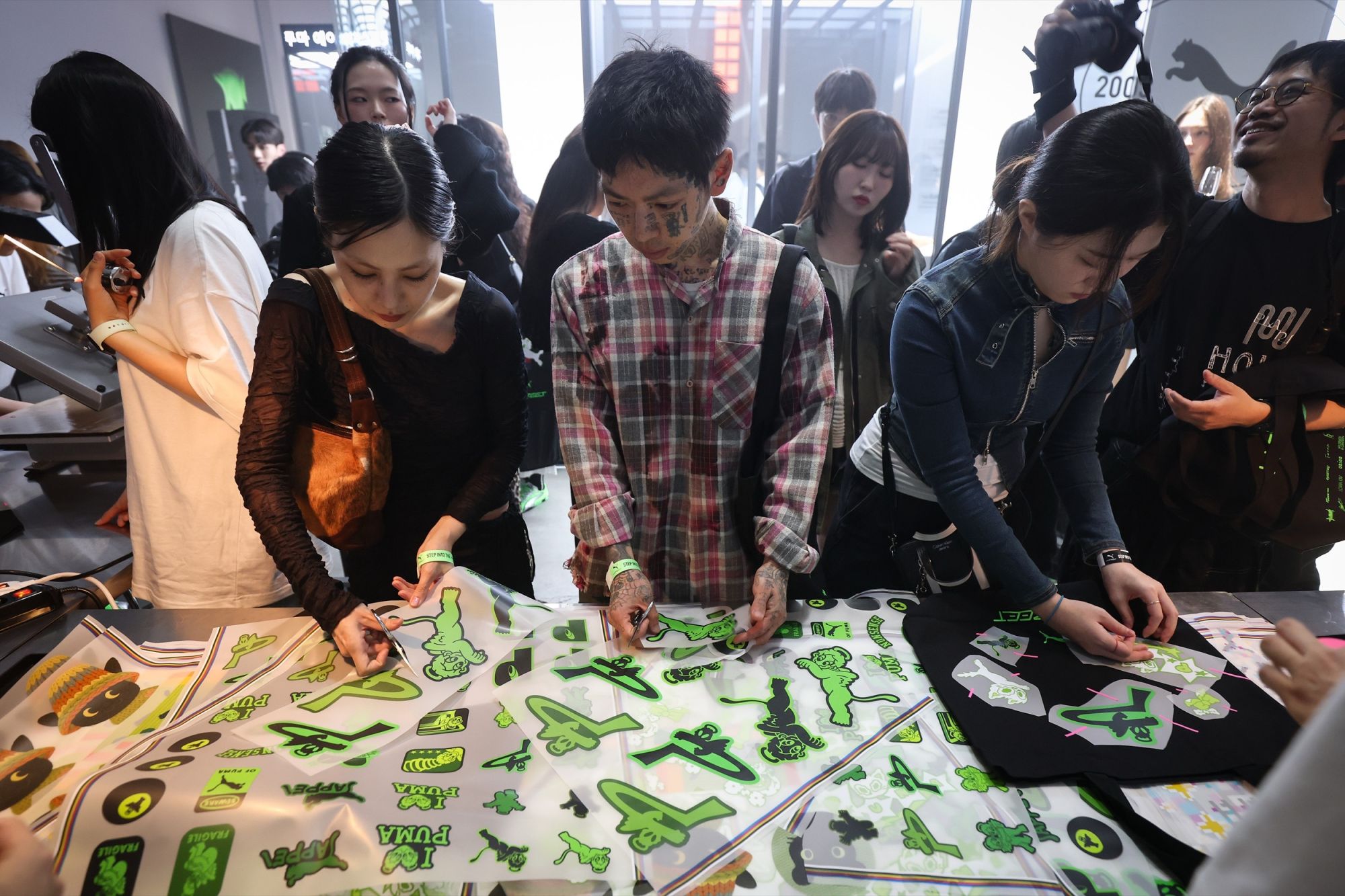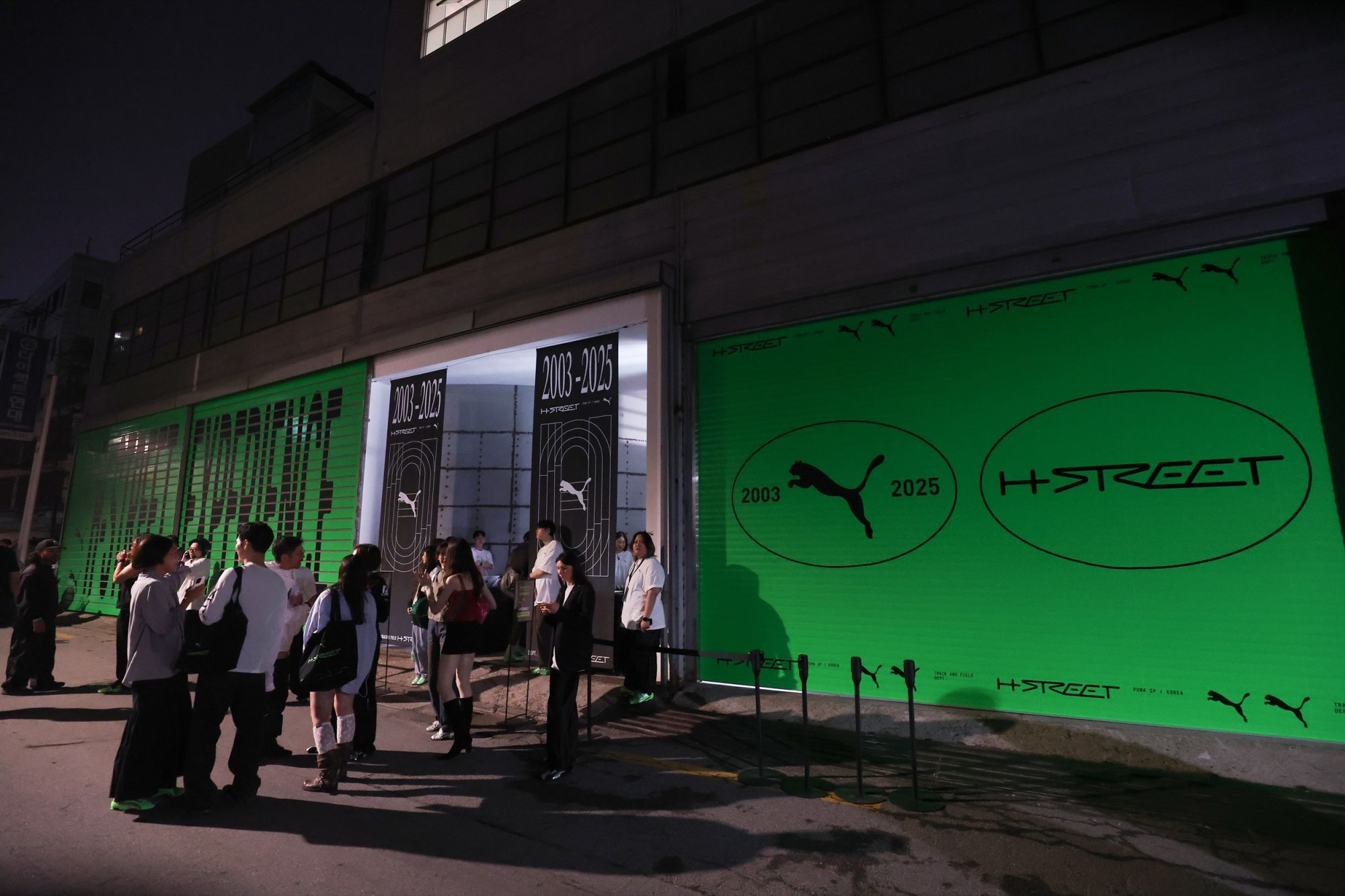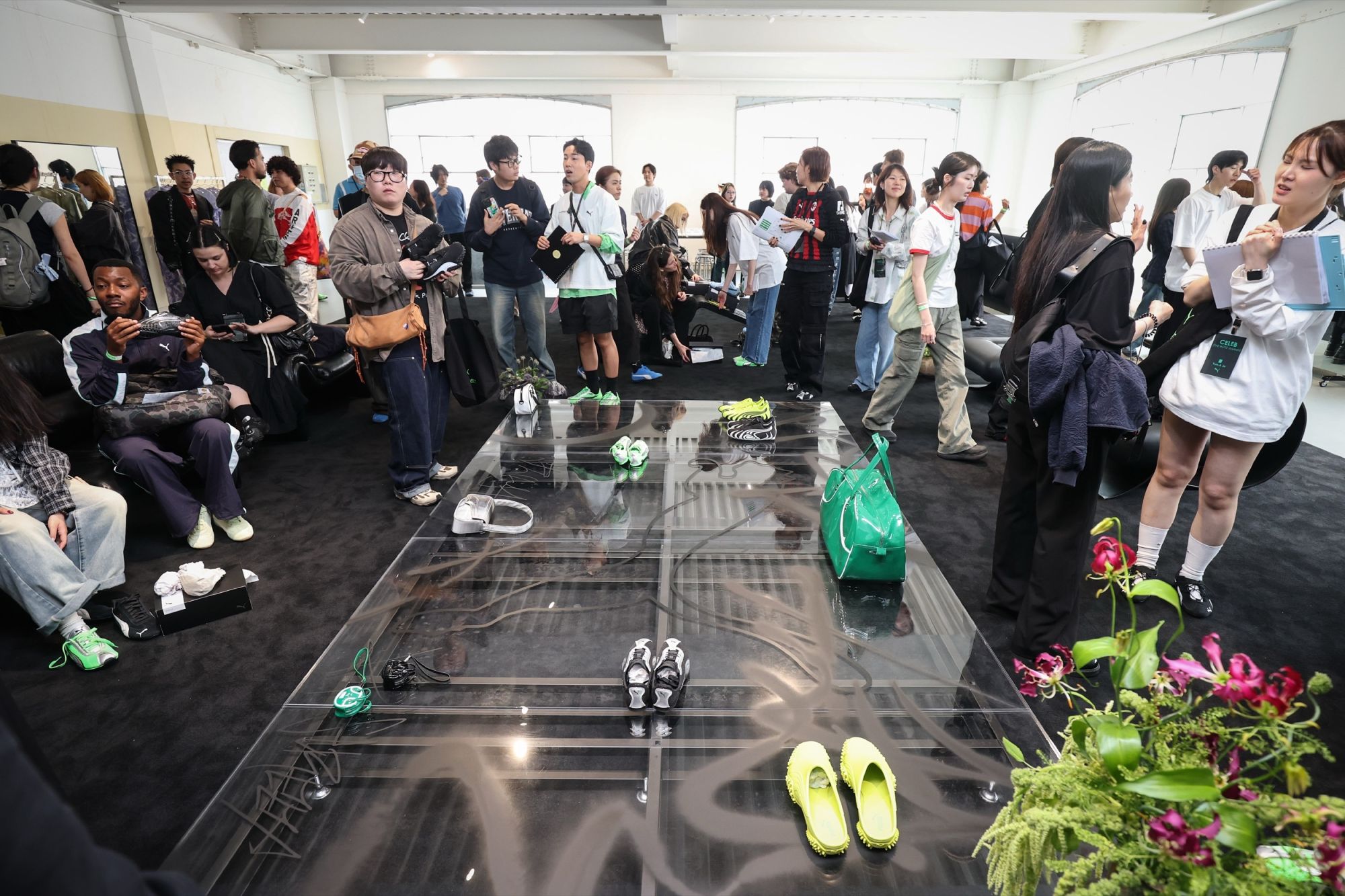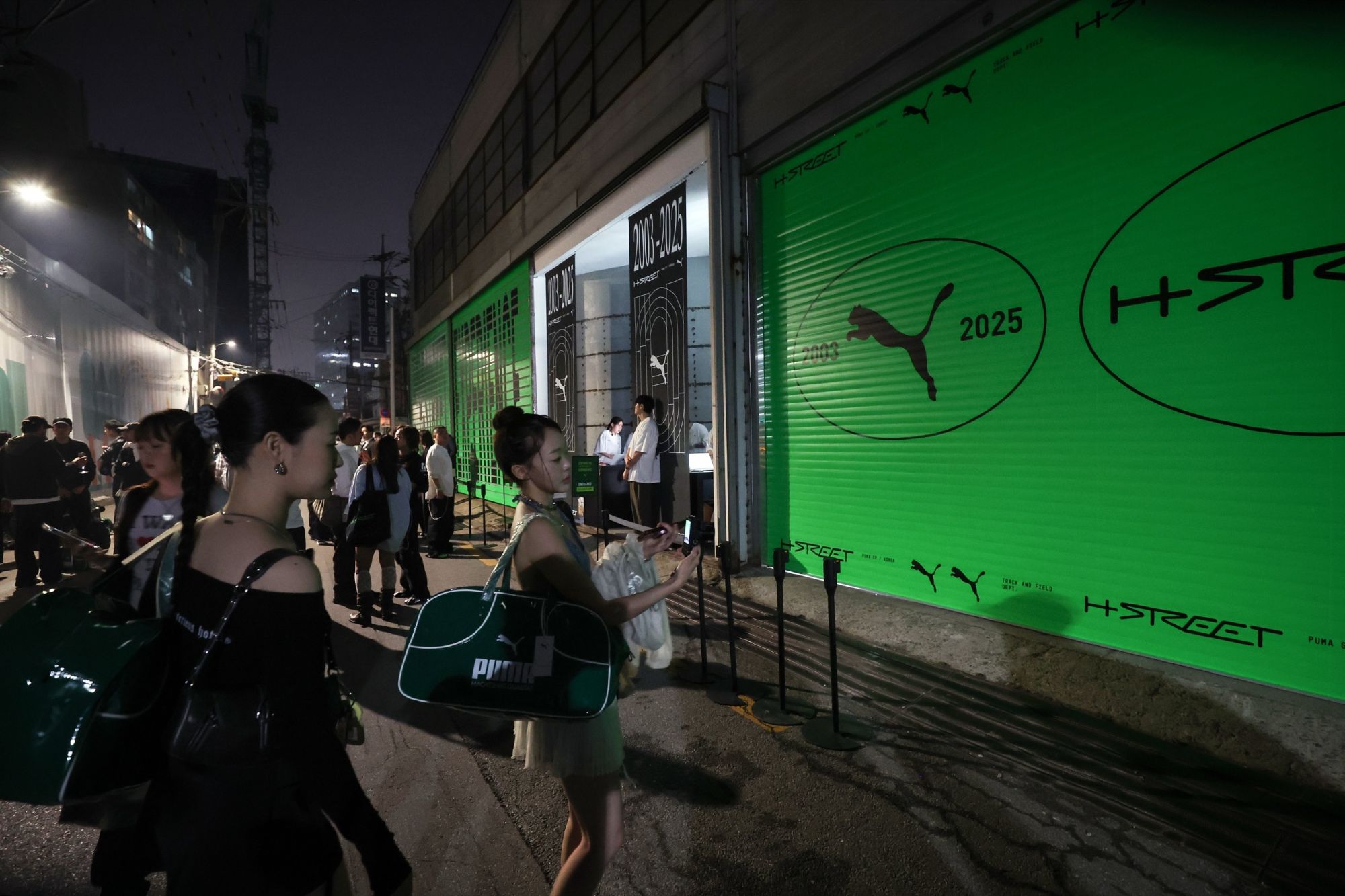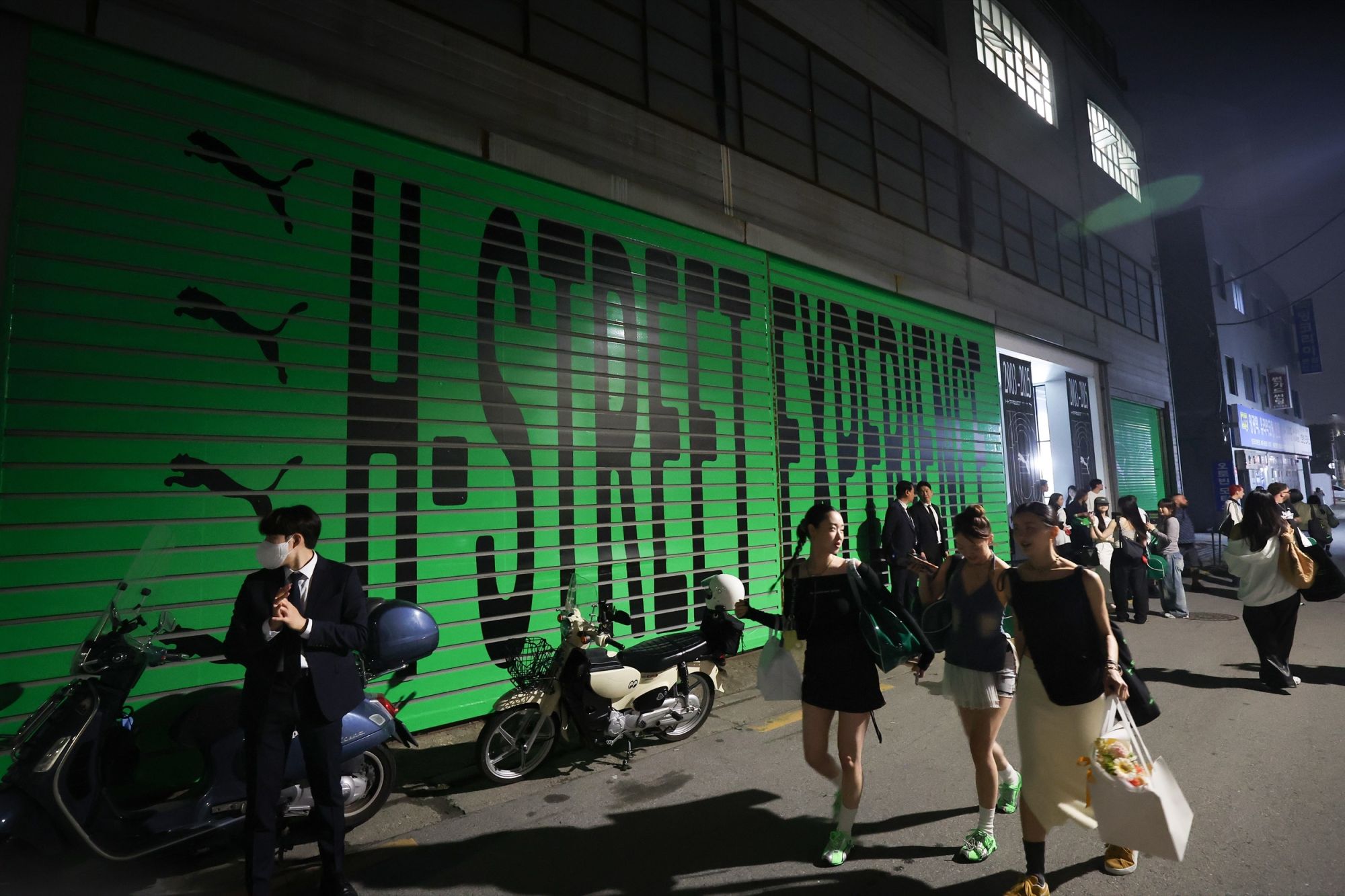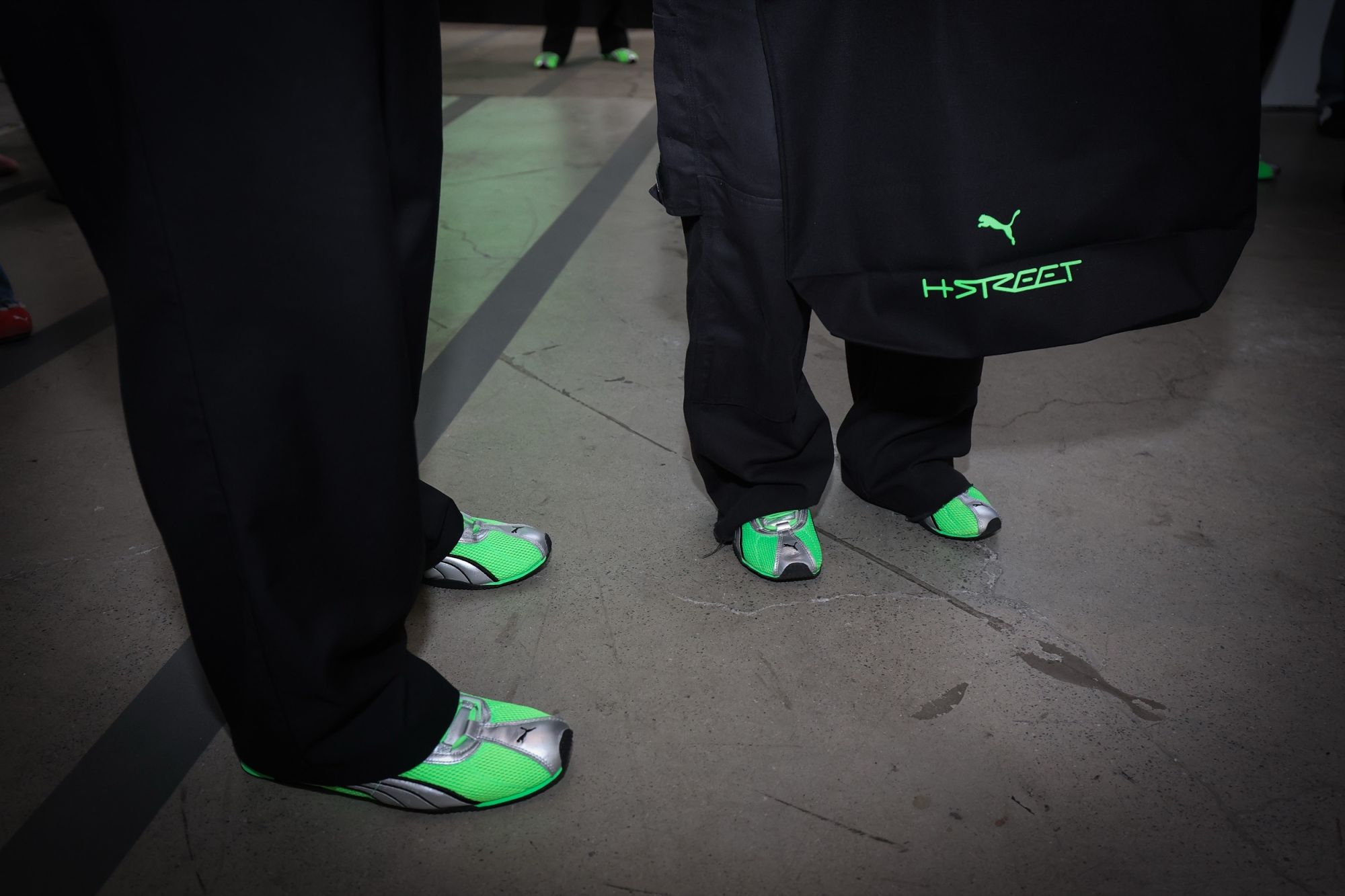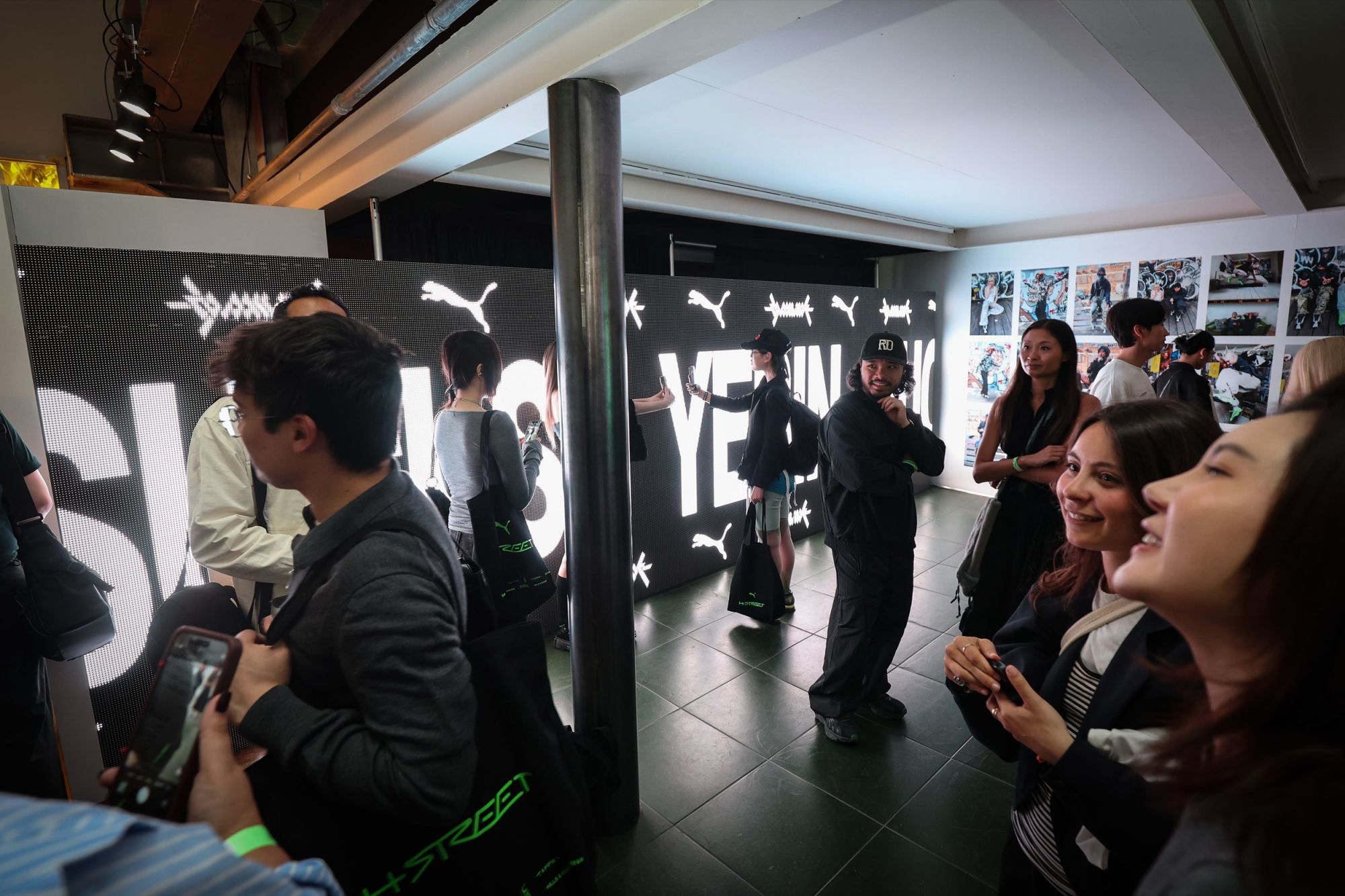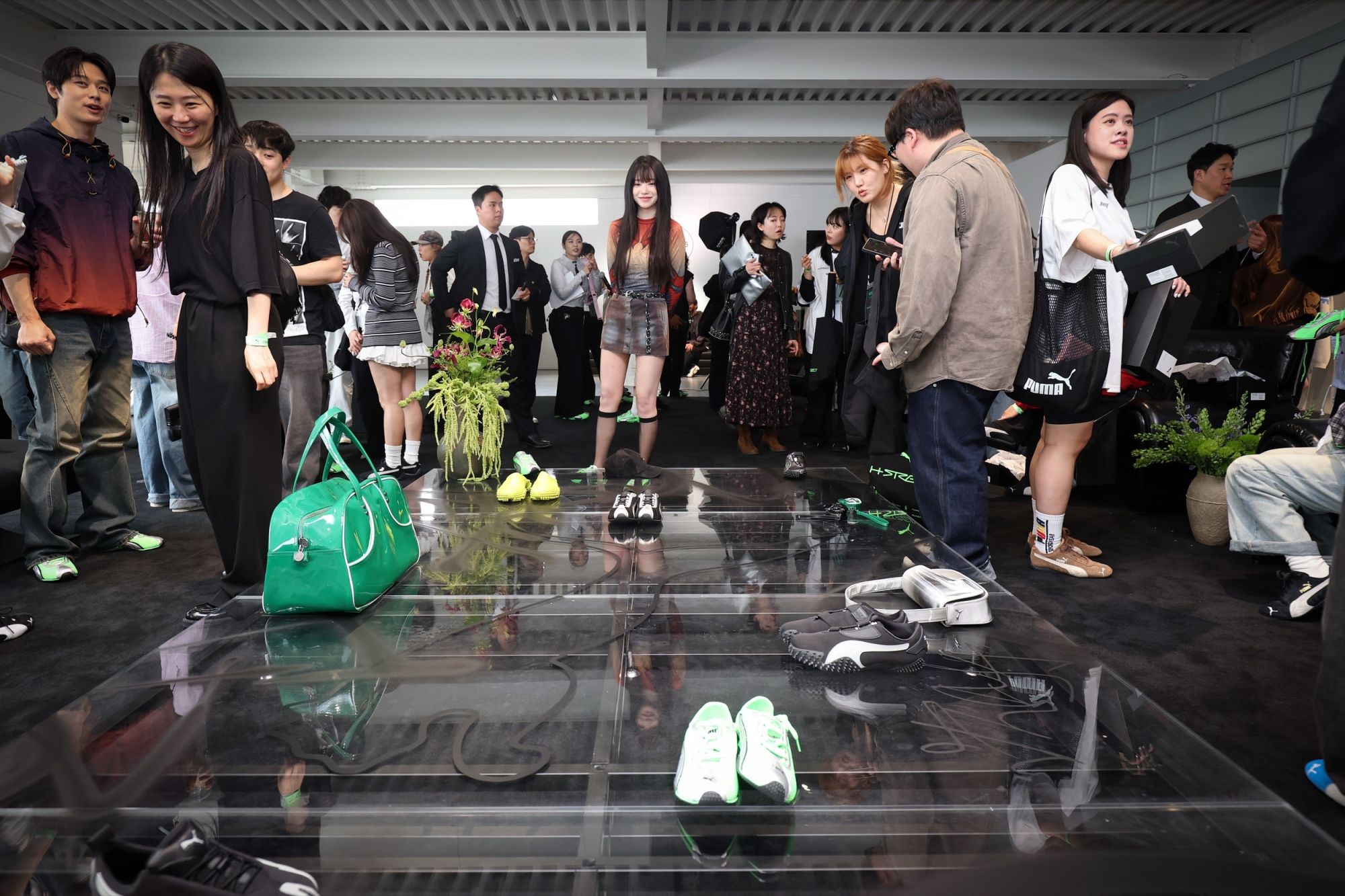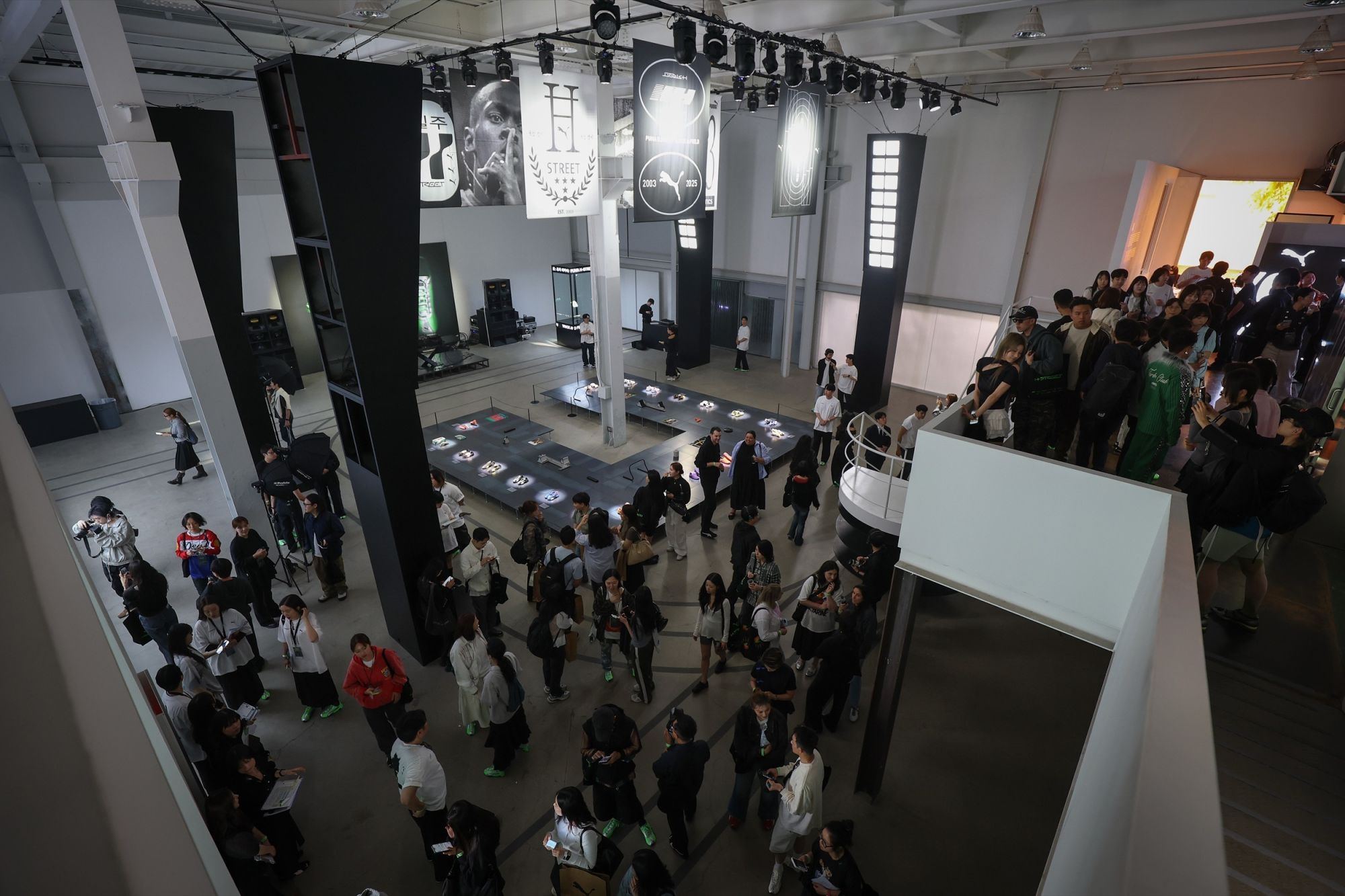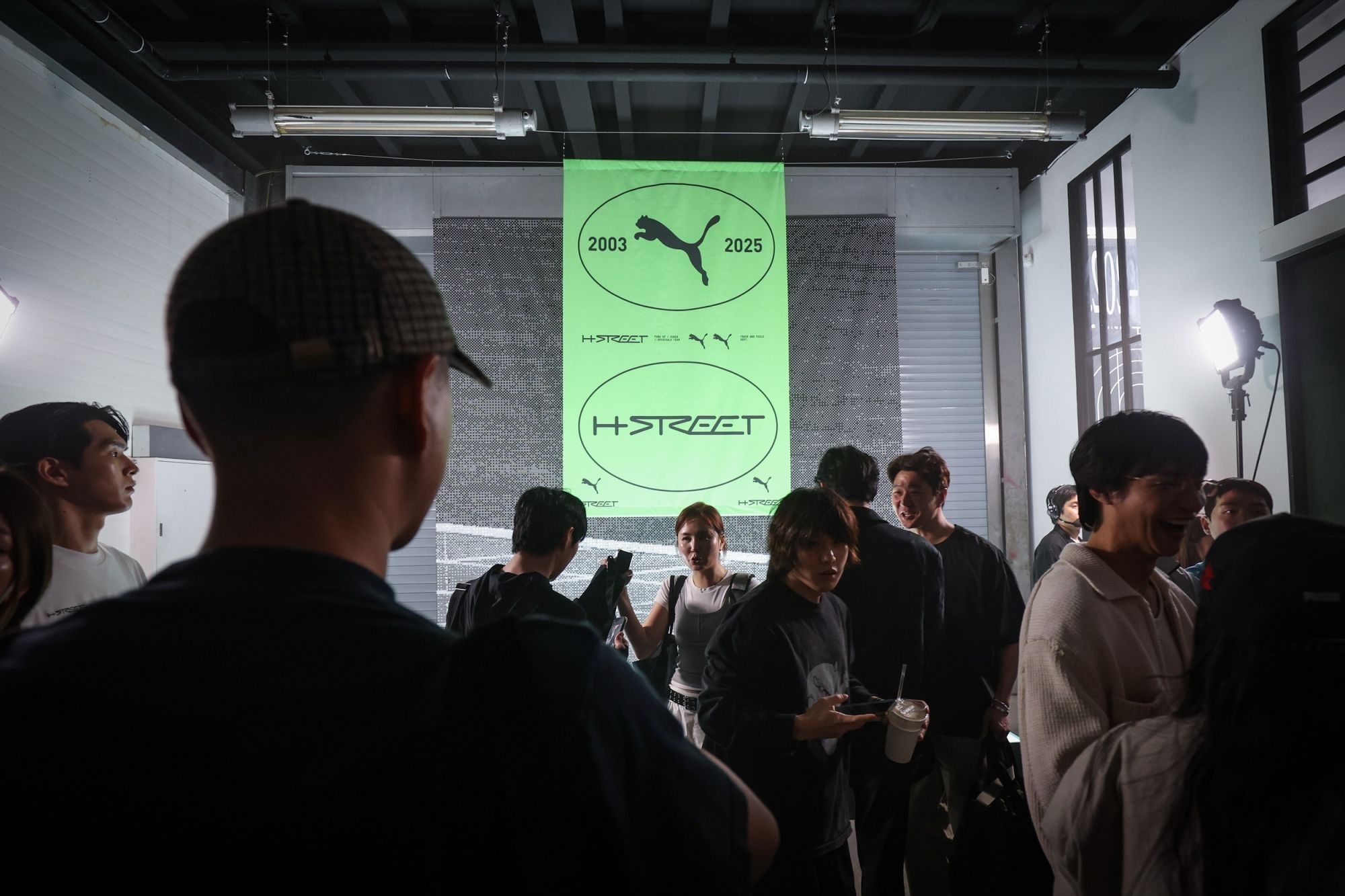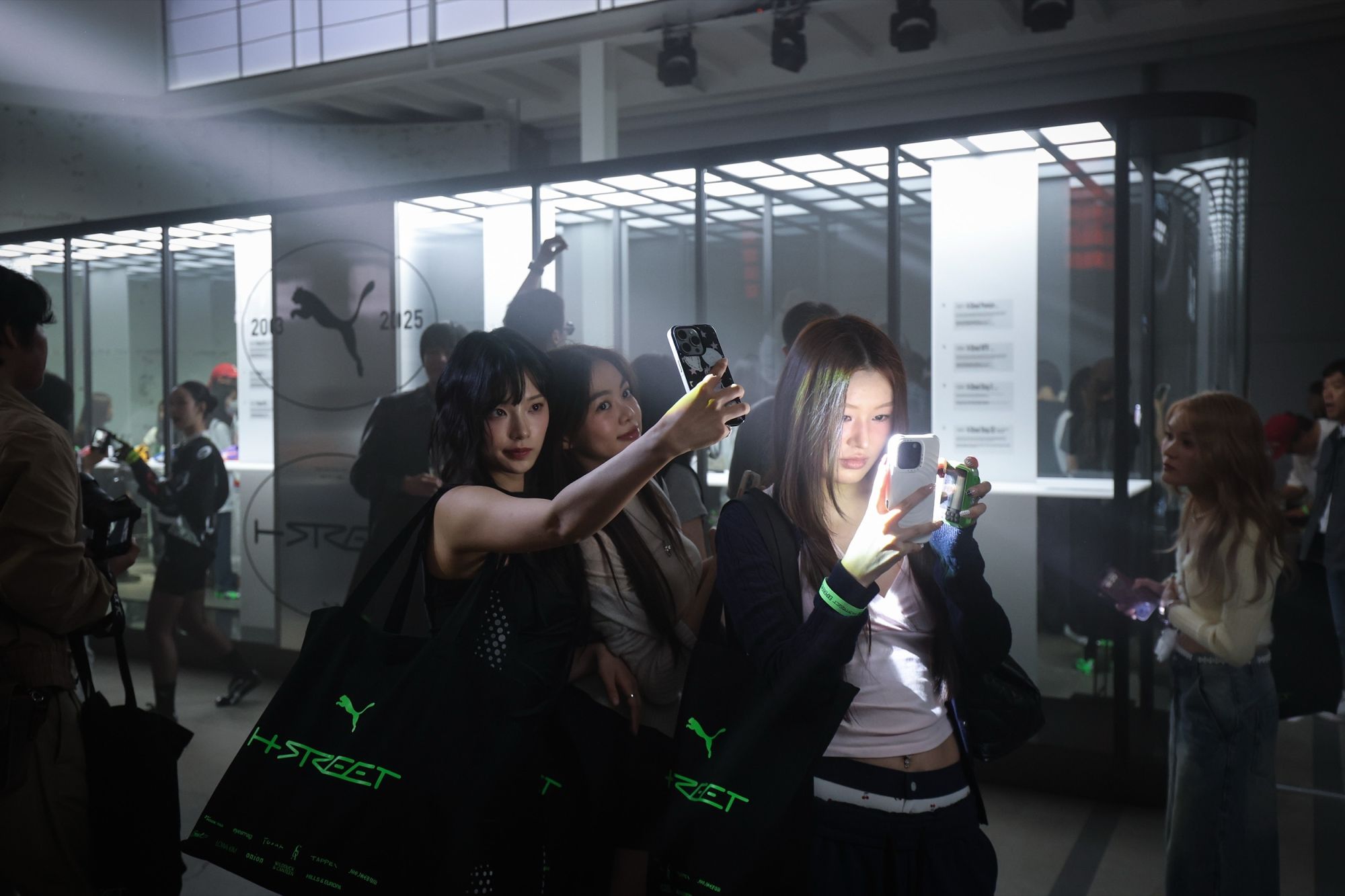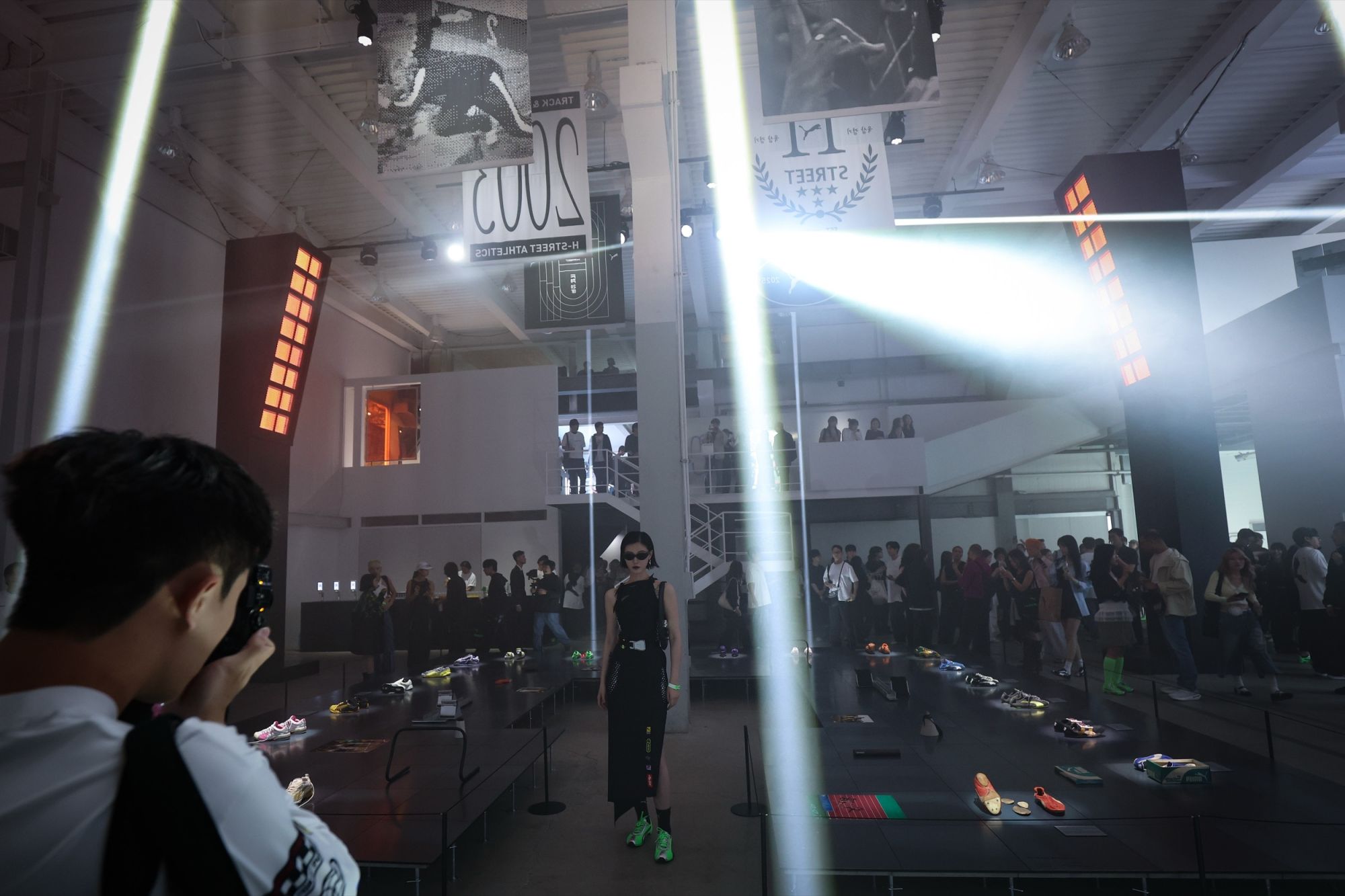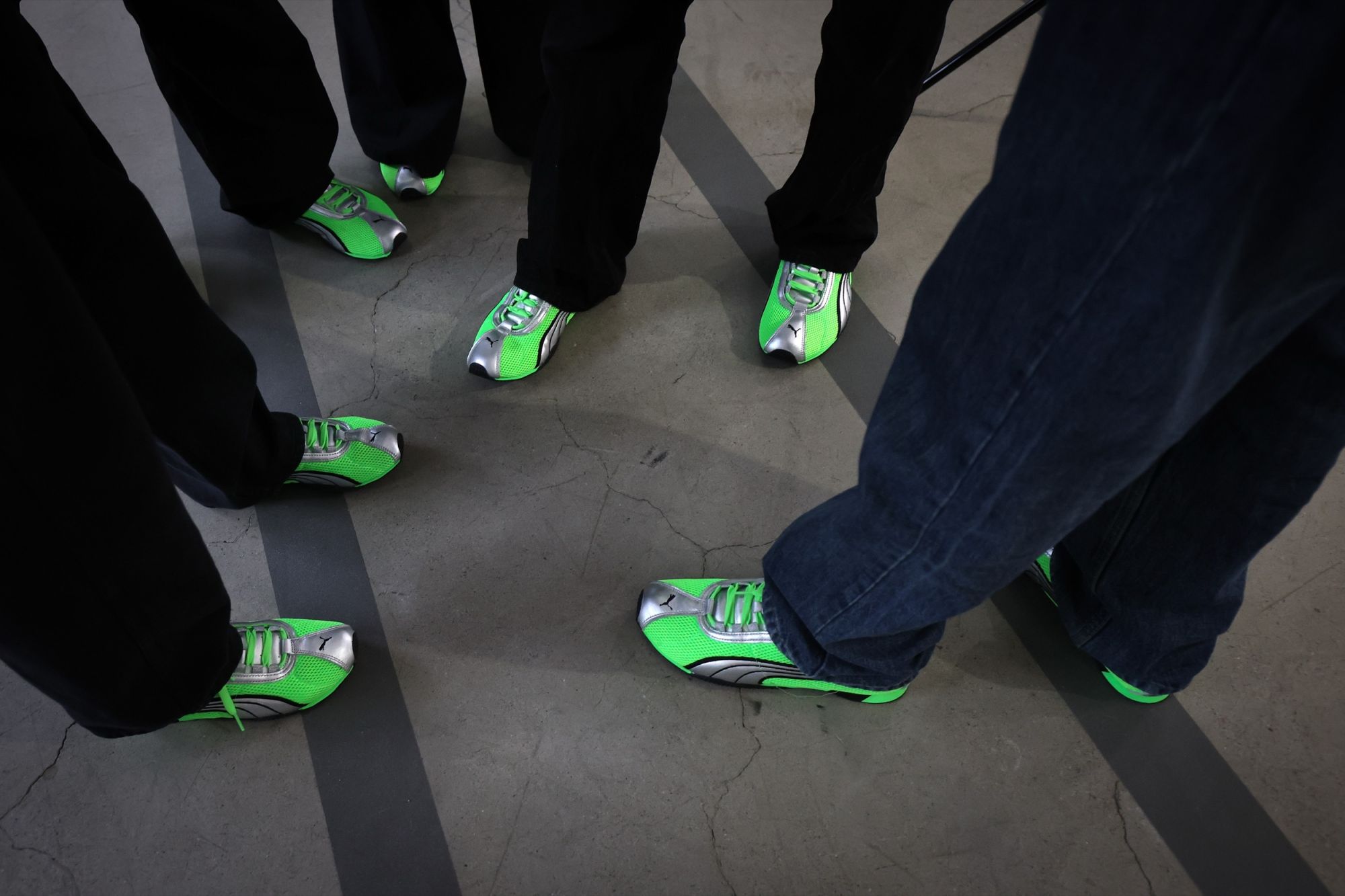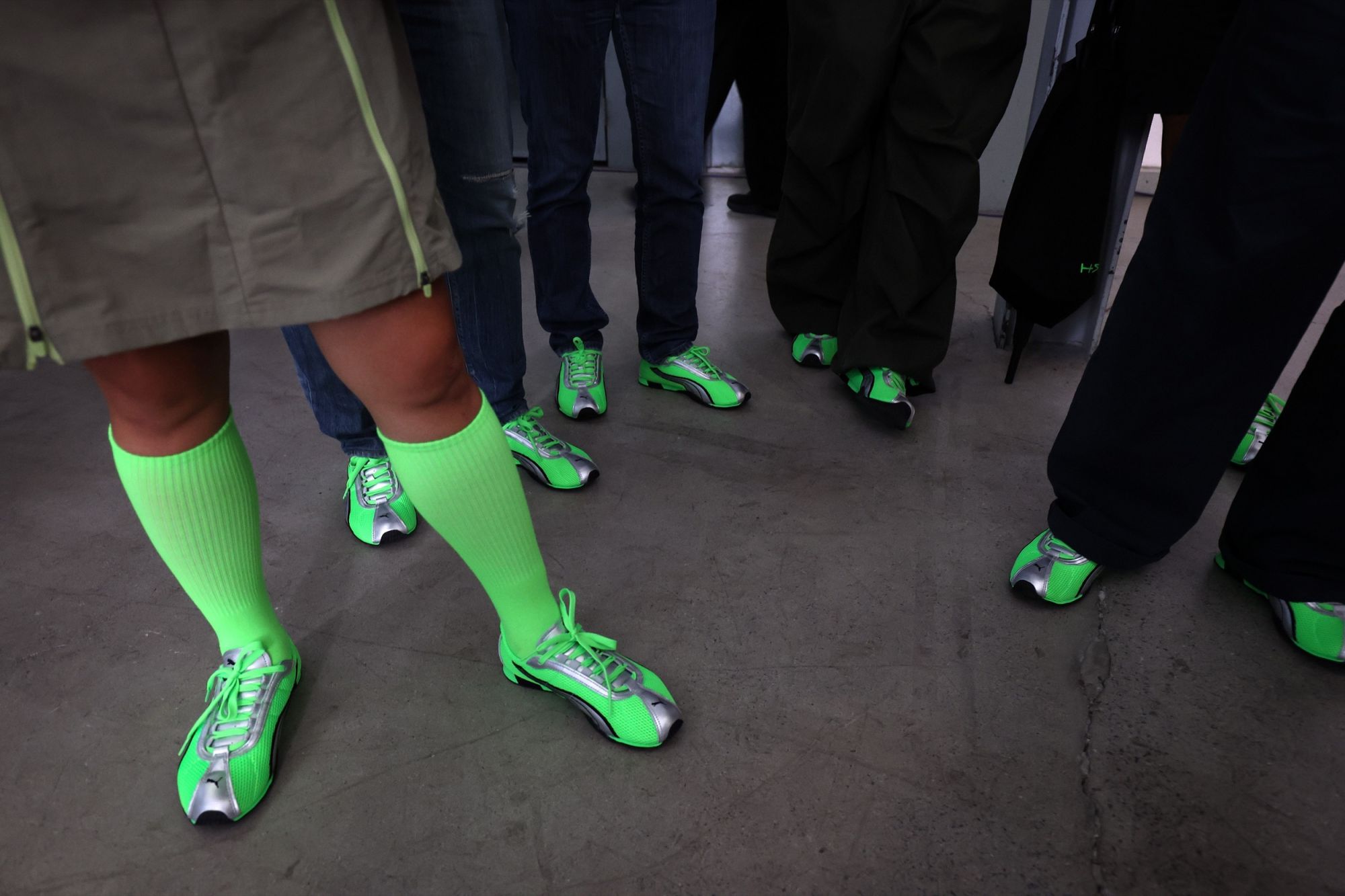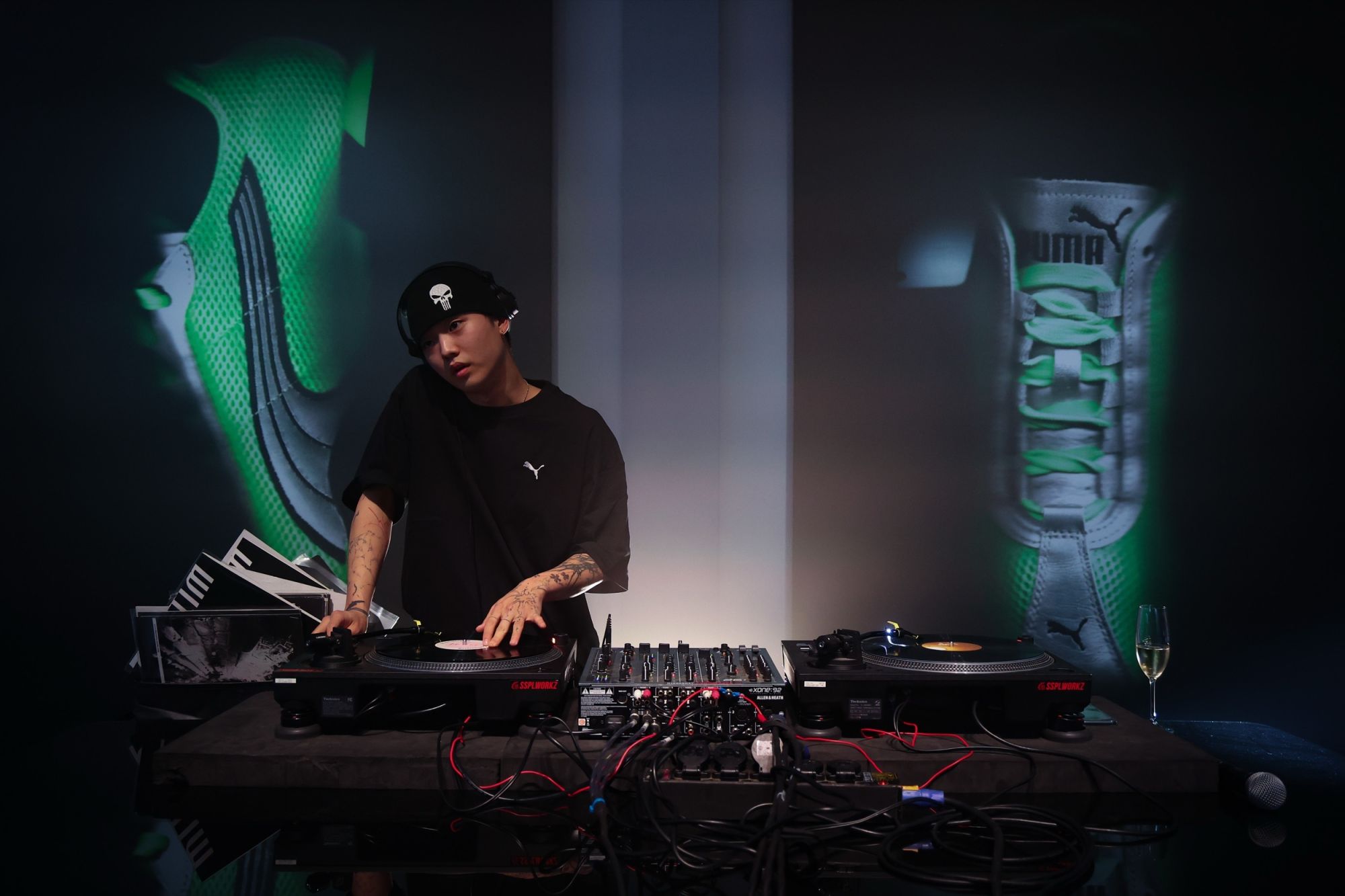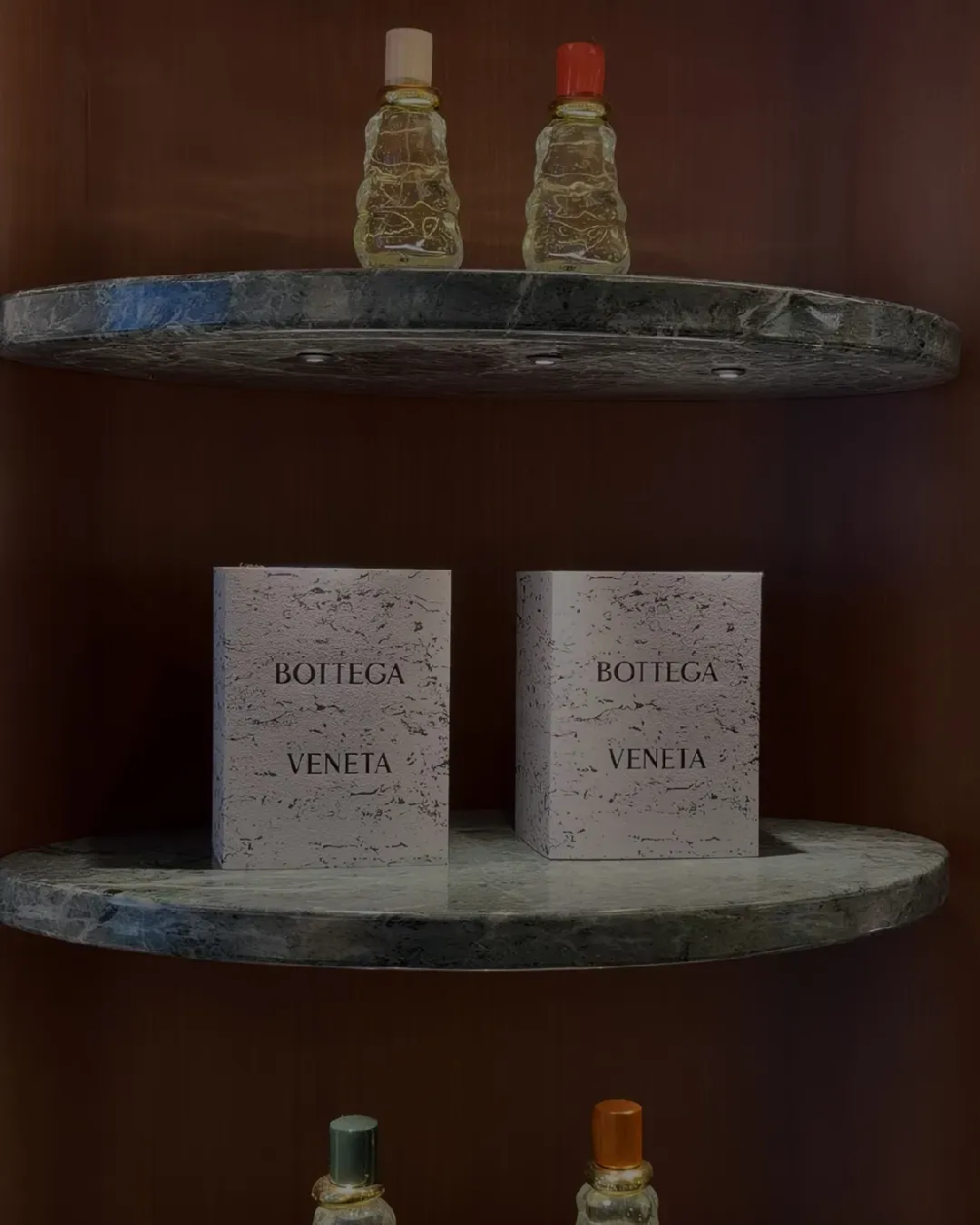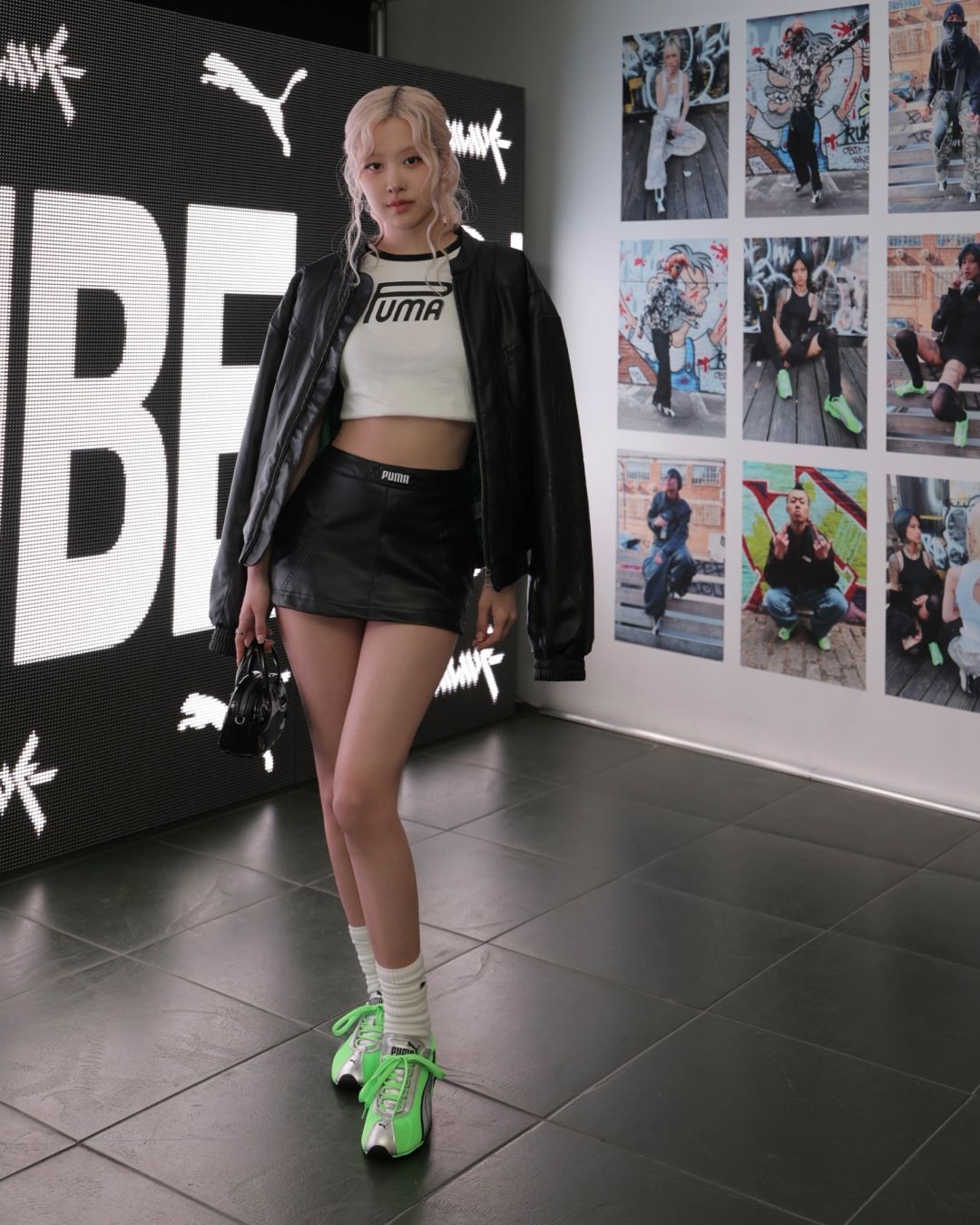
How did the launch event of the new Puma H-Steet in Seoul go? Between an outstanding guest appearance and the collab with Inside Tag and Cold Archive

At a time when the sneaker market is looking for authenticity, heritage, and new urban narratives, PUMA responds with a project that brings all of this together in one single initiative. From May 16 to 18, the brand chose Seoul to officially launch the new H-Street, a low-profile silhouette inspired by Y2K running, during an immersive event that is part of the Future Archives initiative. The chosen location, Layer 41, was transformed into a futuristic gallery where track-and-field elements coexist with art installations, customizable photo booths, and musical showcases curated by Ring Seoul, one of the most influential figures in South Korea’s nightlife scene. Among the guests at the opening night were BLACKPINK’s Rosé – the brand's ambassador – and local artists Yeji, Yuri Jo, Juyeon, Jungwon Cha, and Junyoung Lee, all gathered to celebrate a sneaker designed to reinterpret the past and present it in a new language.
However, the H-Street project is not just about a product or a global campaign. At its core lies a precise cultural strategy: to give visibility and creative freedom to those who are shaping new forms of urban expression from the ground up. This is confirmed by the local collaborations that defined the event’s content. Cold Archive, a creative collective working across art, fashion, and cultural archiving, explained how PUMA’s support allowed members of their community to develop original visual and installation projects. “This collaboration meant a lot to us. For once, it wasn’t just about photographing a look – PUMA gave us the space to actually create,” they shared. One such example is Moko, a well-known music producer who is also a painter and poet. For the event, he created a painted installation for the photo booth and wrote a piece of poetry dedicated to the brand. The project also revisited iconic references from ‘90s counterculture, such as the “Model Sucks” movement, popularized by Naomi Campbell as a critique of the stereotypical media portrayal of models. Cold Archive reinterpreted this message, highlighting how provocative statements can become tools for claiming space and identity. “Everyone can write ‘Cold Archive sucks,’ and for us, it’s a sign of support, not an insult,” they affirmed.
Another name involved is Inside Tag, an emerging brand that worked directly on the customization of the shoe. “It was my first product design project. PUMA gave me total freedom and it was a truly authentic collaboration. For me, it was essential to bring a piece of my community into the sneaker,” said the founder. The brand’s approach, rooted in a network of friendships and global urban inspirations, enabled the creation of a version of the H-Street that stays true to its original technical aesthetic while reinterpreting it through contemporary streetwear codes. In a context where storytelling often bends to pre-packaged marketing formulas, Future Archives offers a real alternative: a living archive that doesn’t just look back, but seeks to rewrite the future of subcultures by bringing them into hype spaces without diluting their language. As Christina Mirabelli, Global Marketing Director of PUMA Sportstyle, stated, “Seeing people customize their own H-Street, explore the space, and reinterpret it was something special. It was a community moment, not just a brand moment.”


